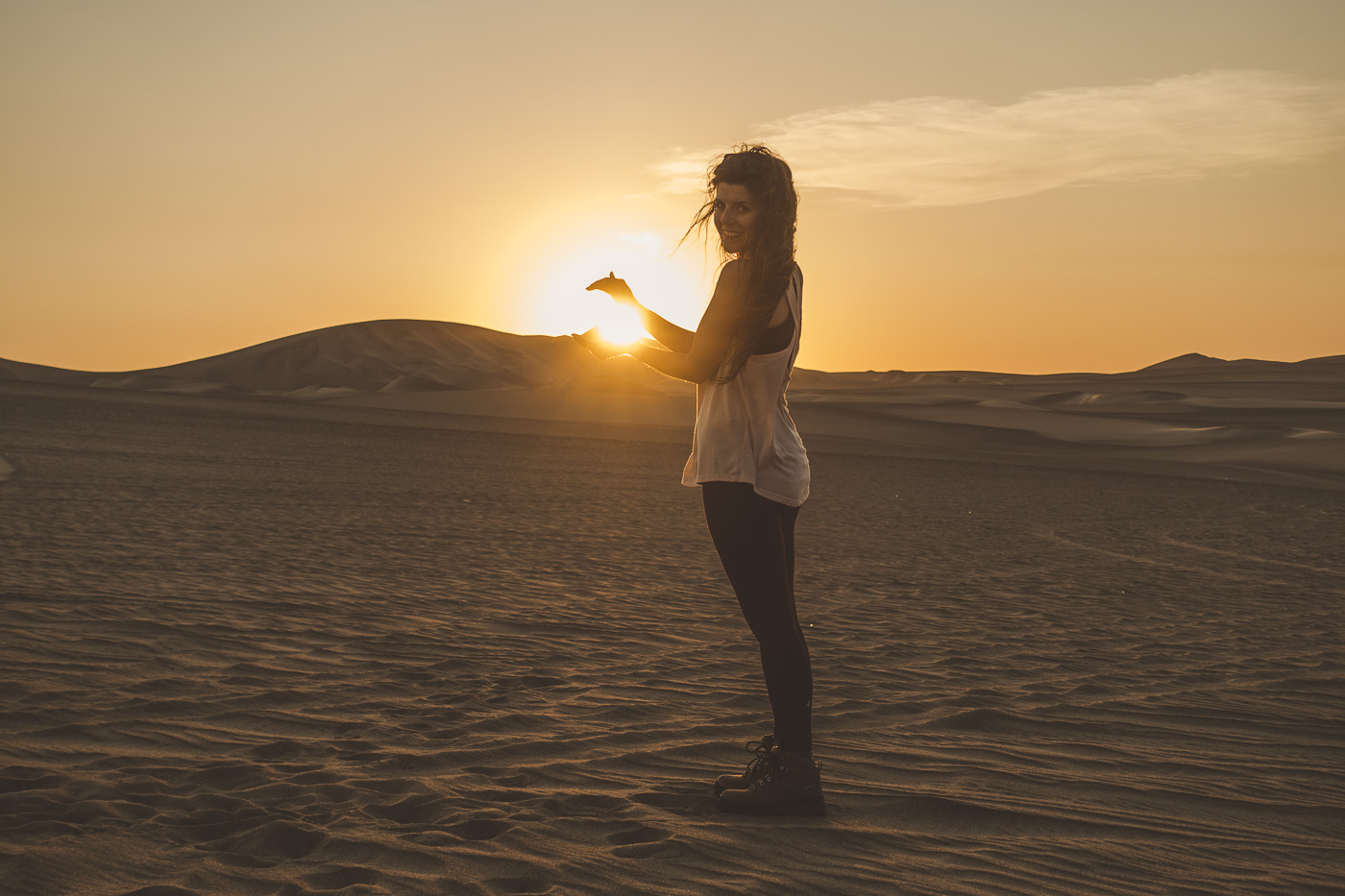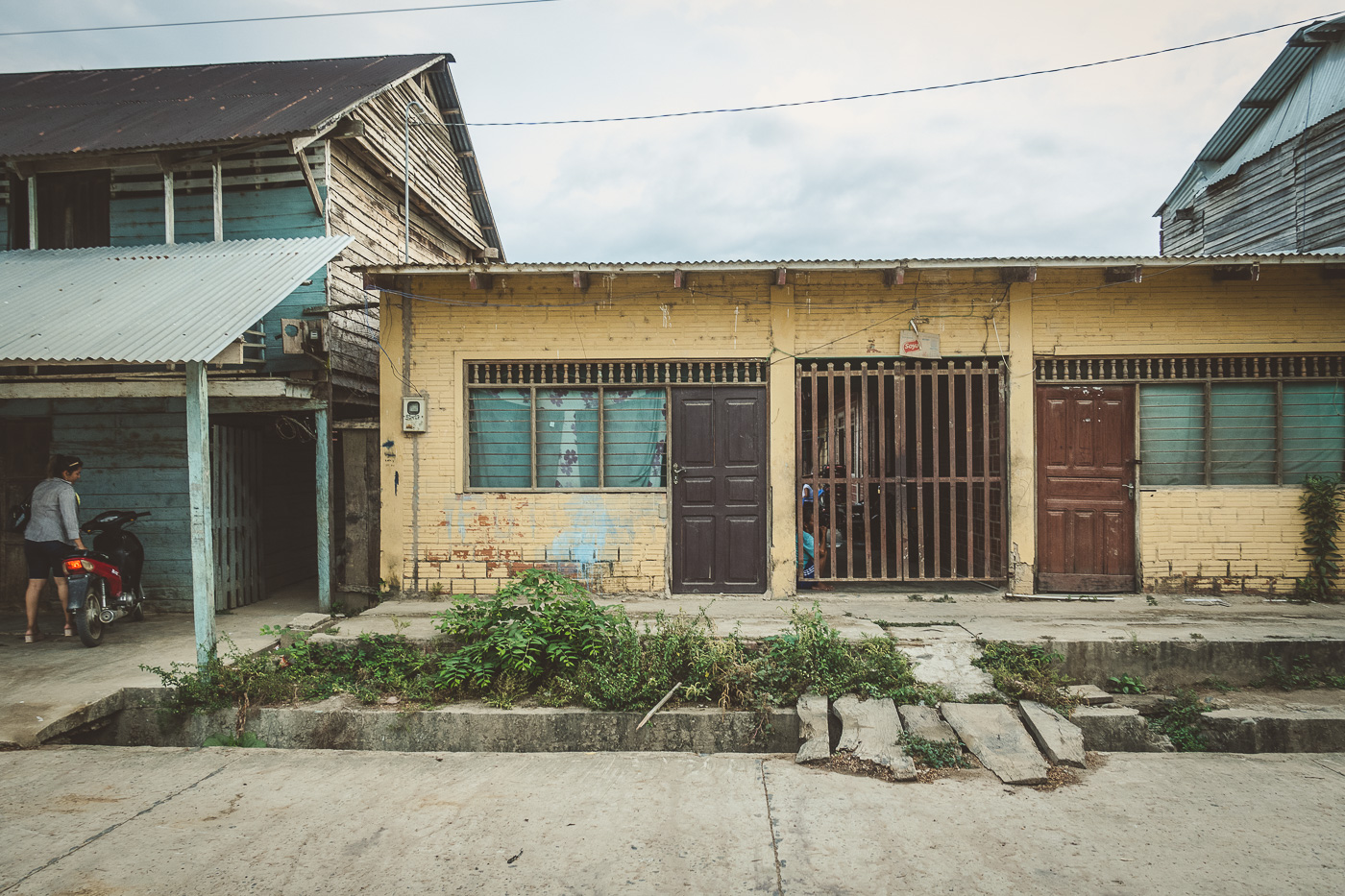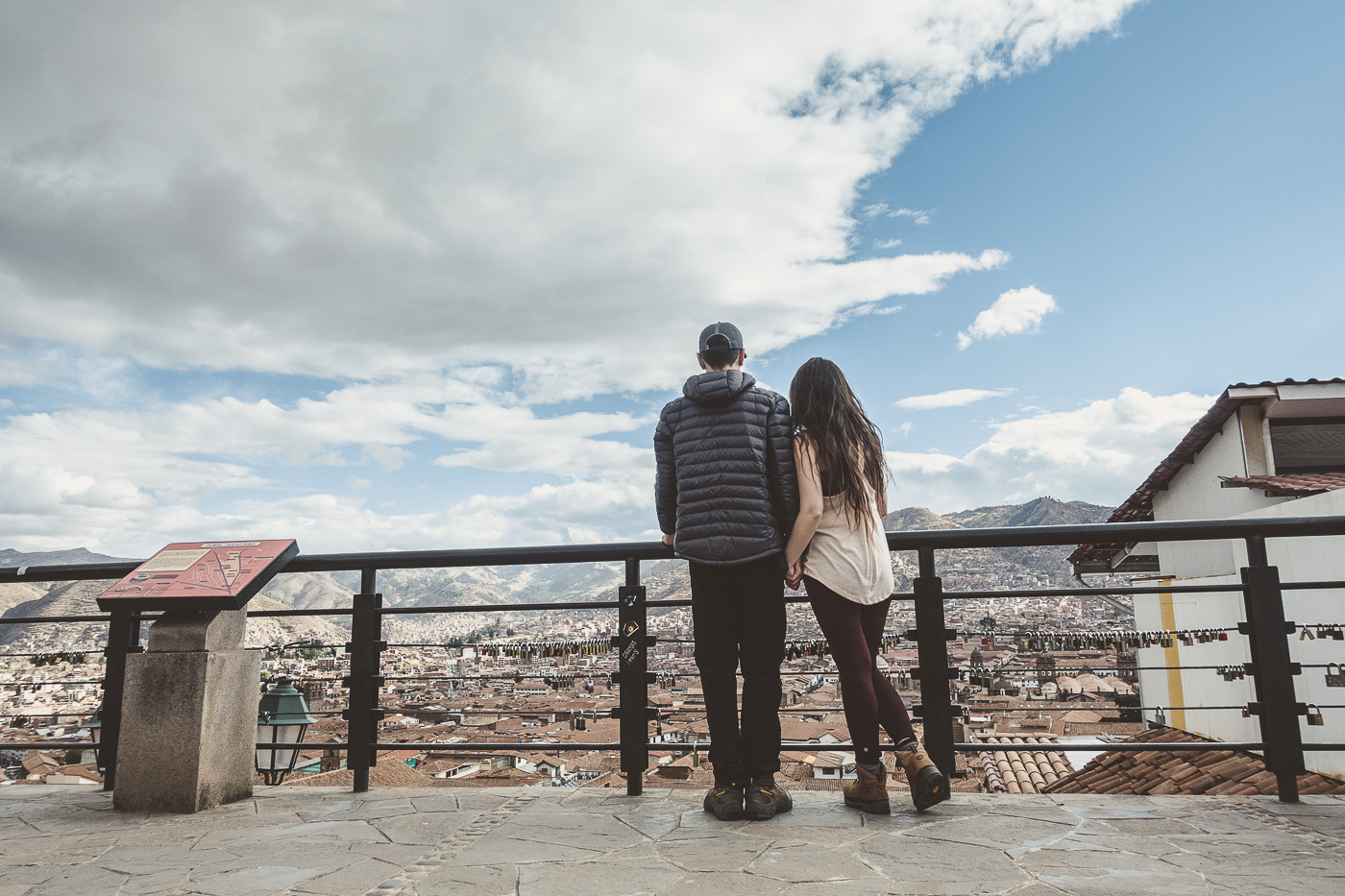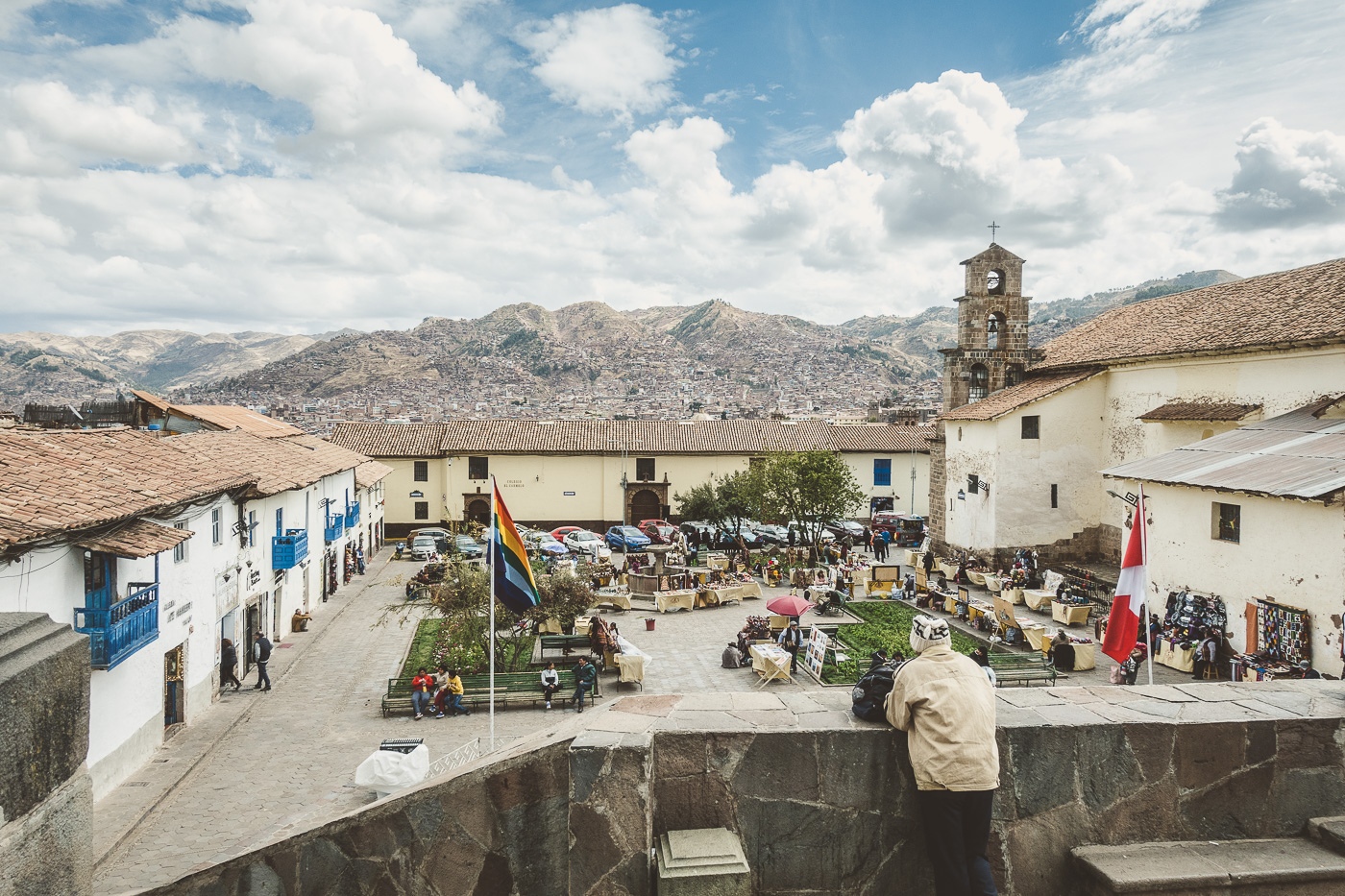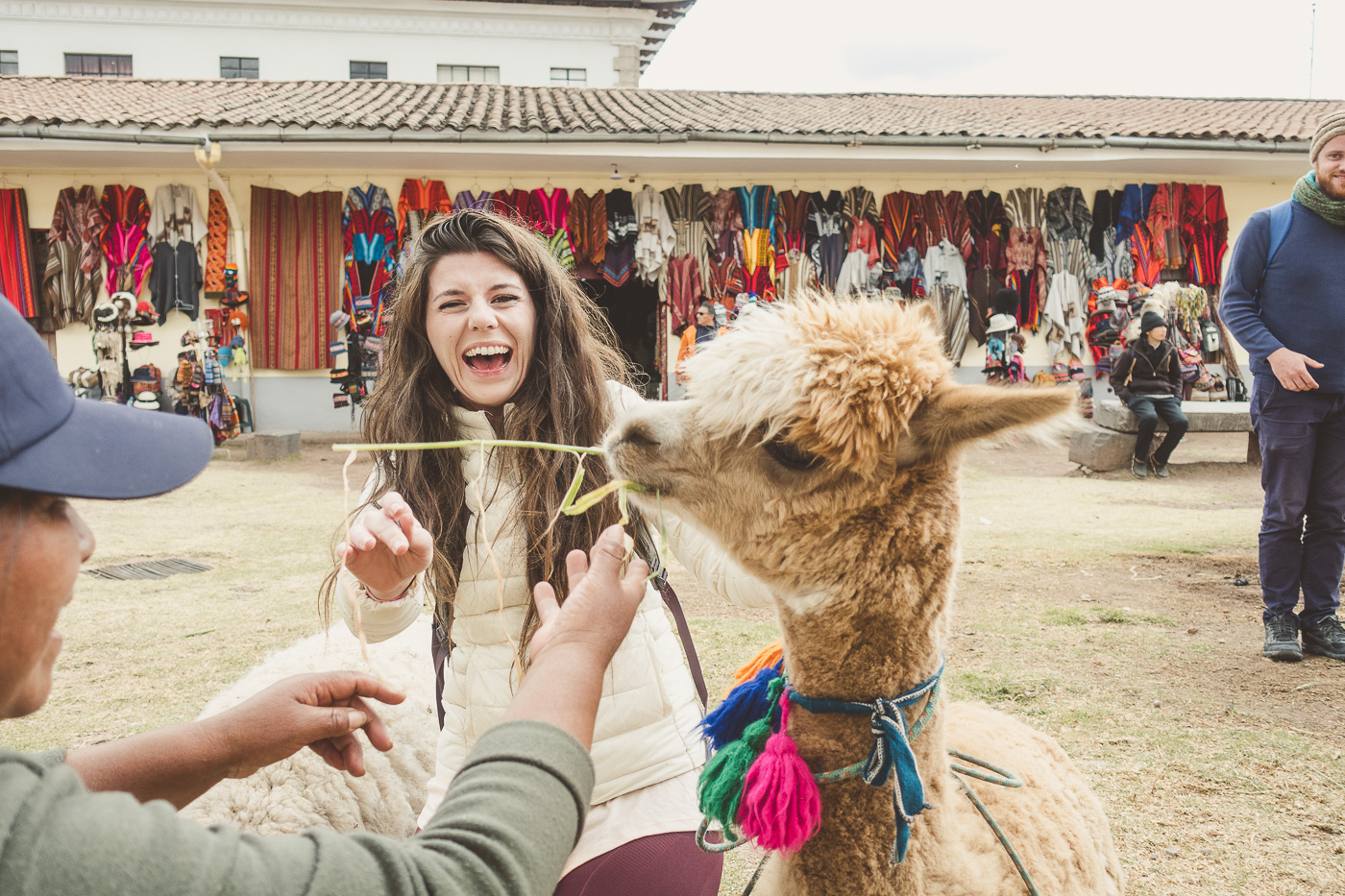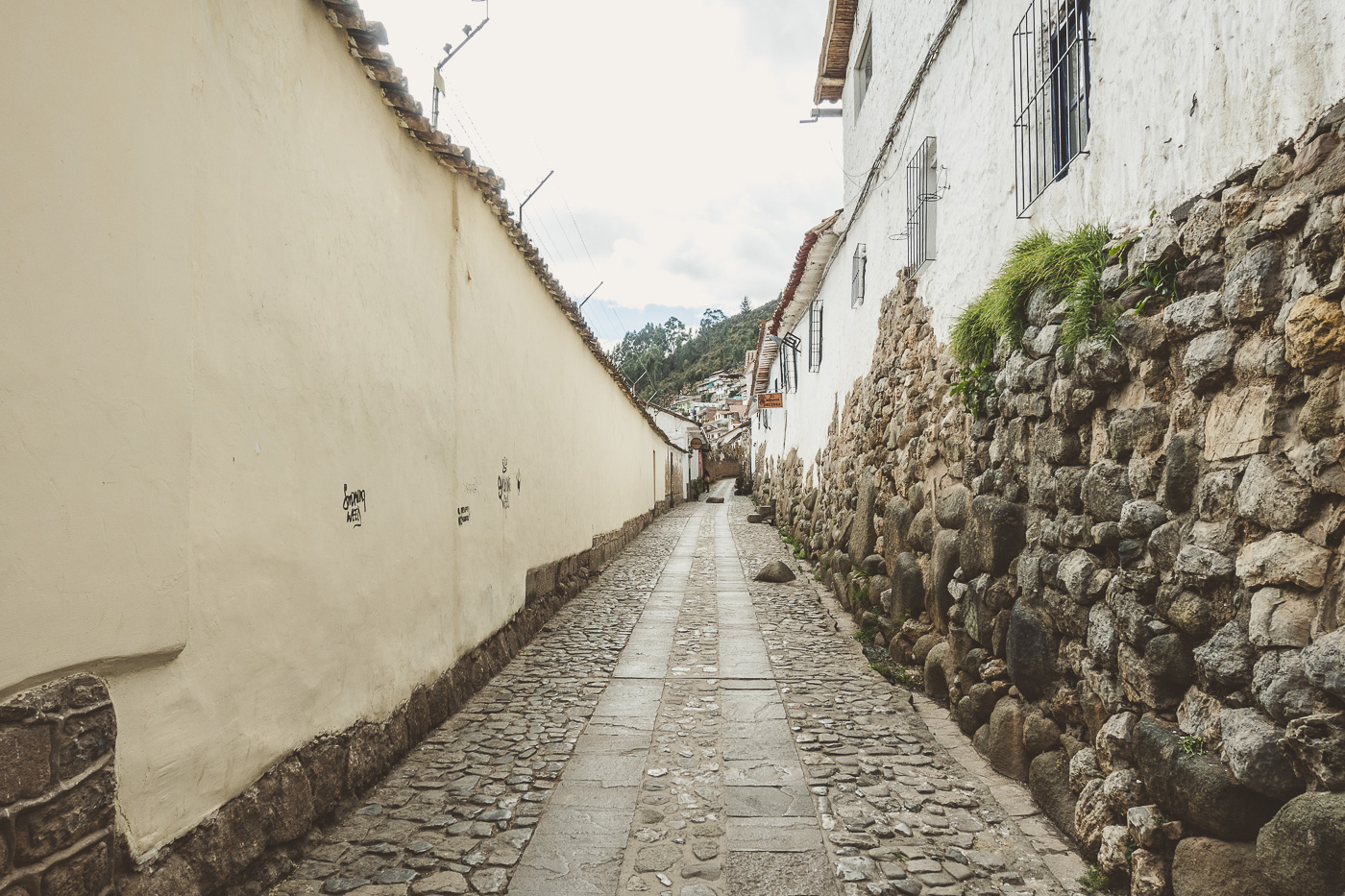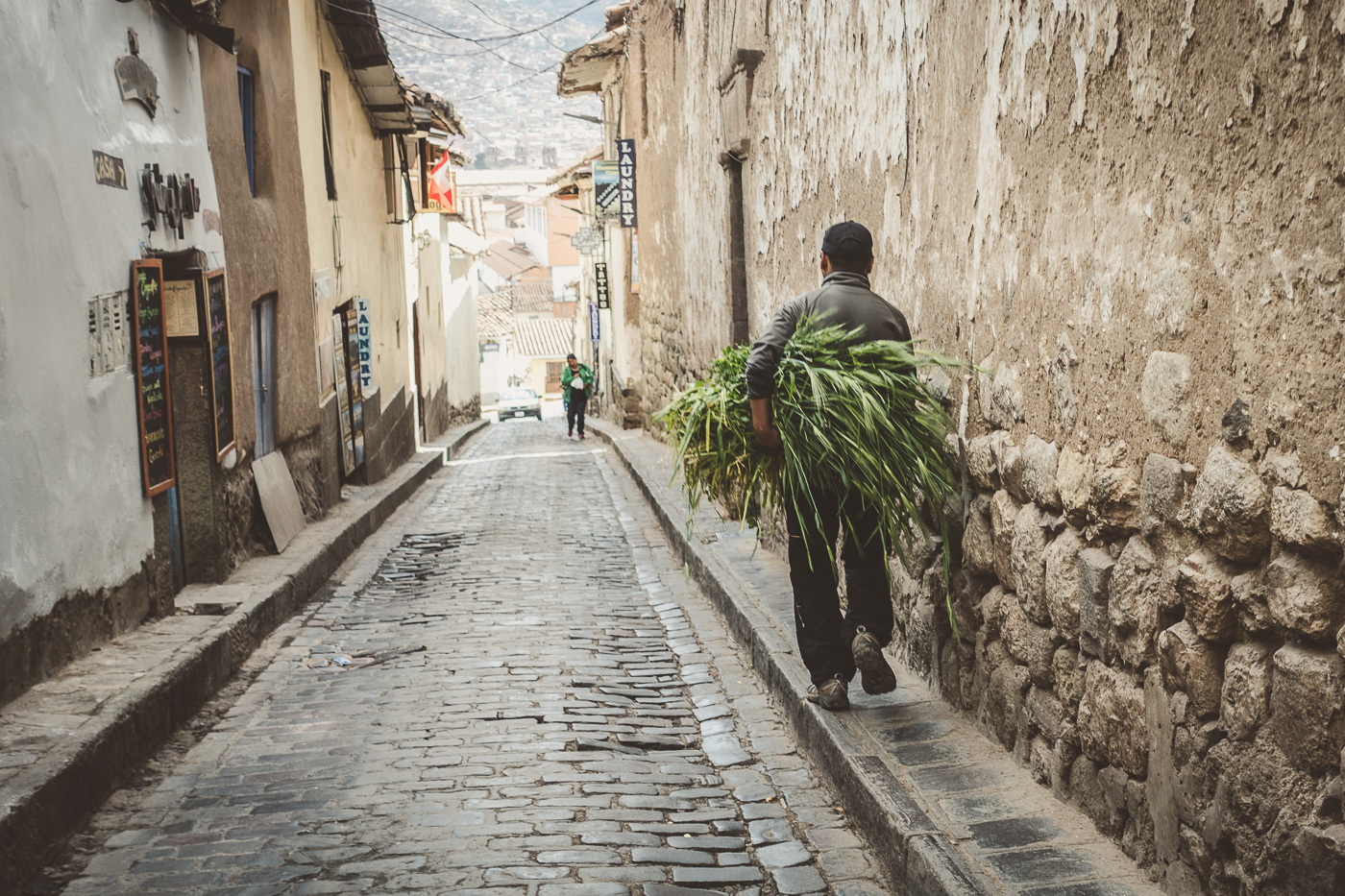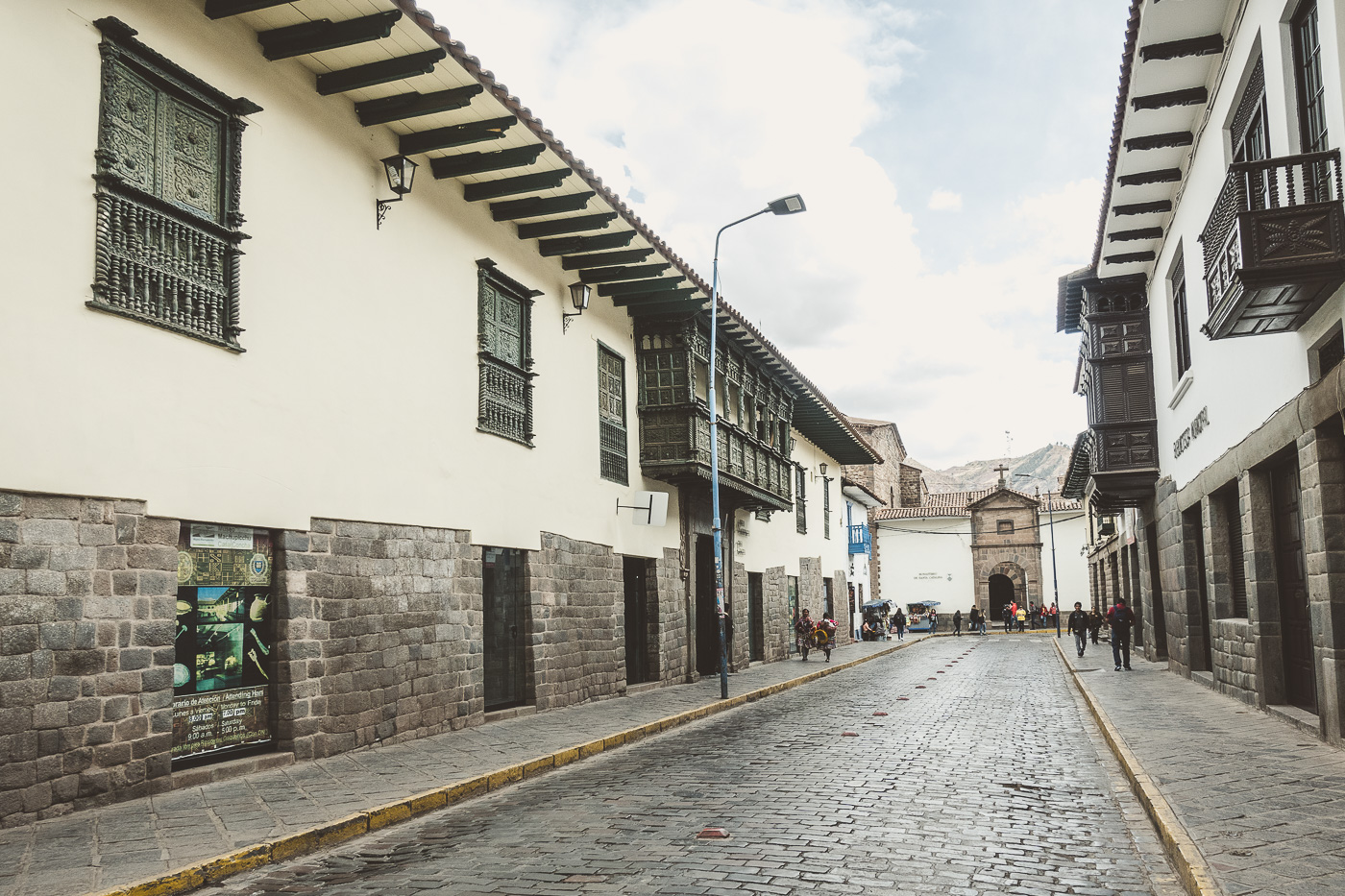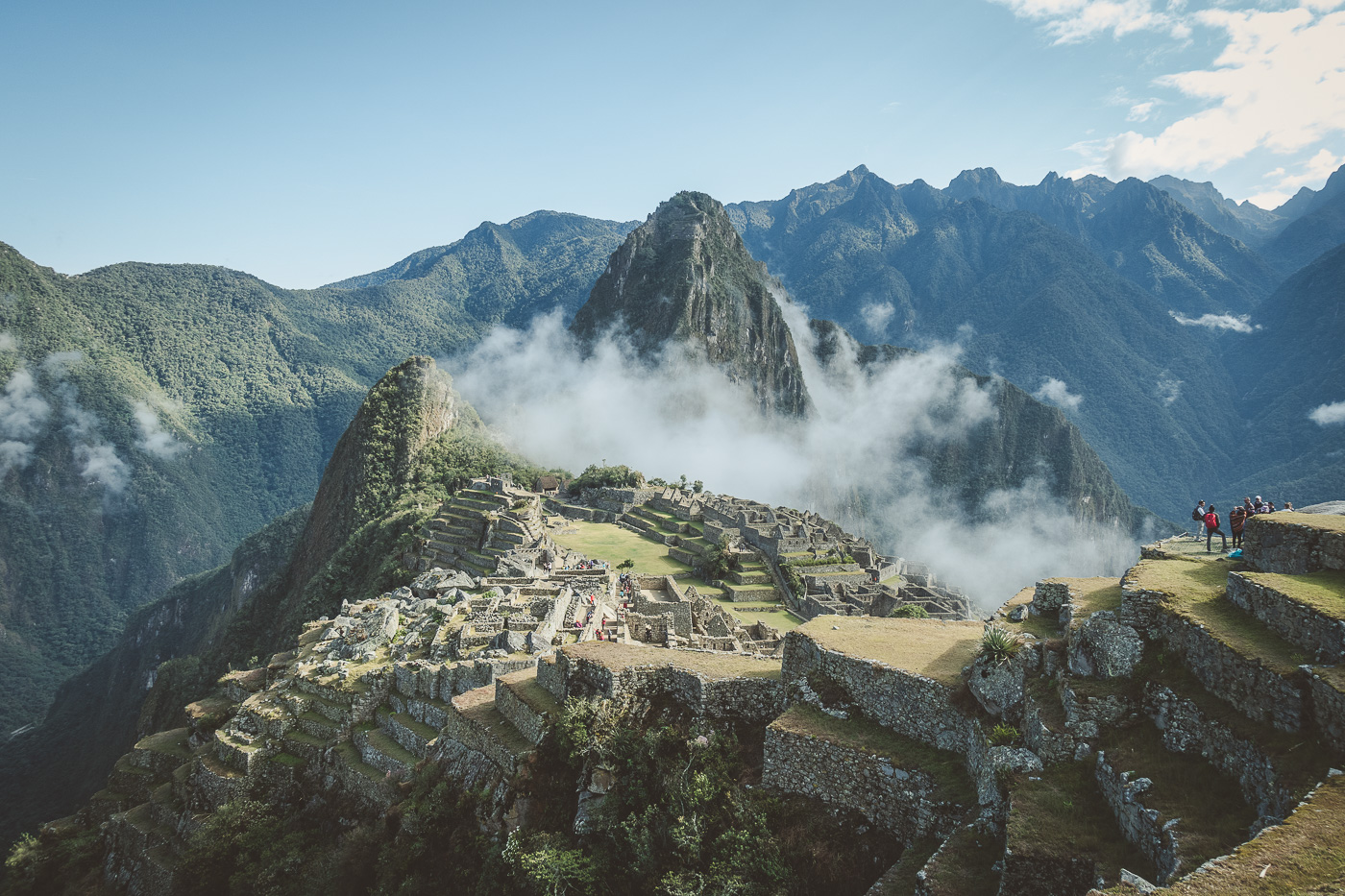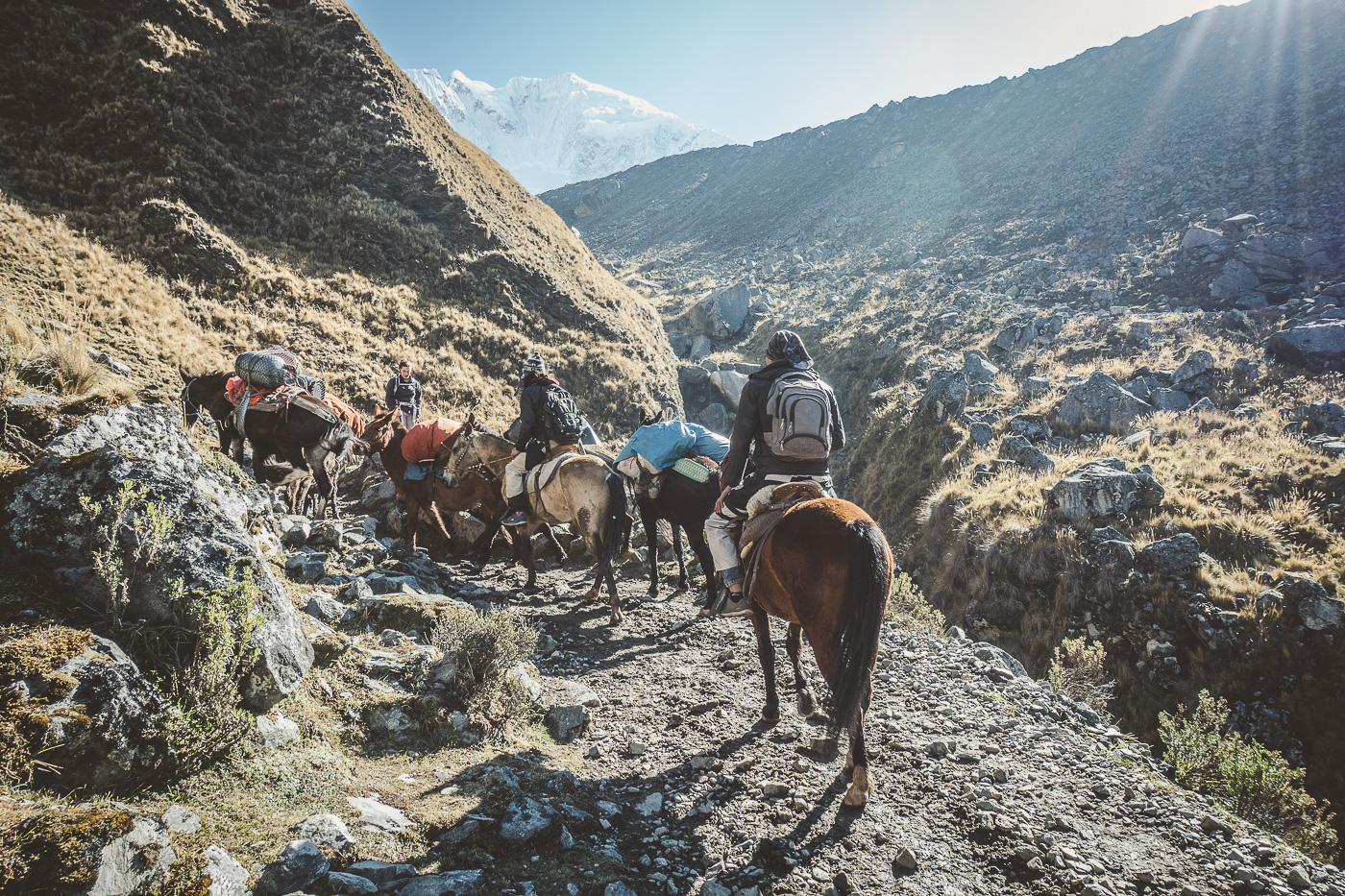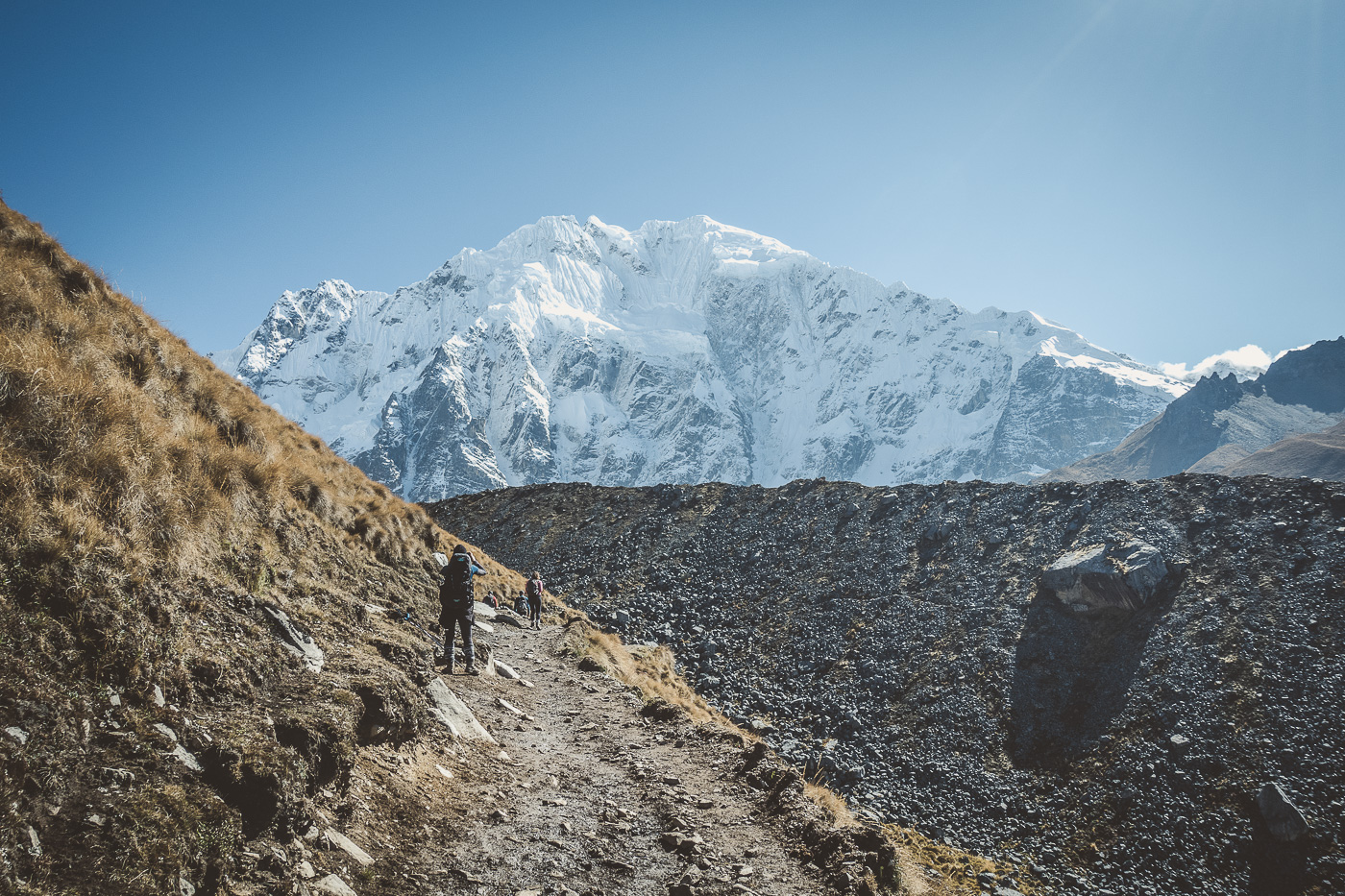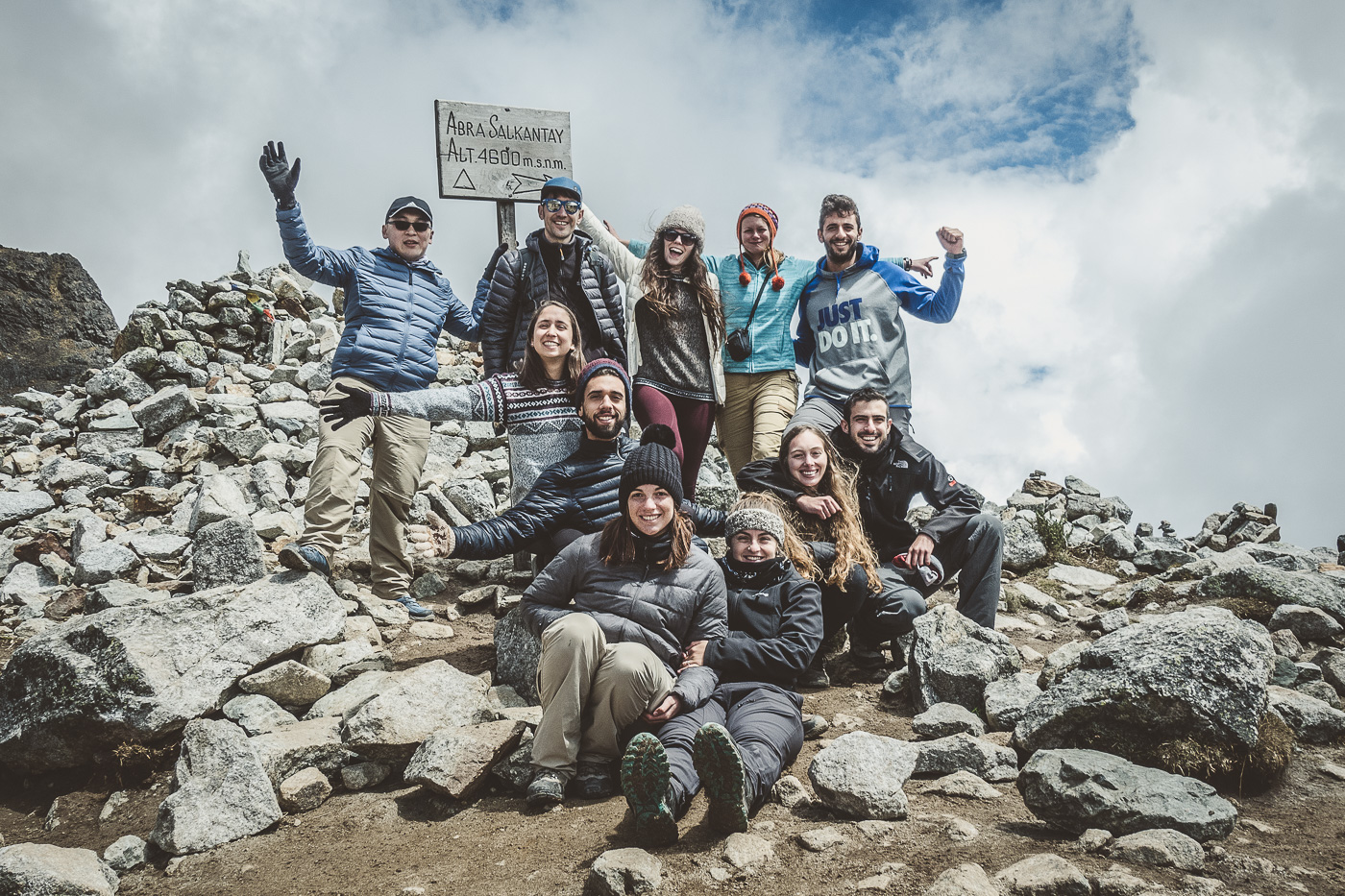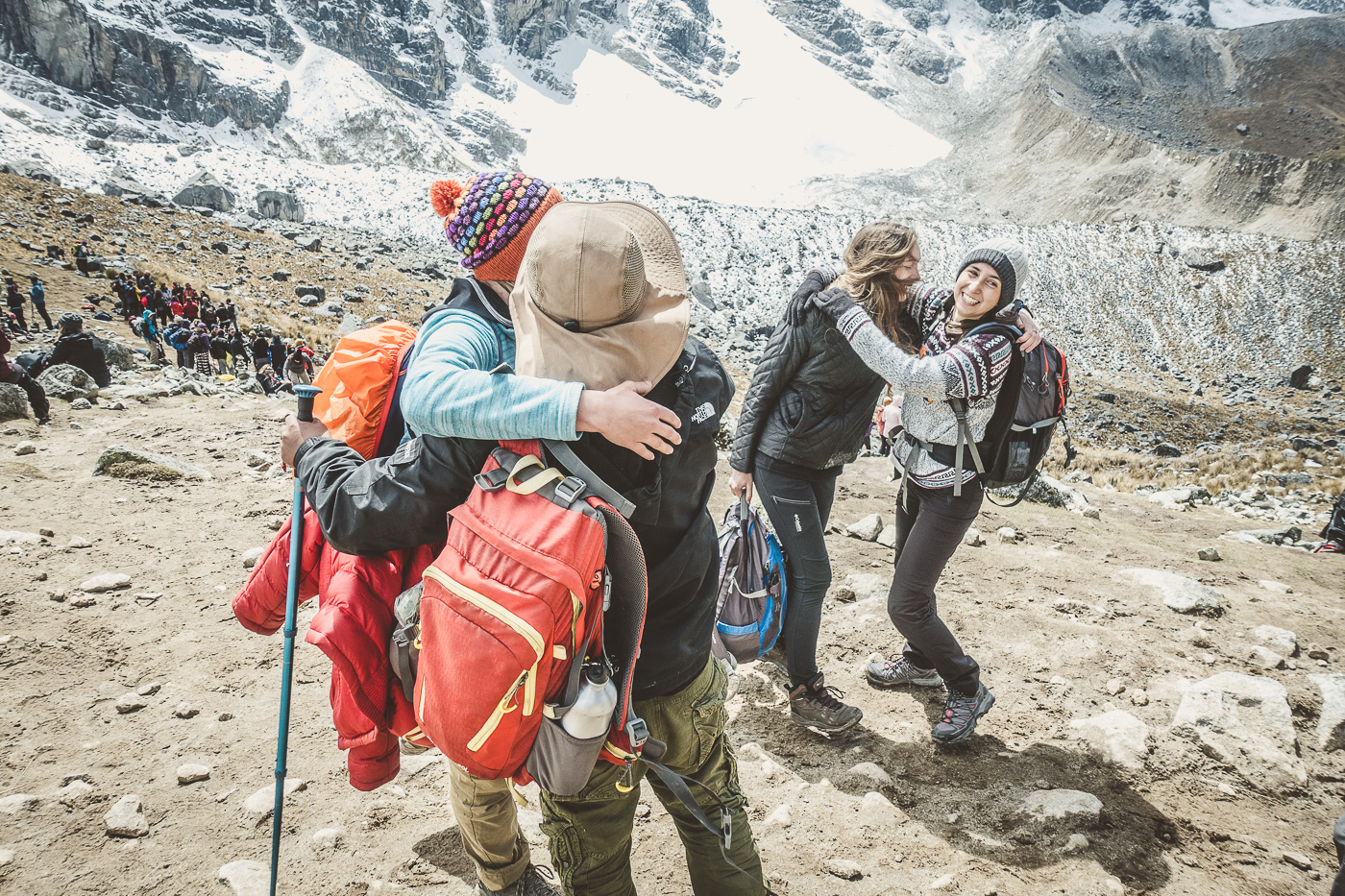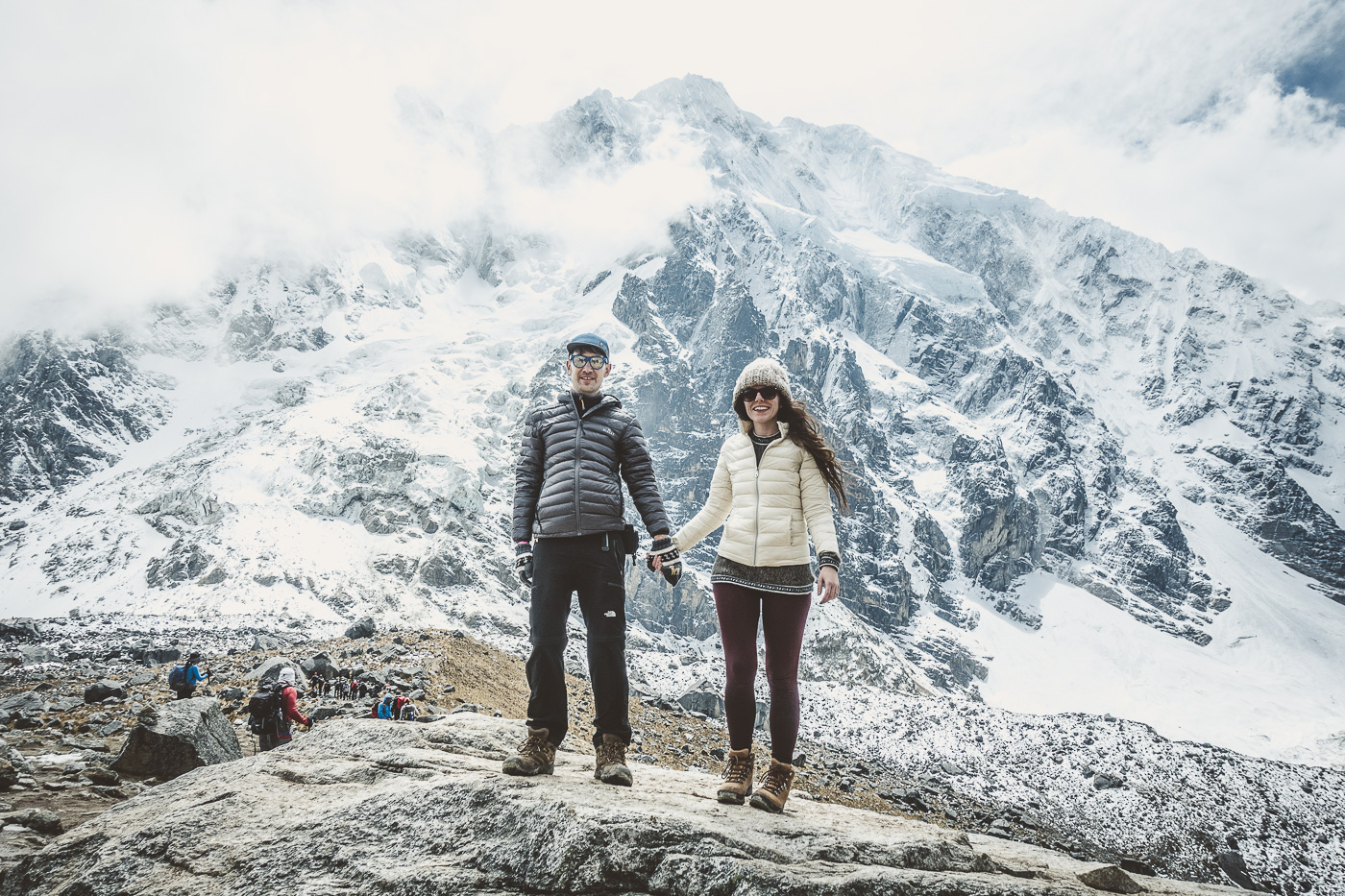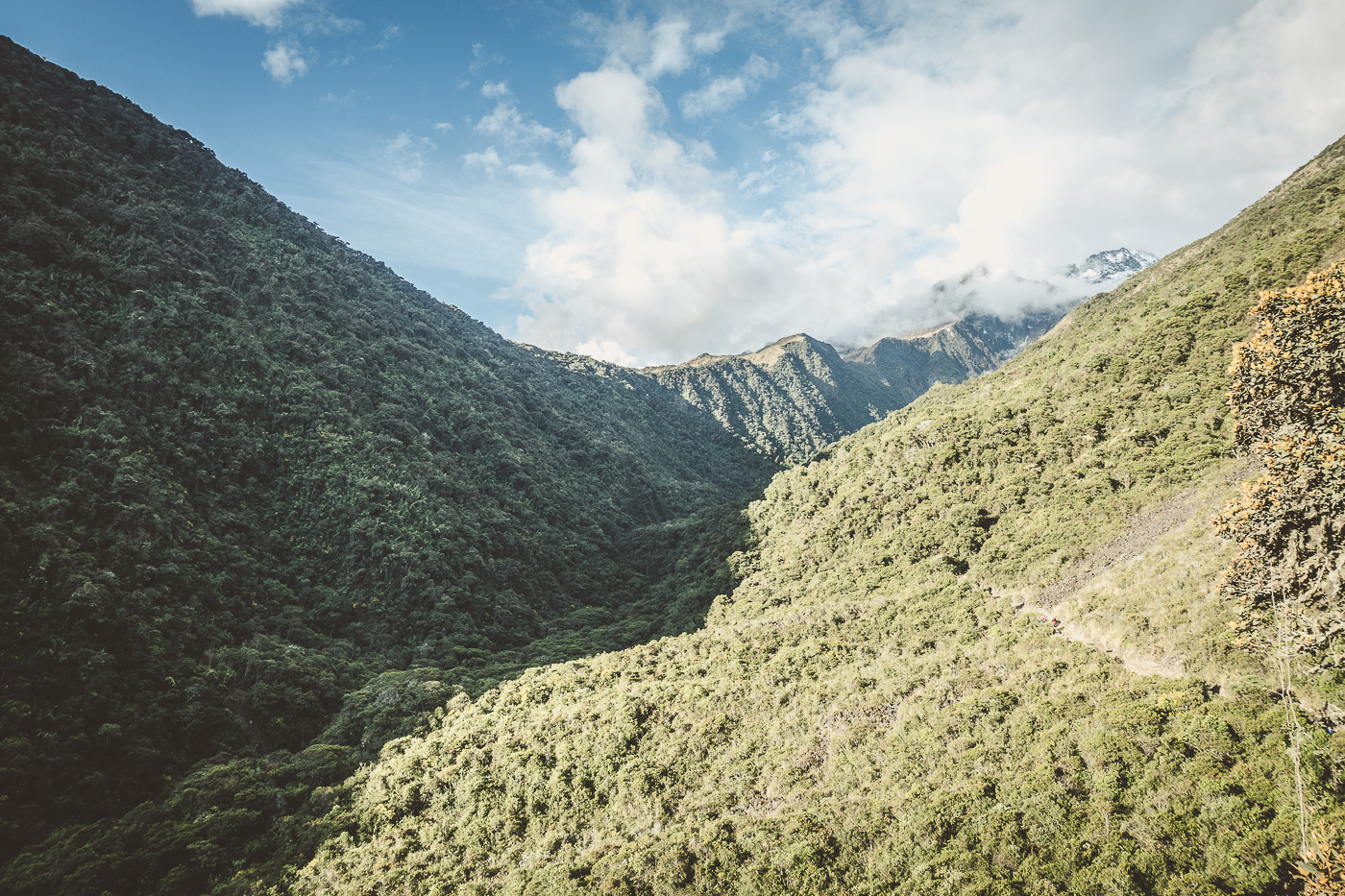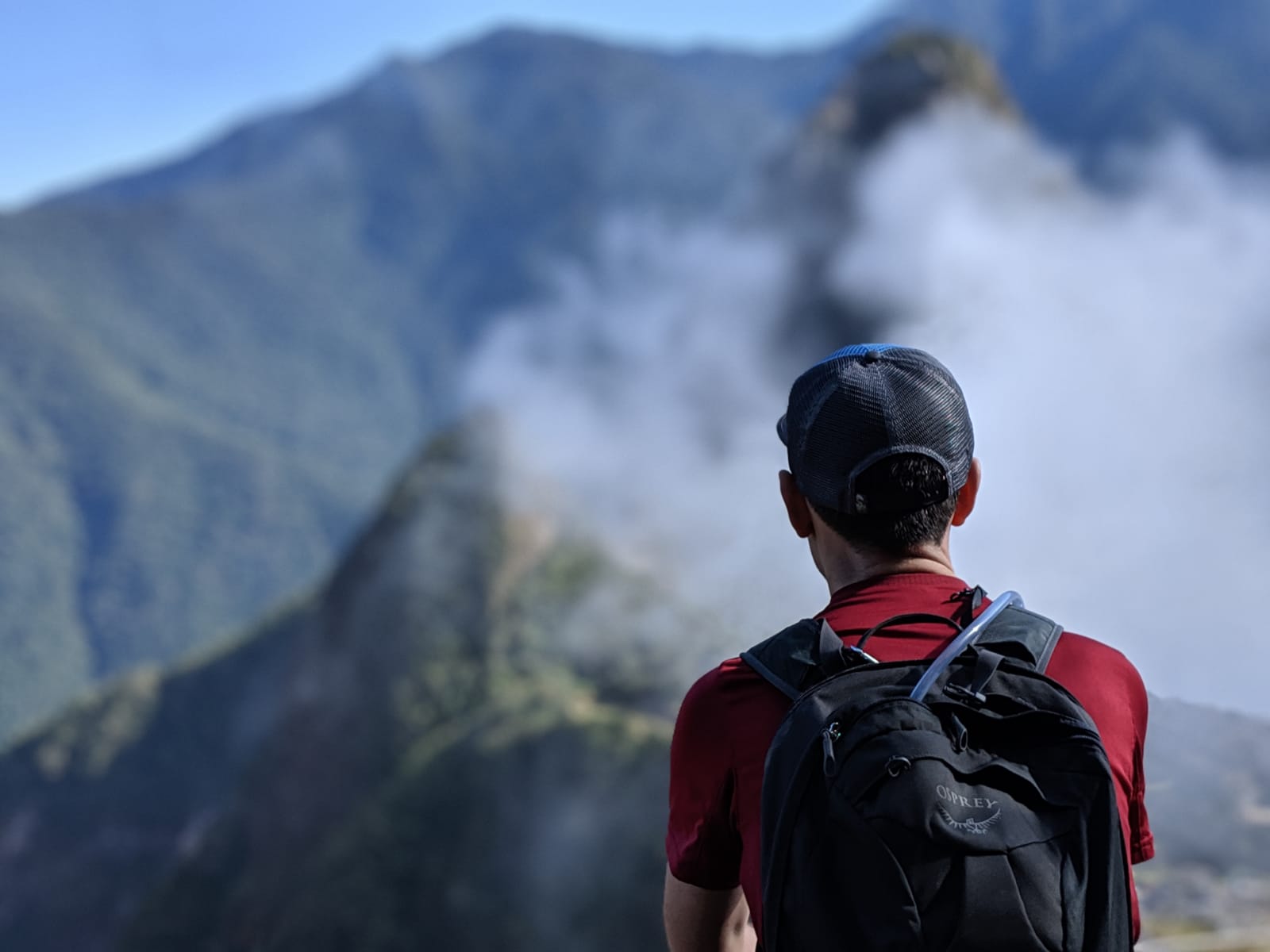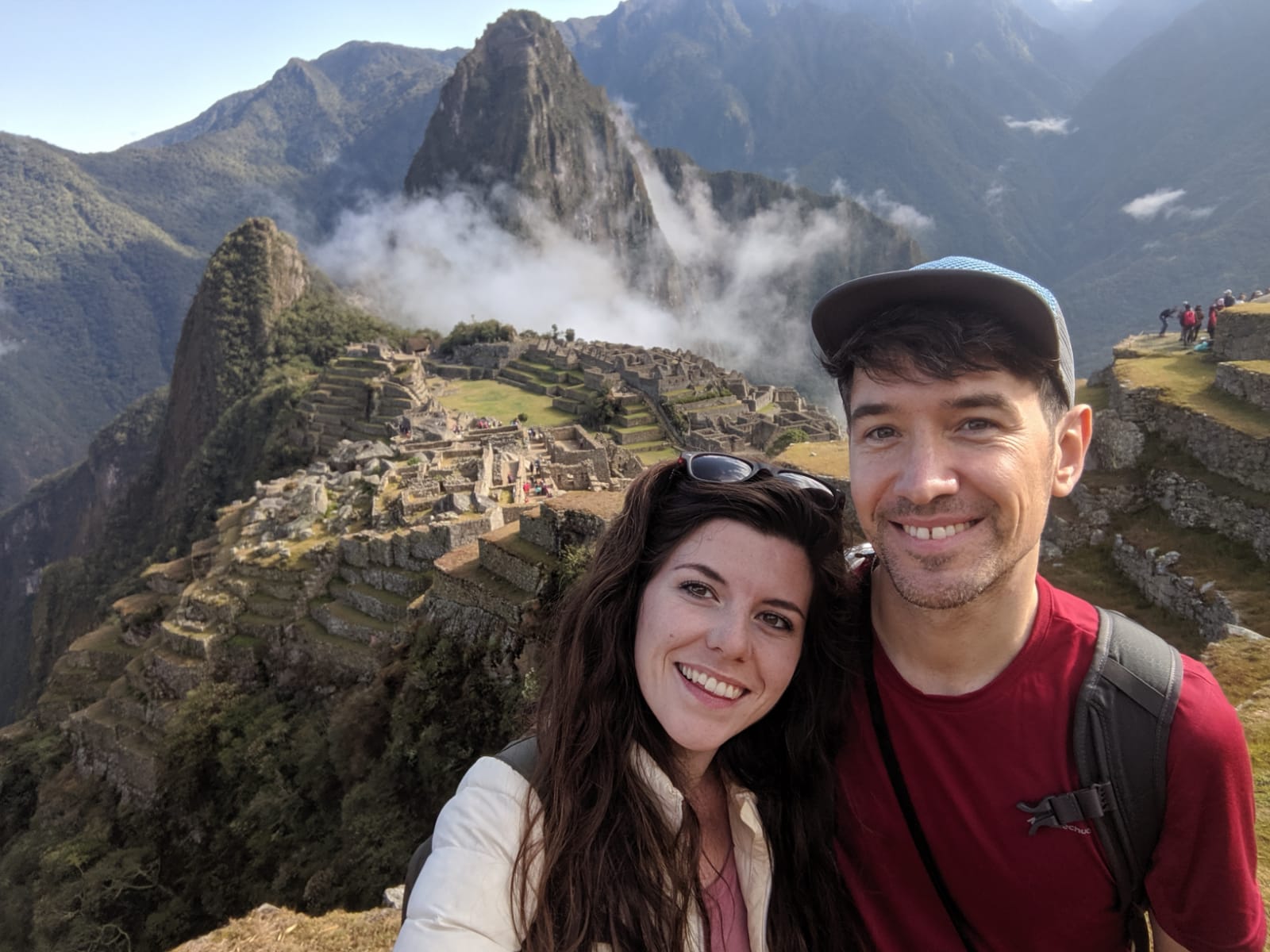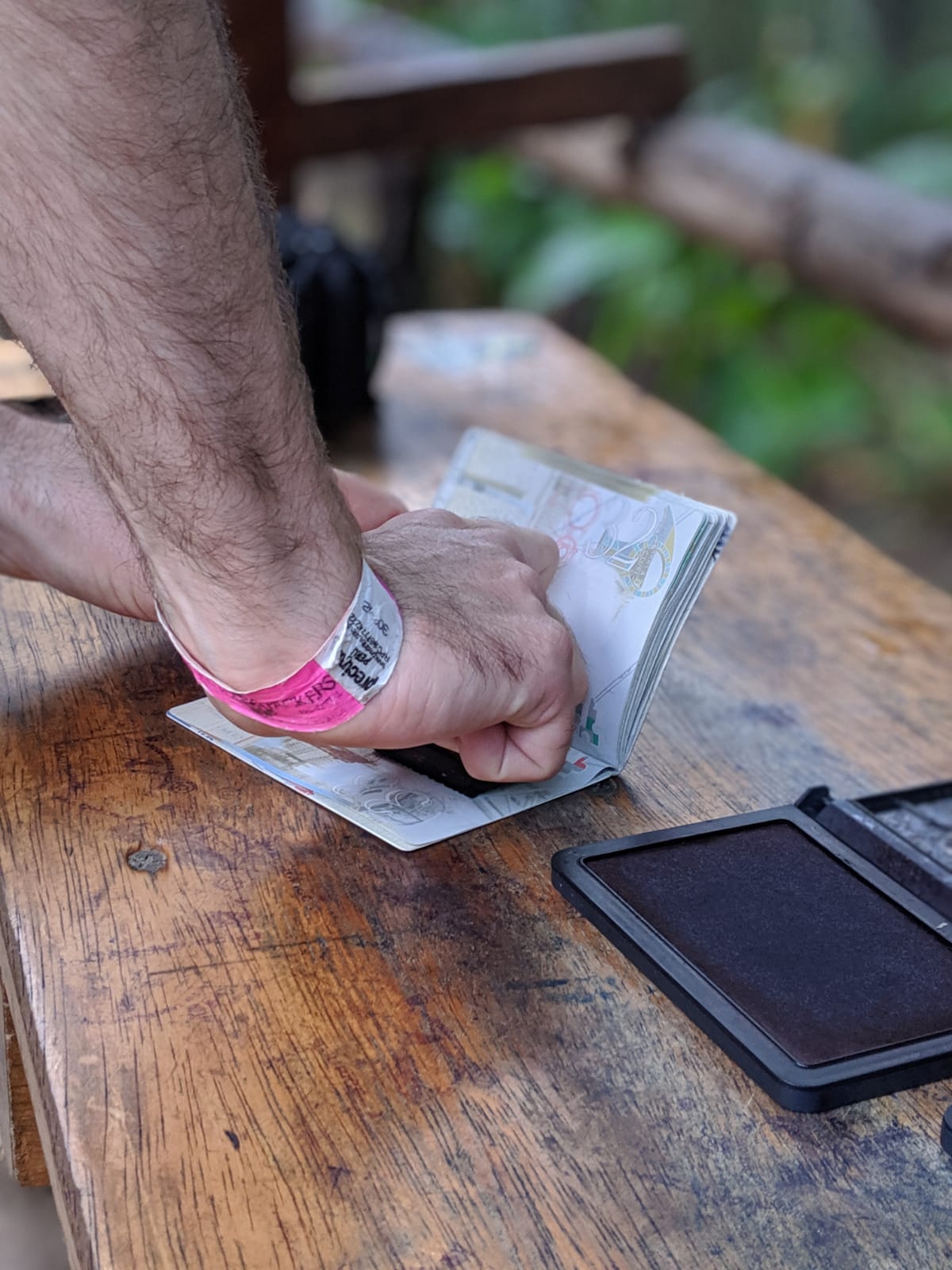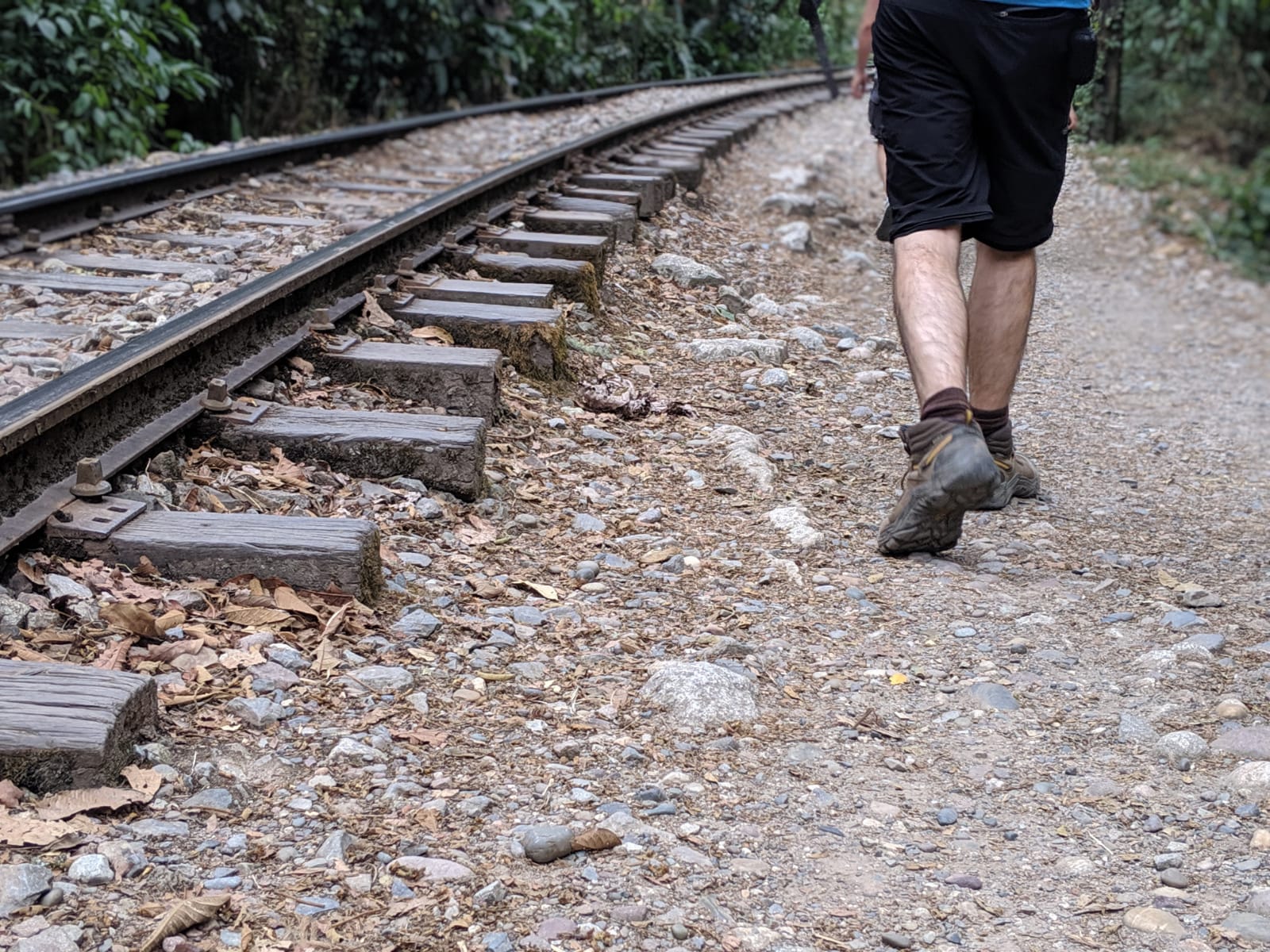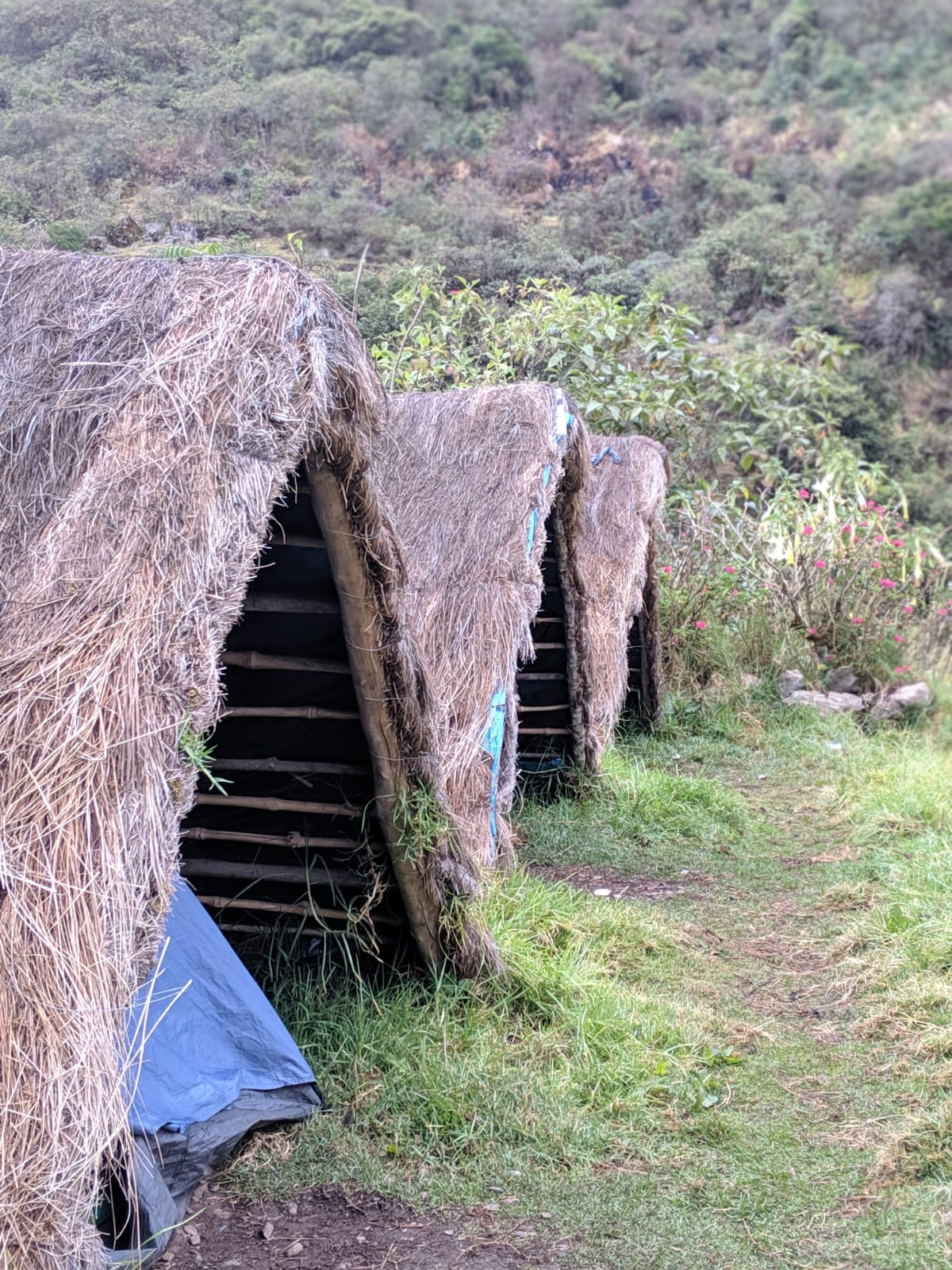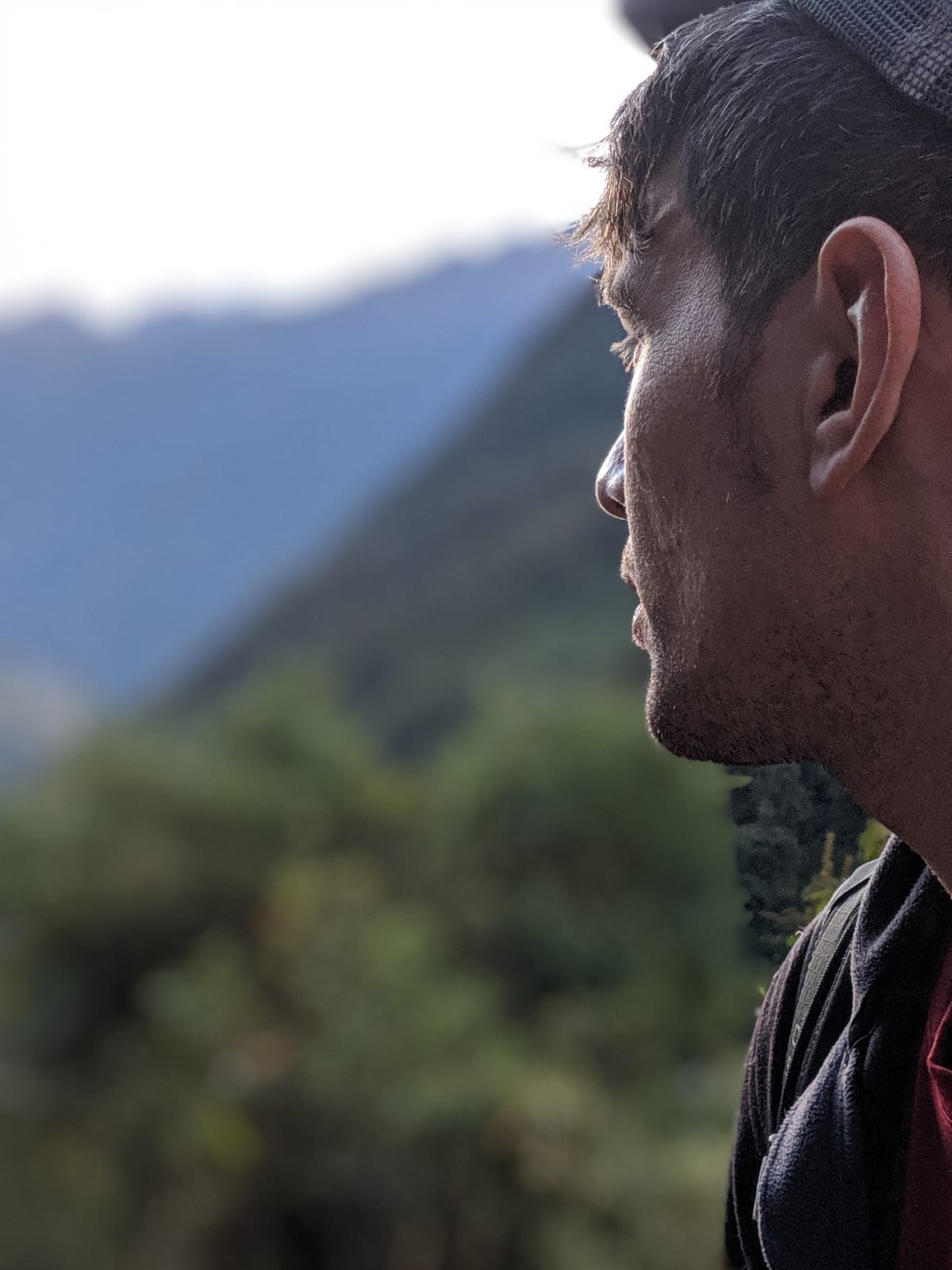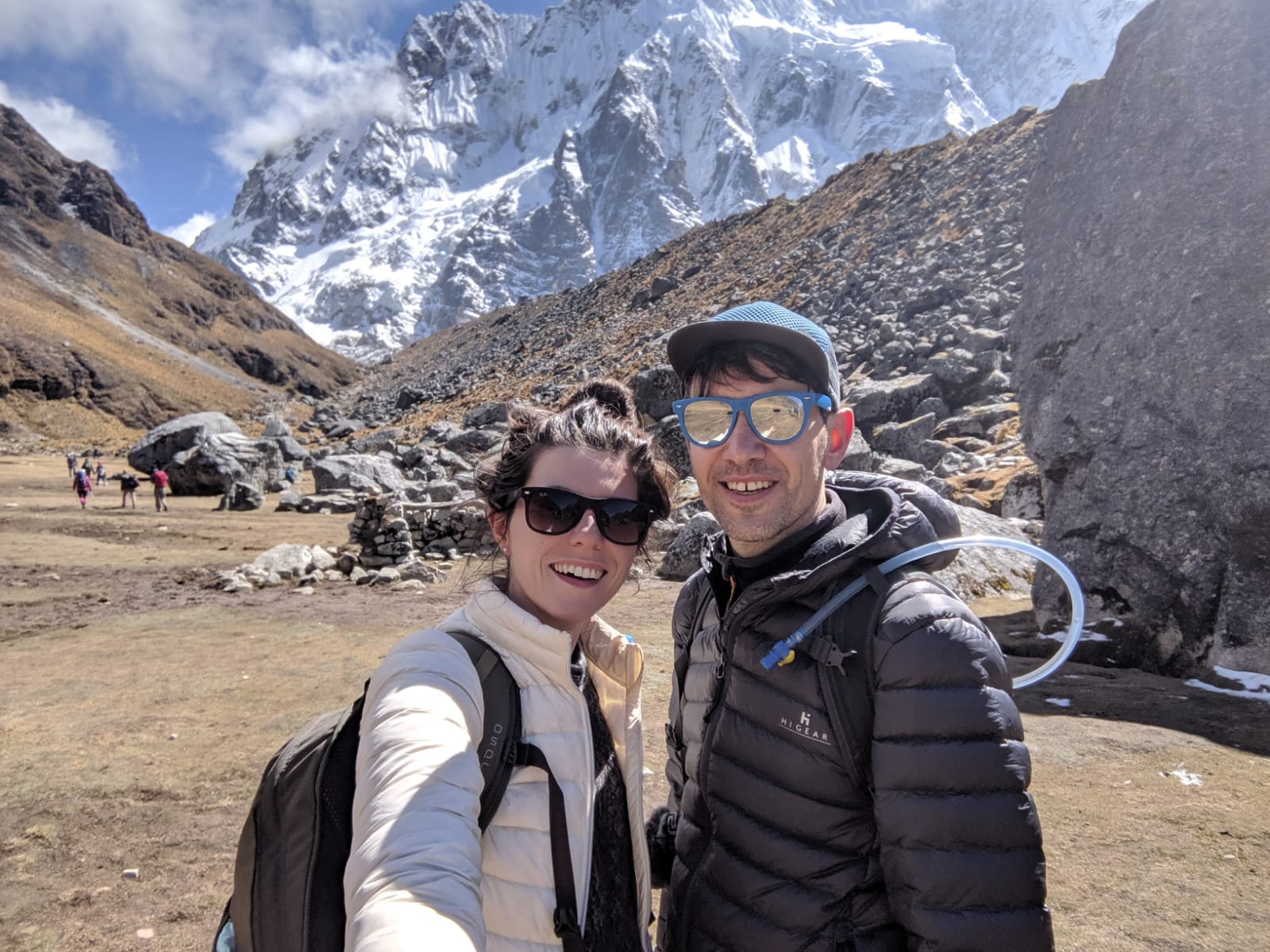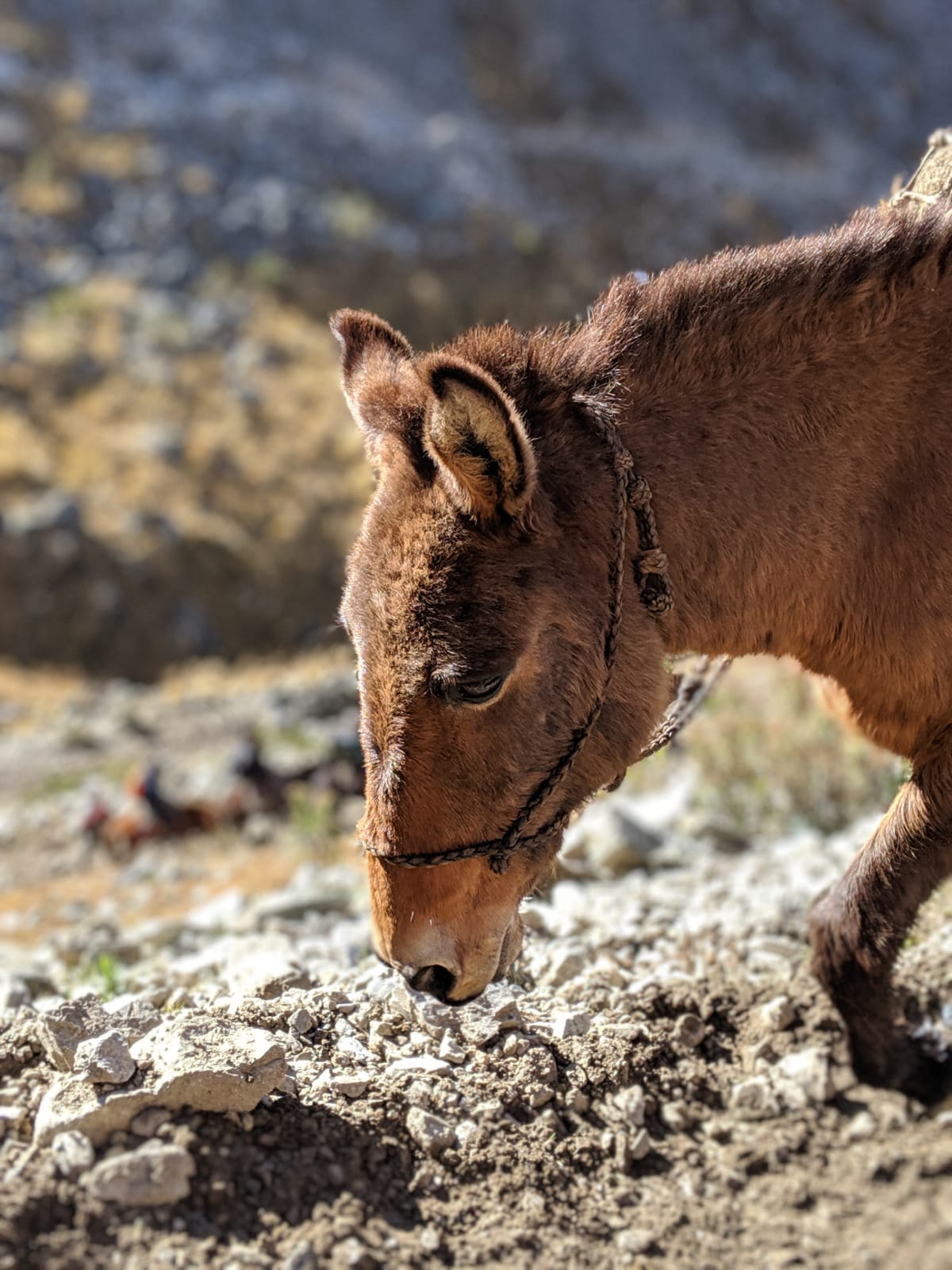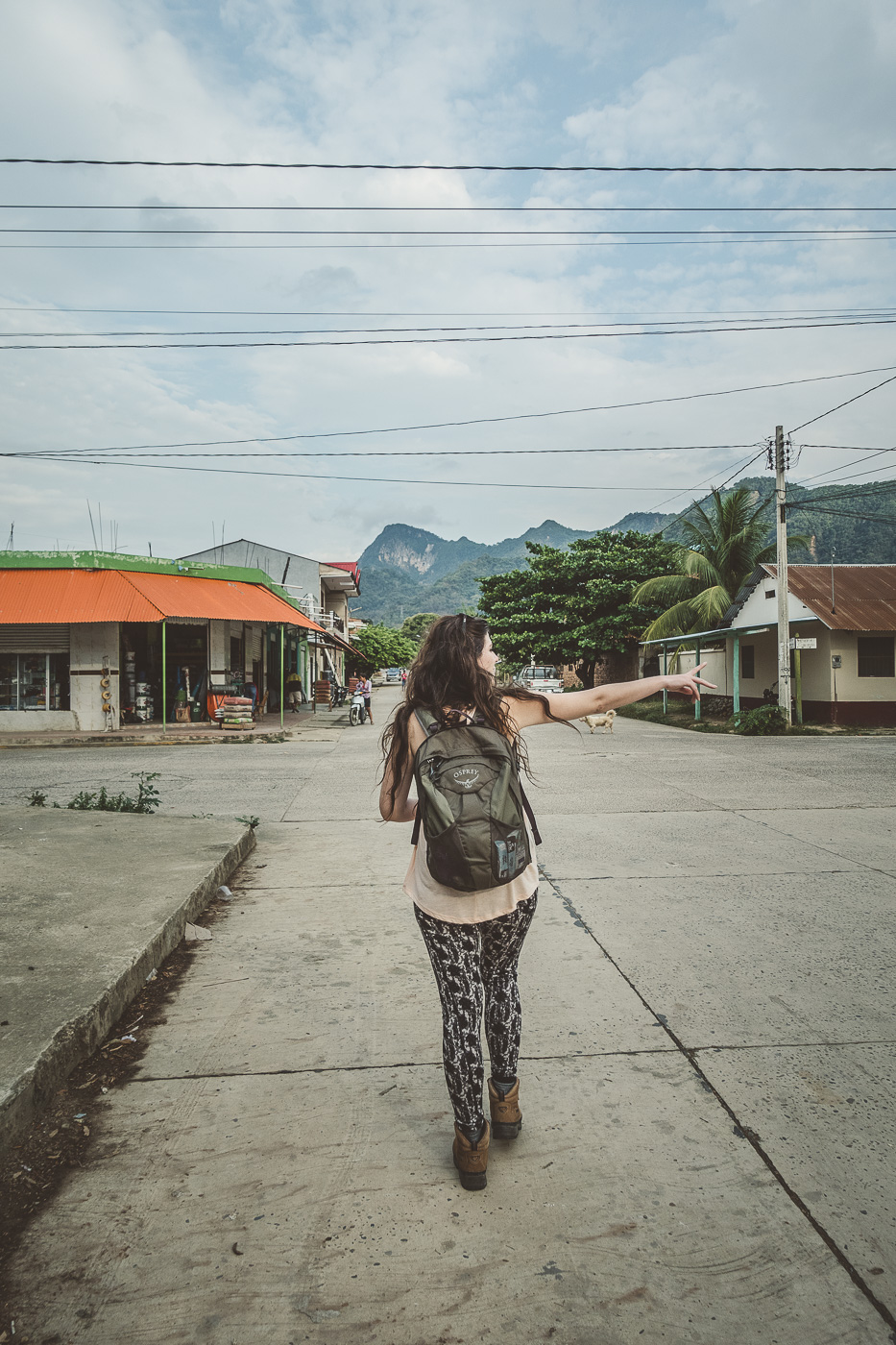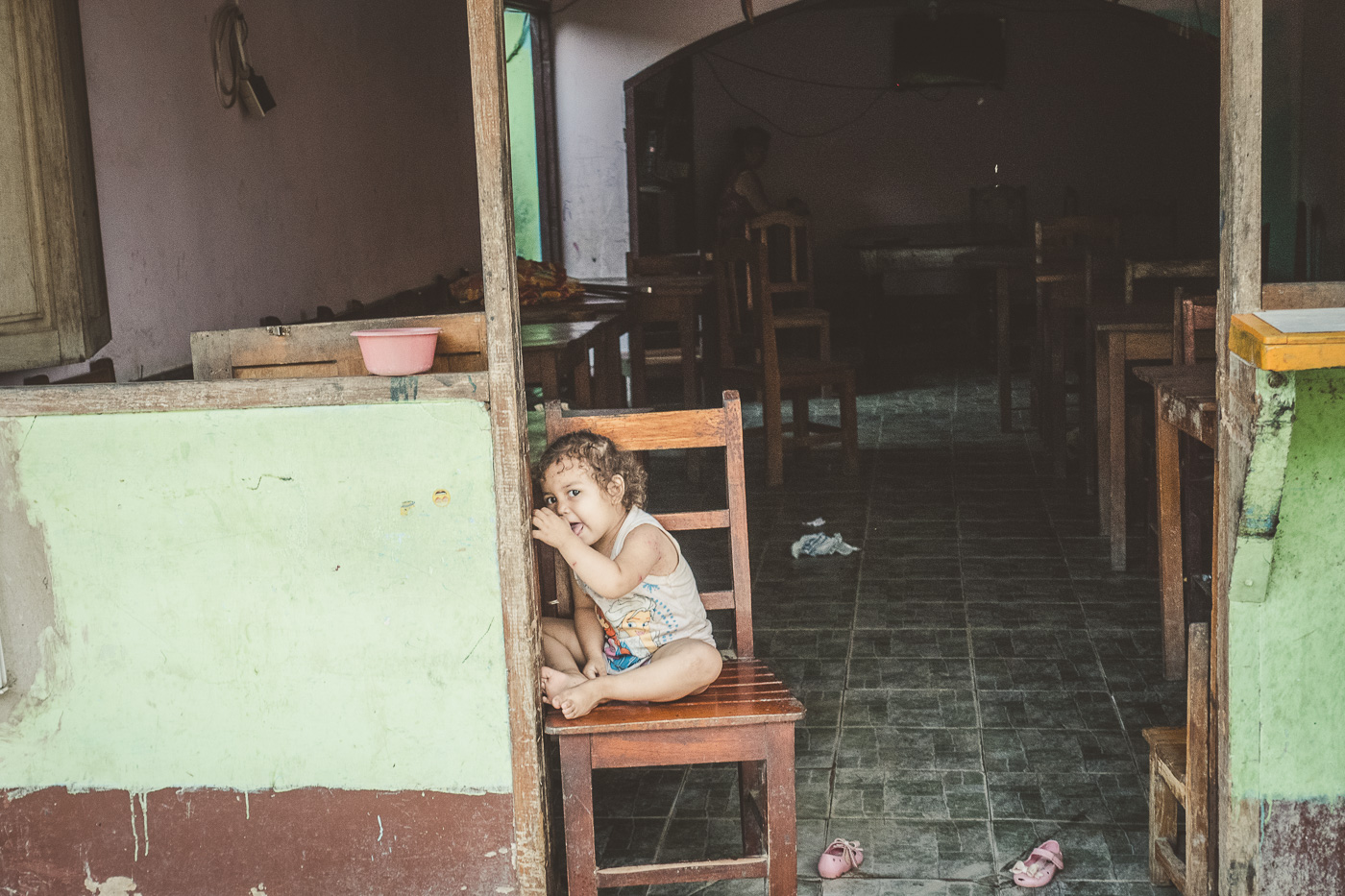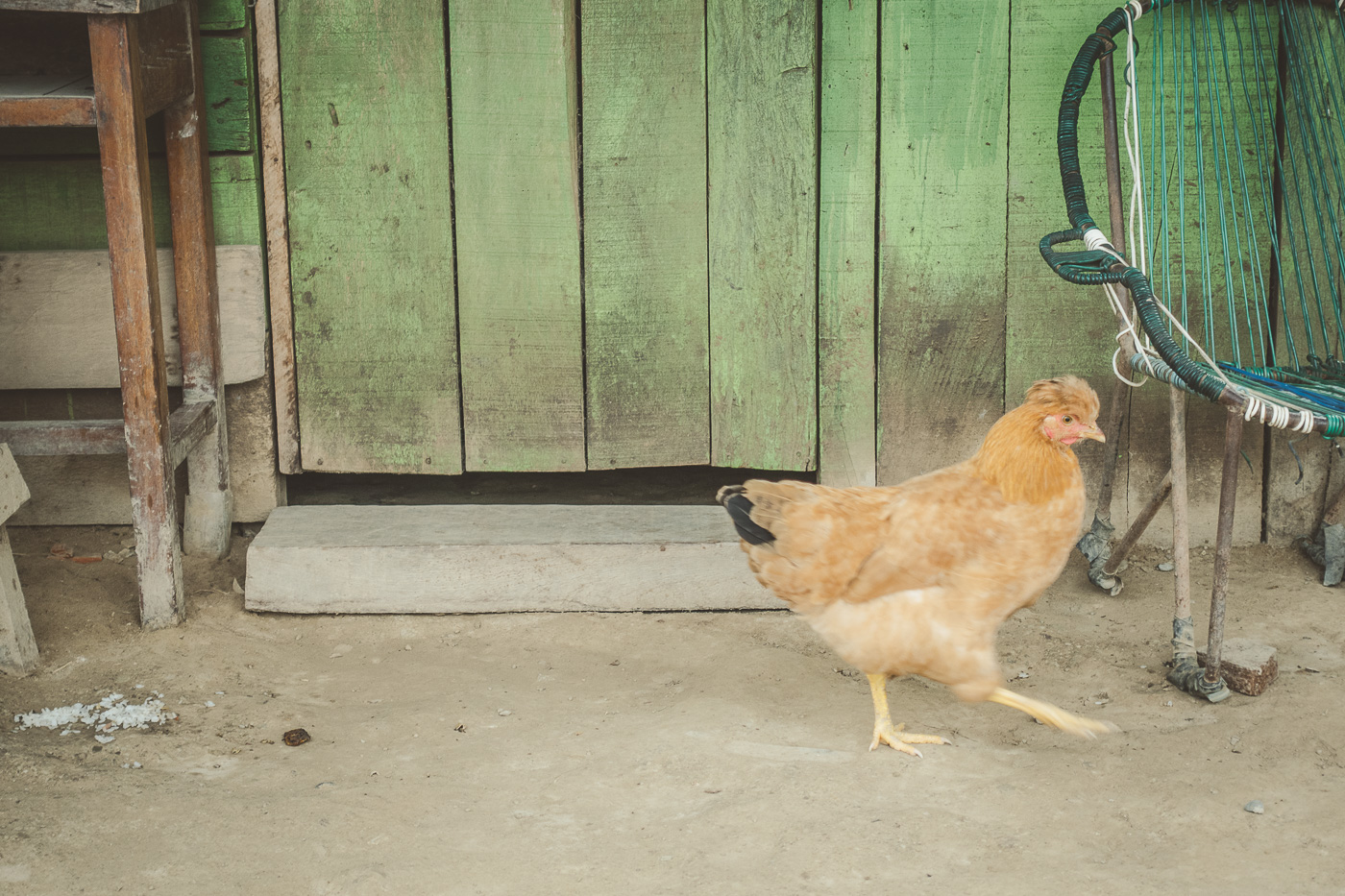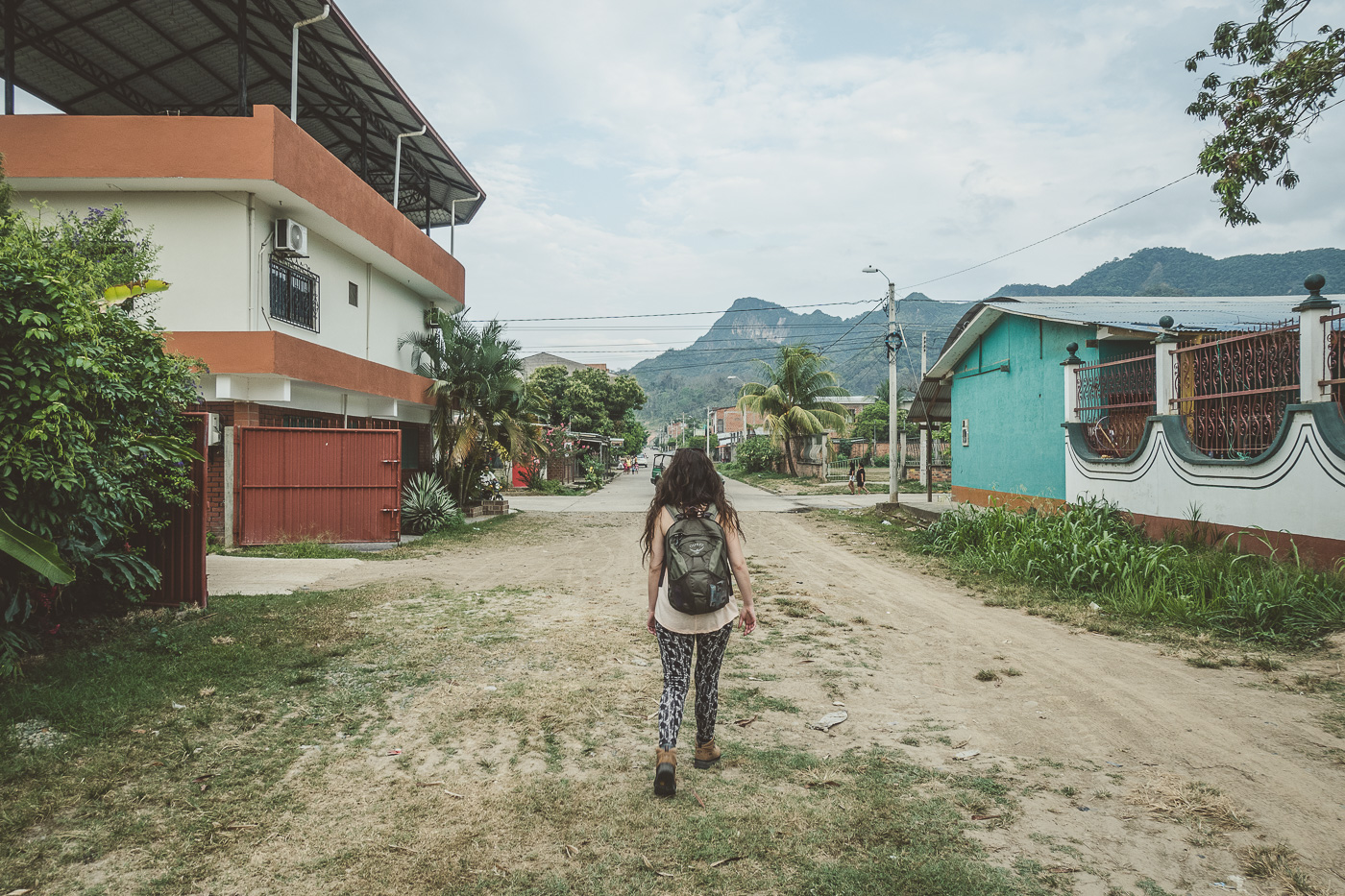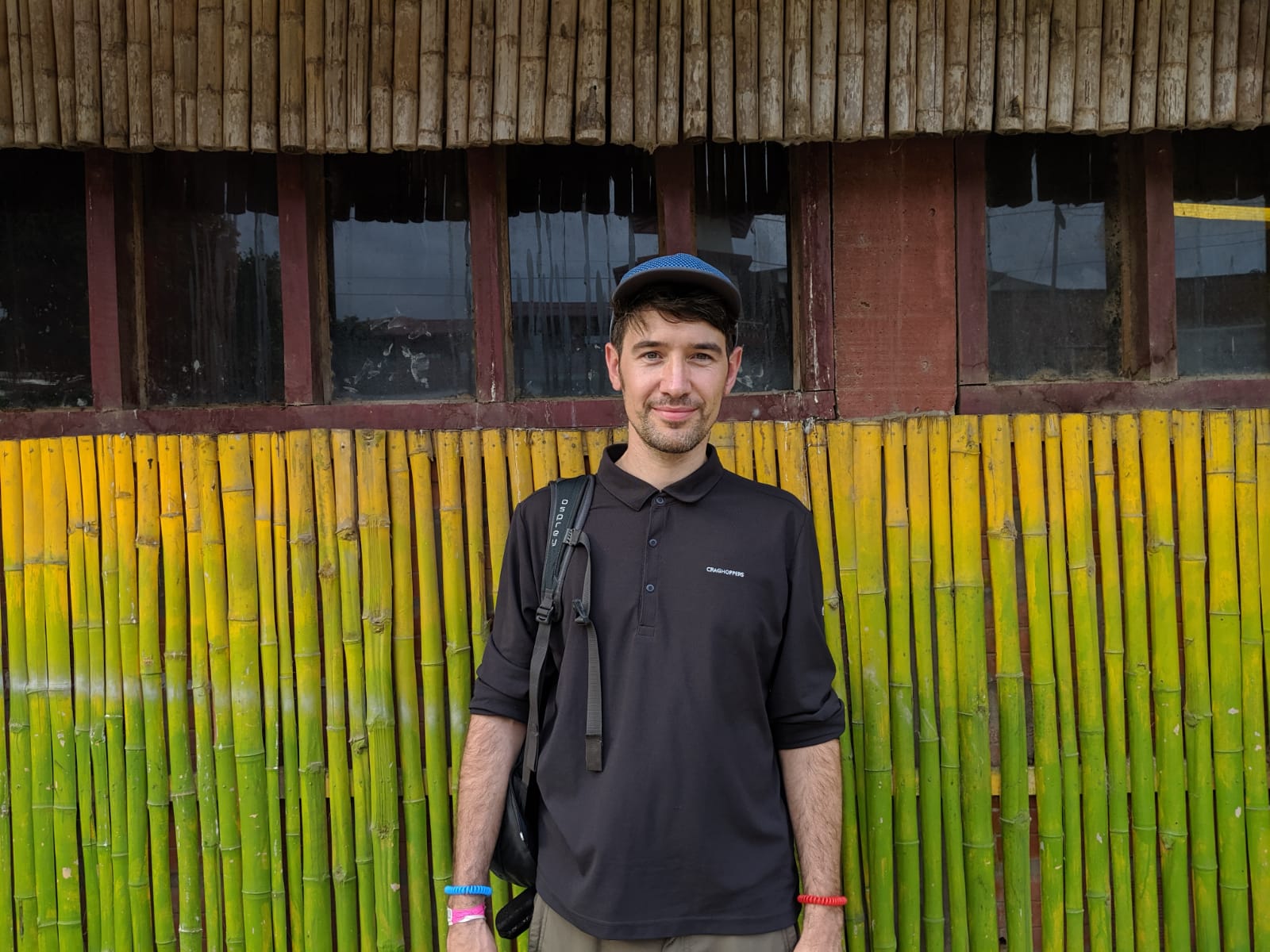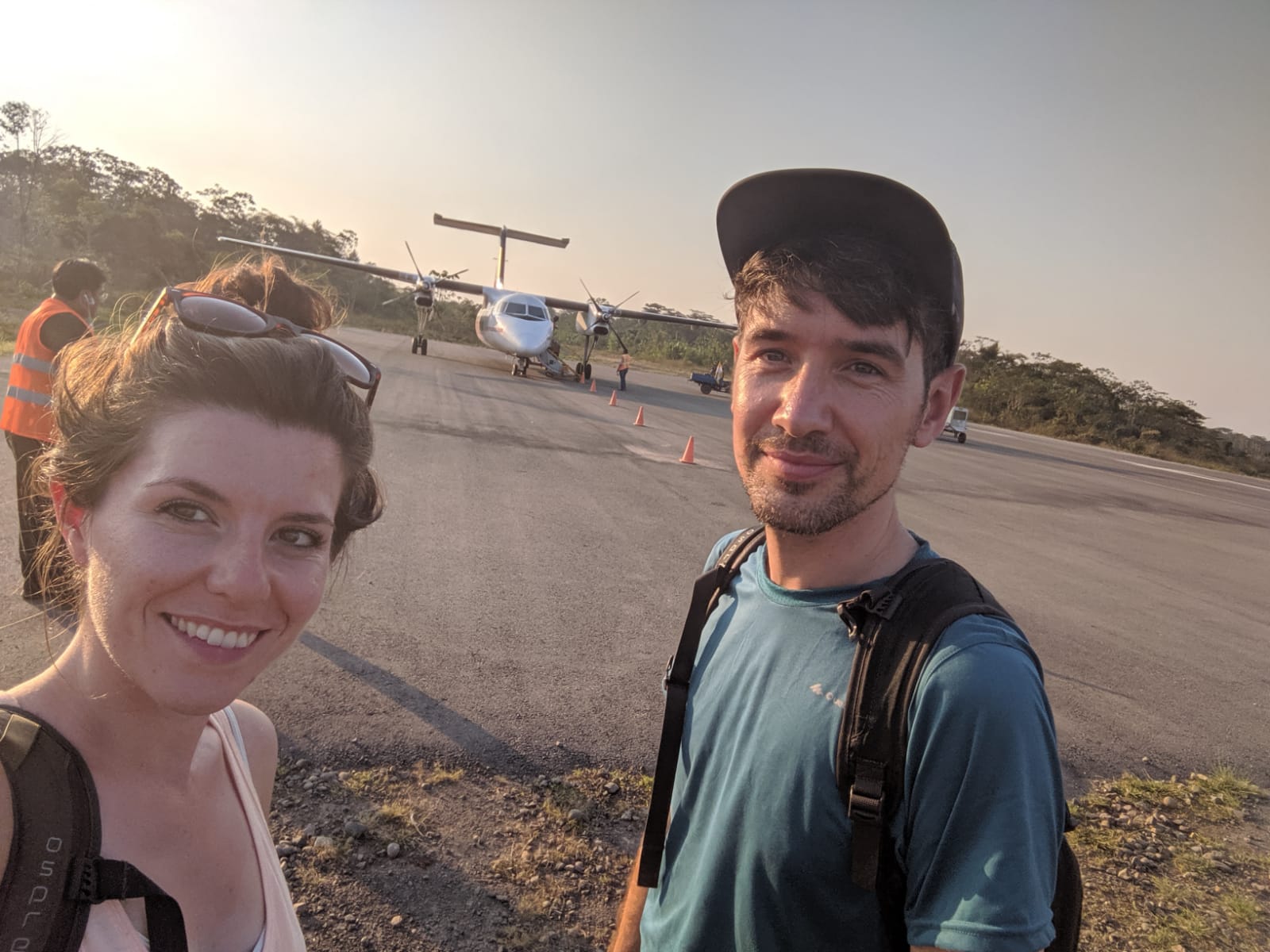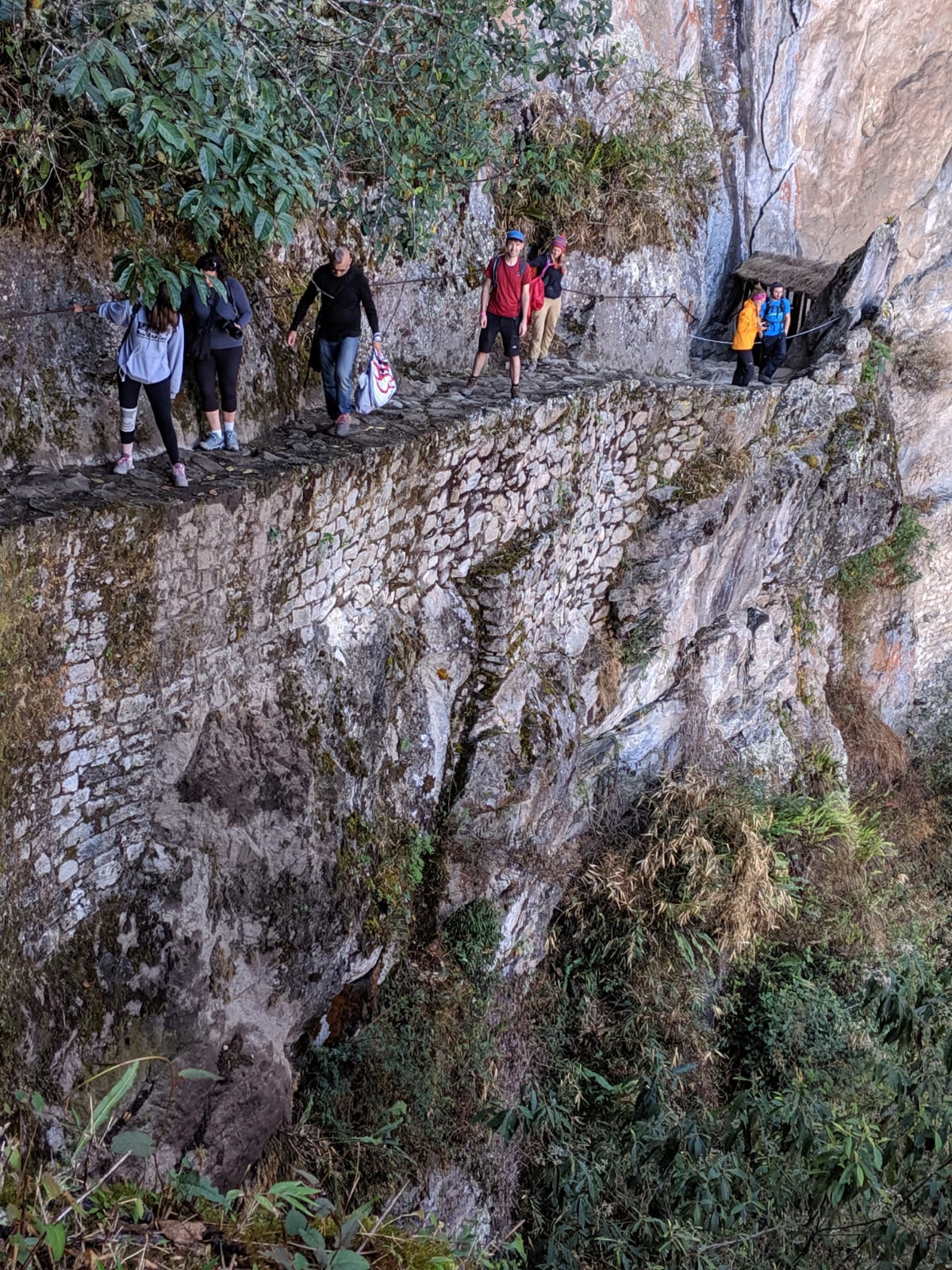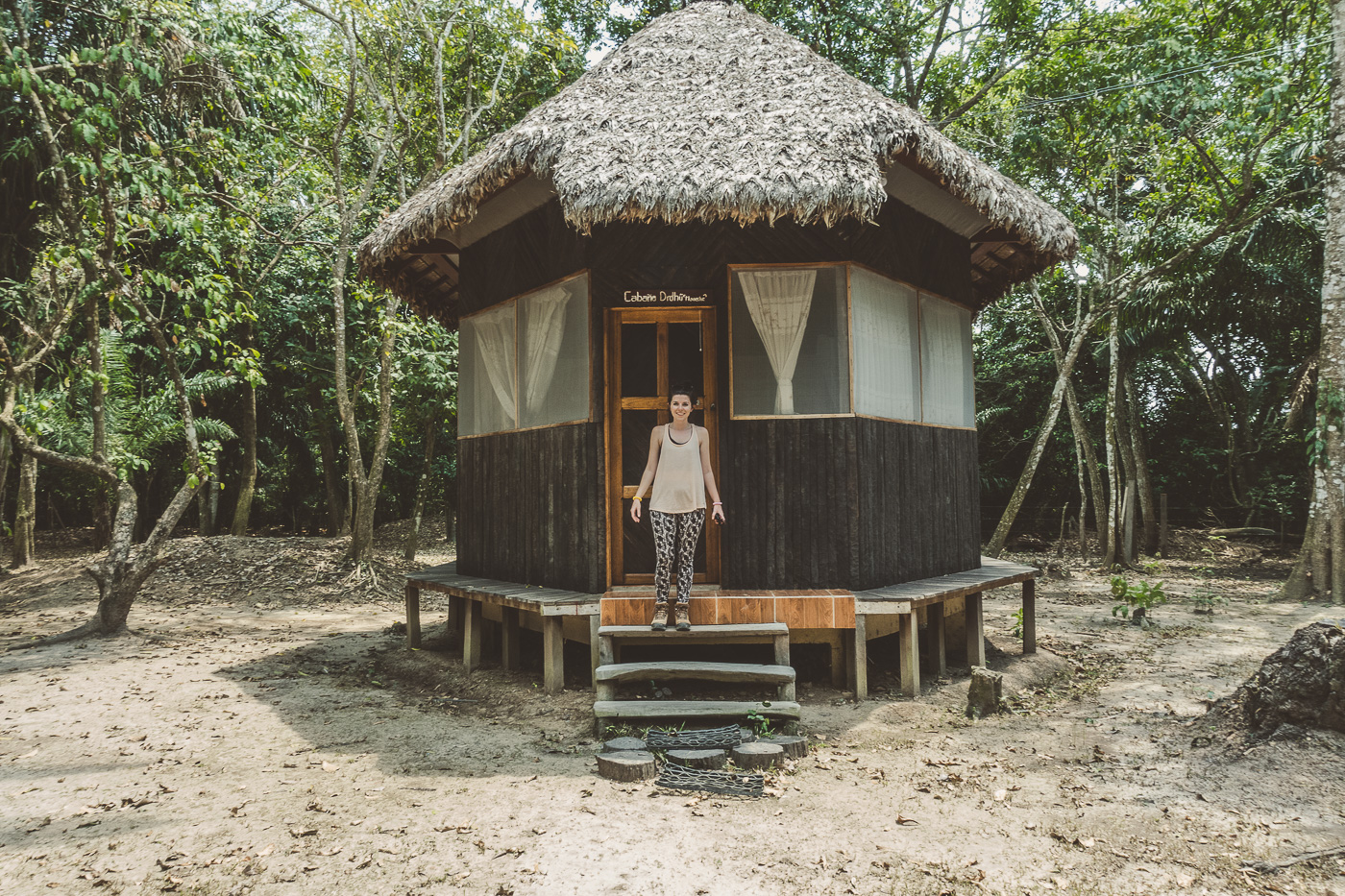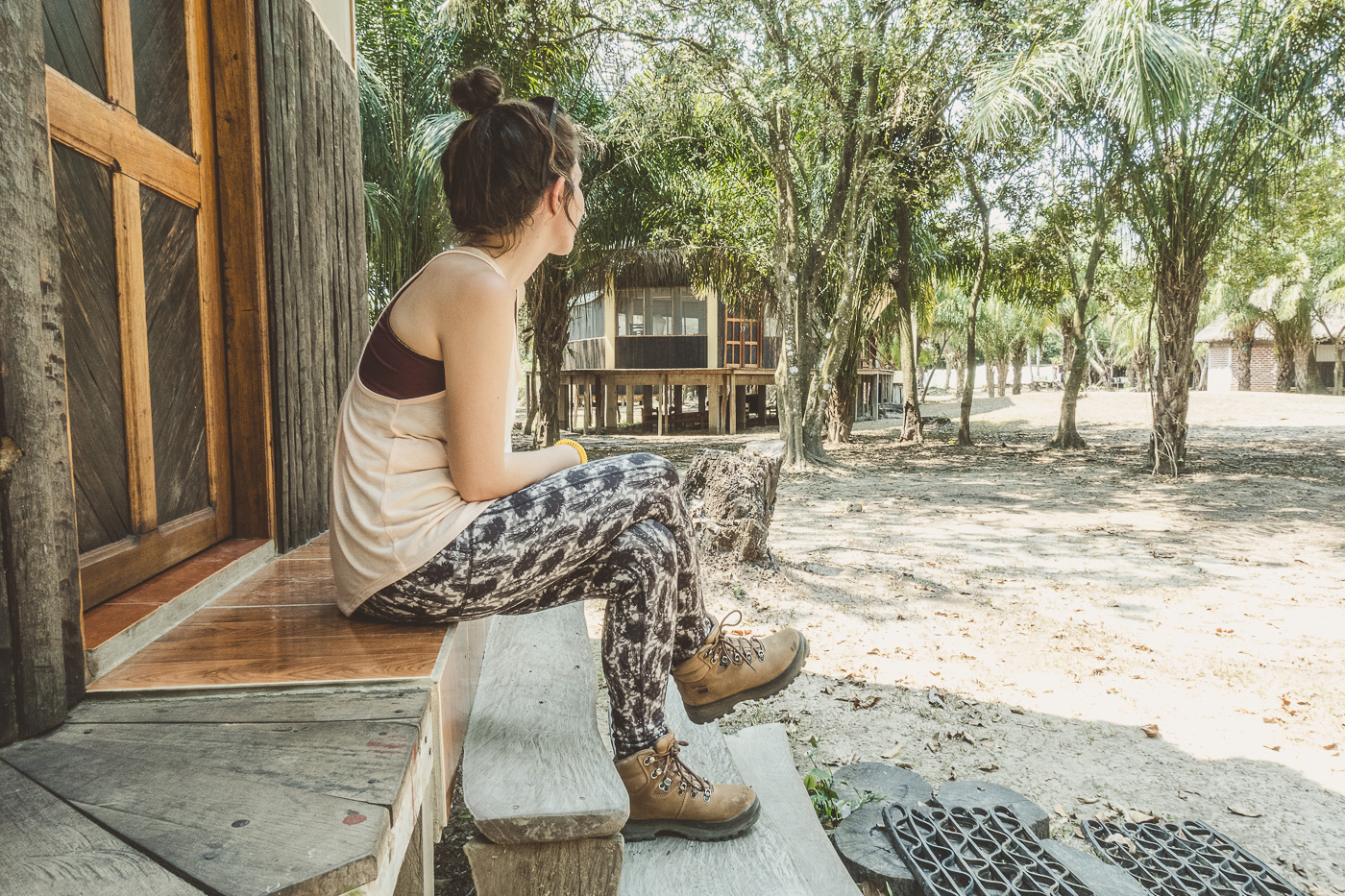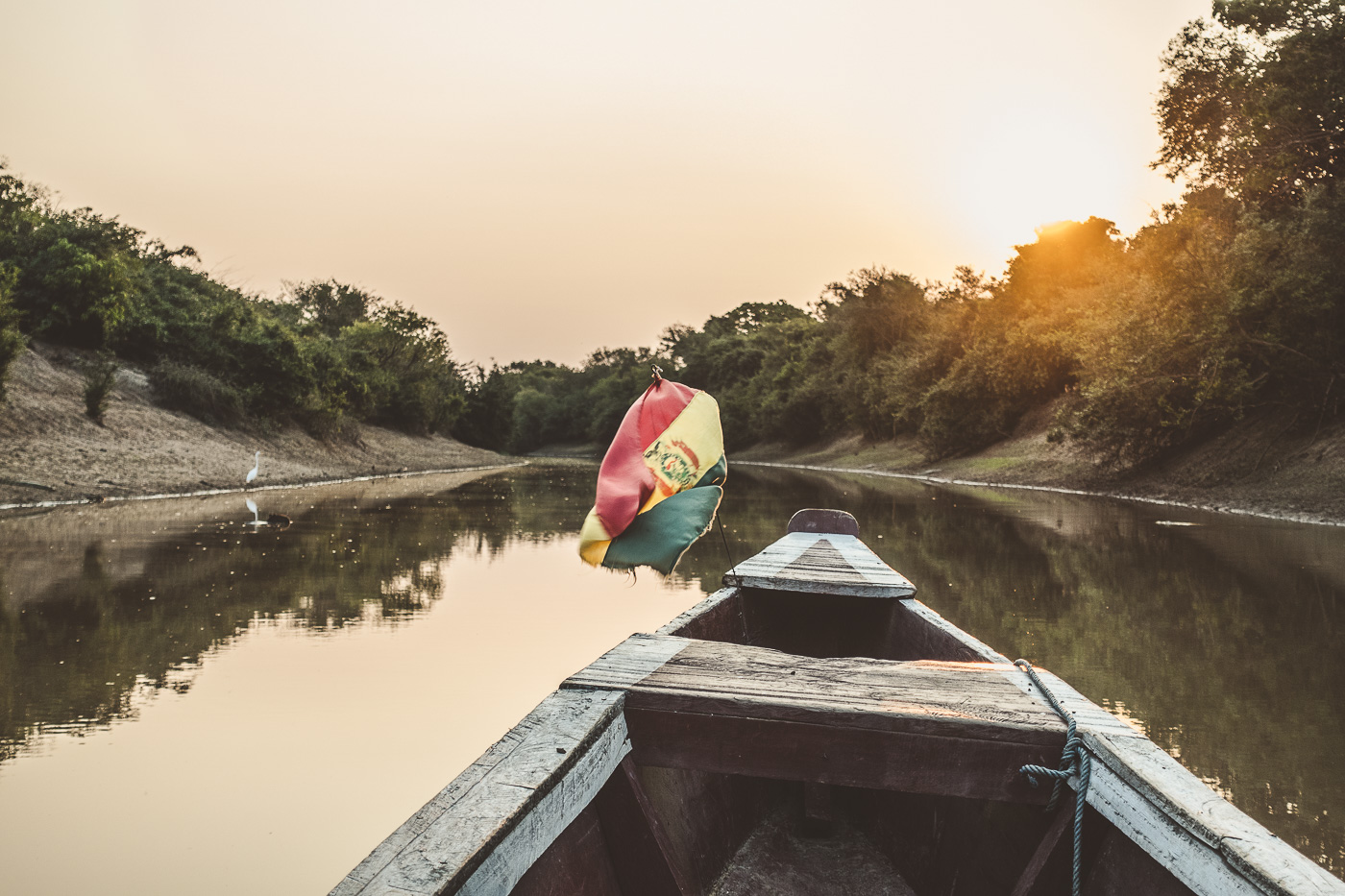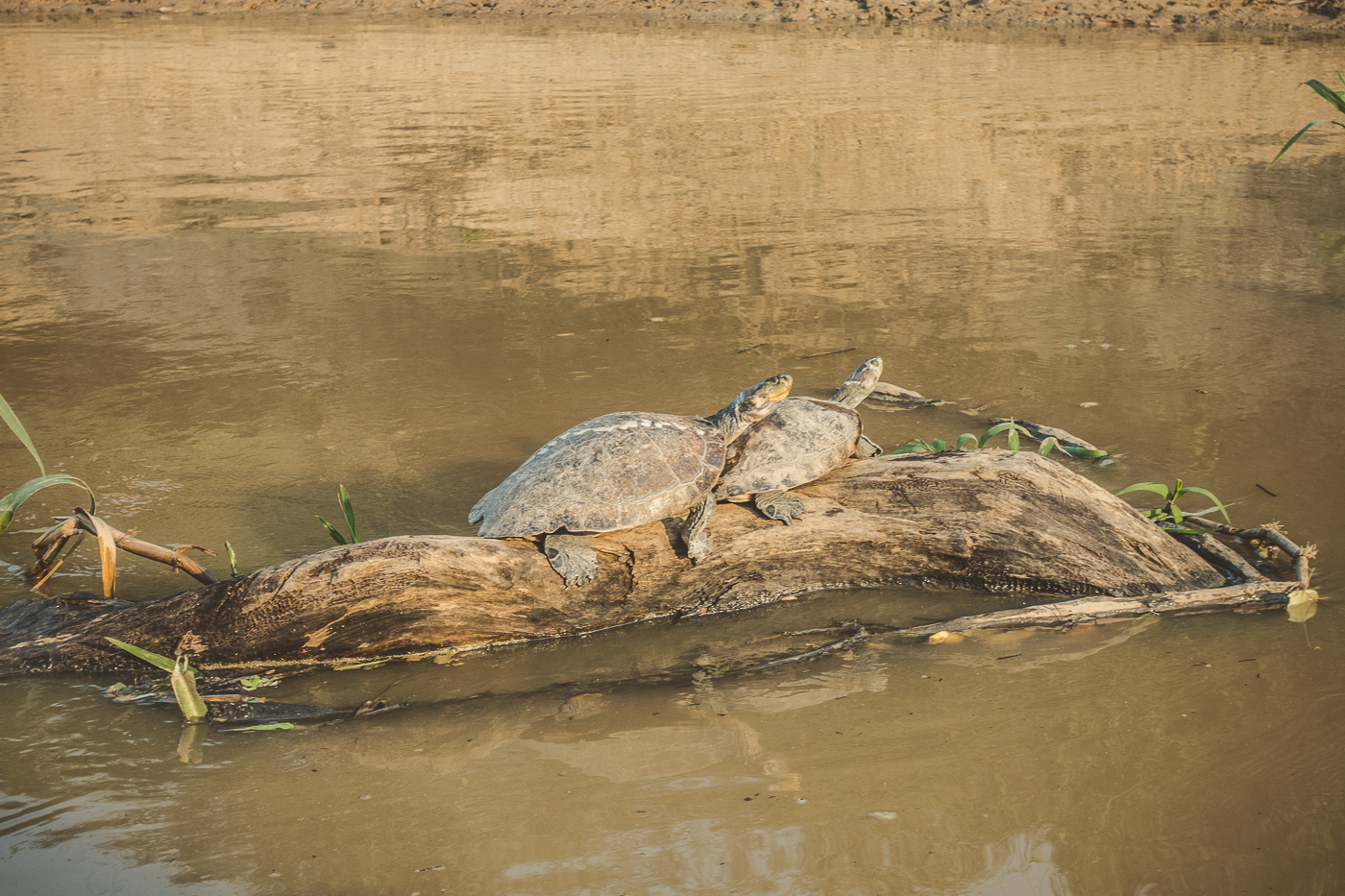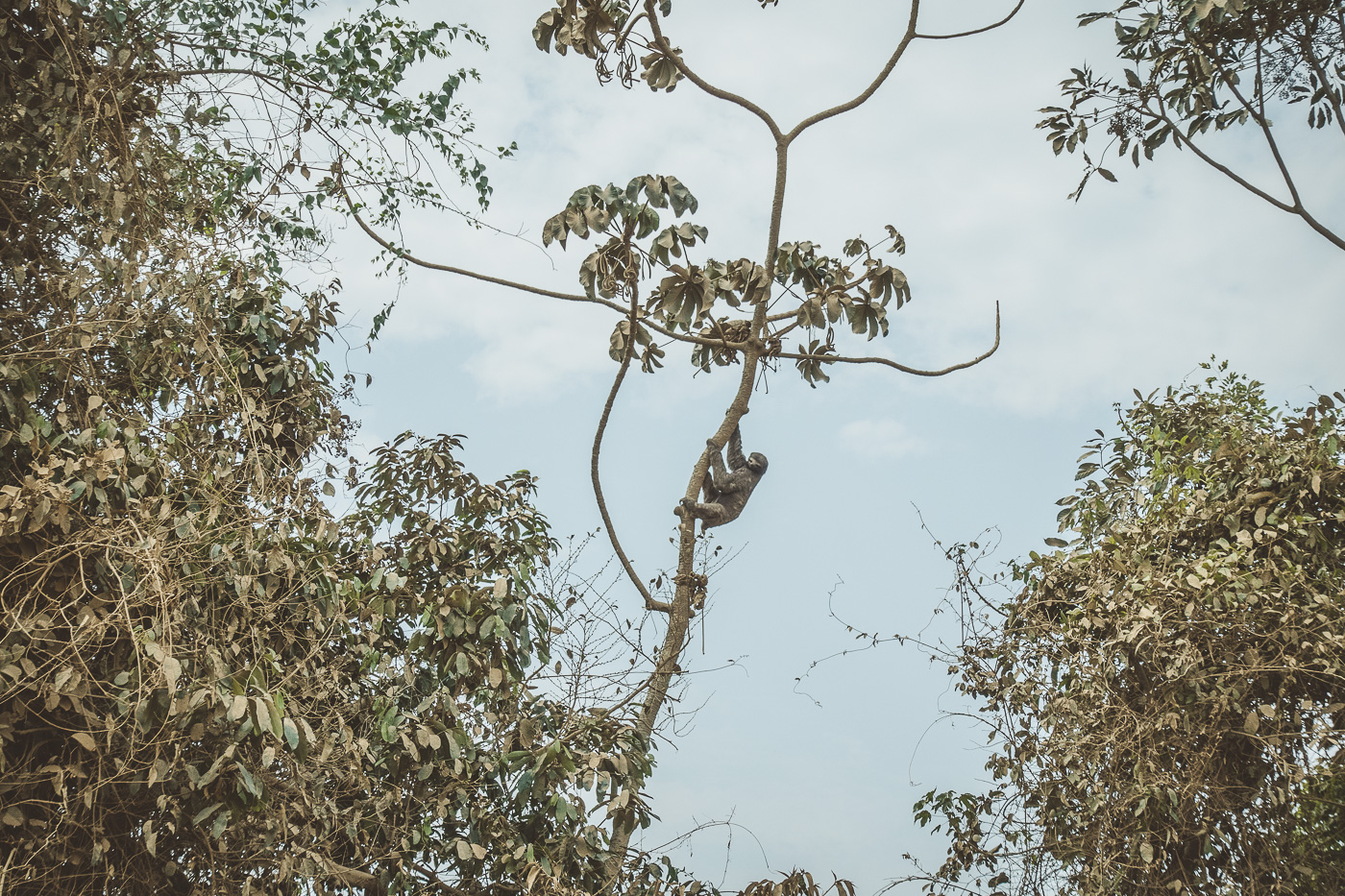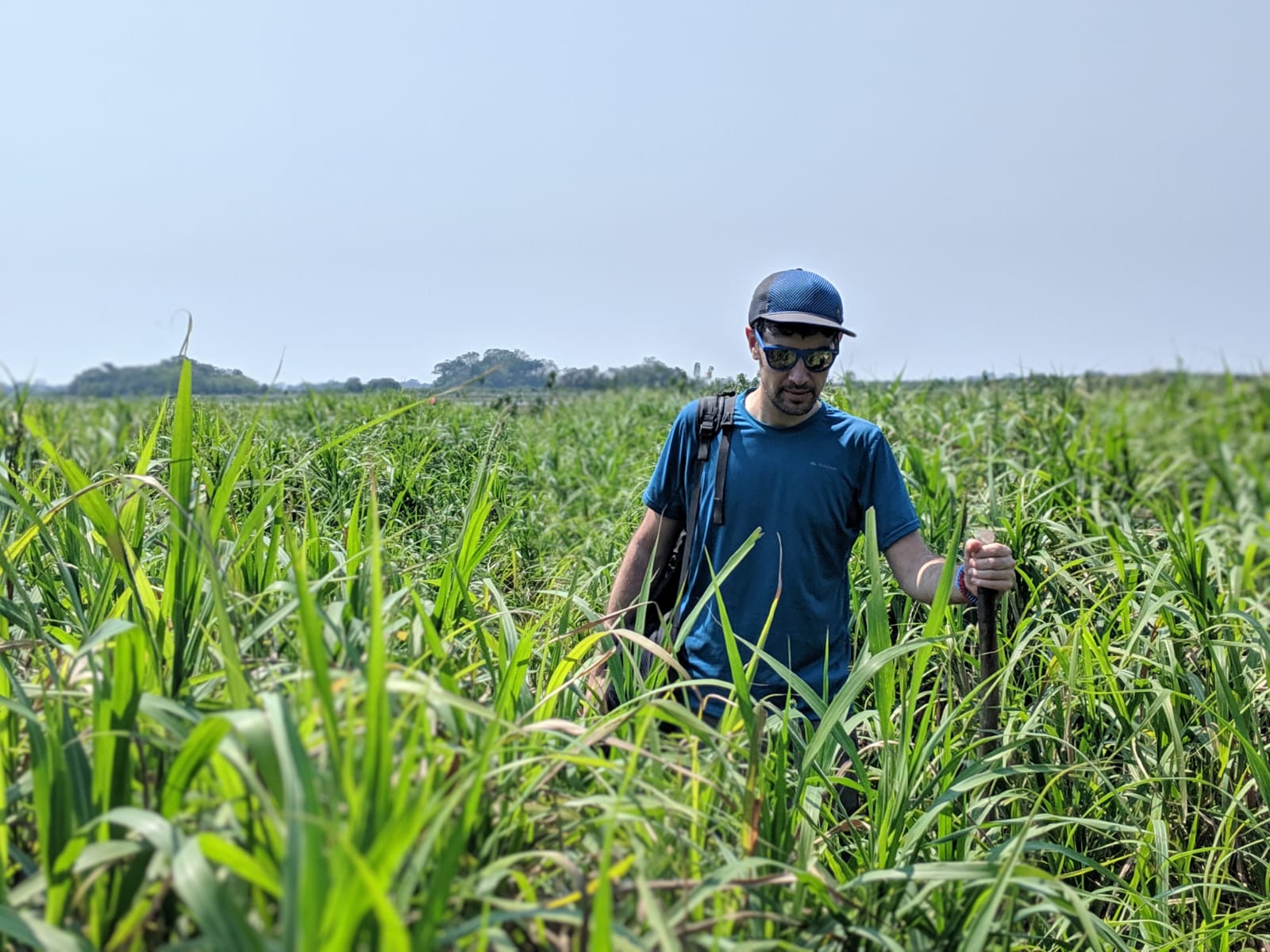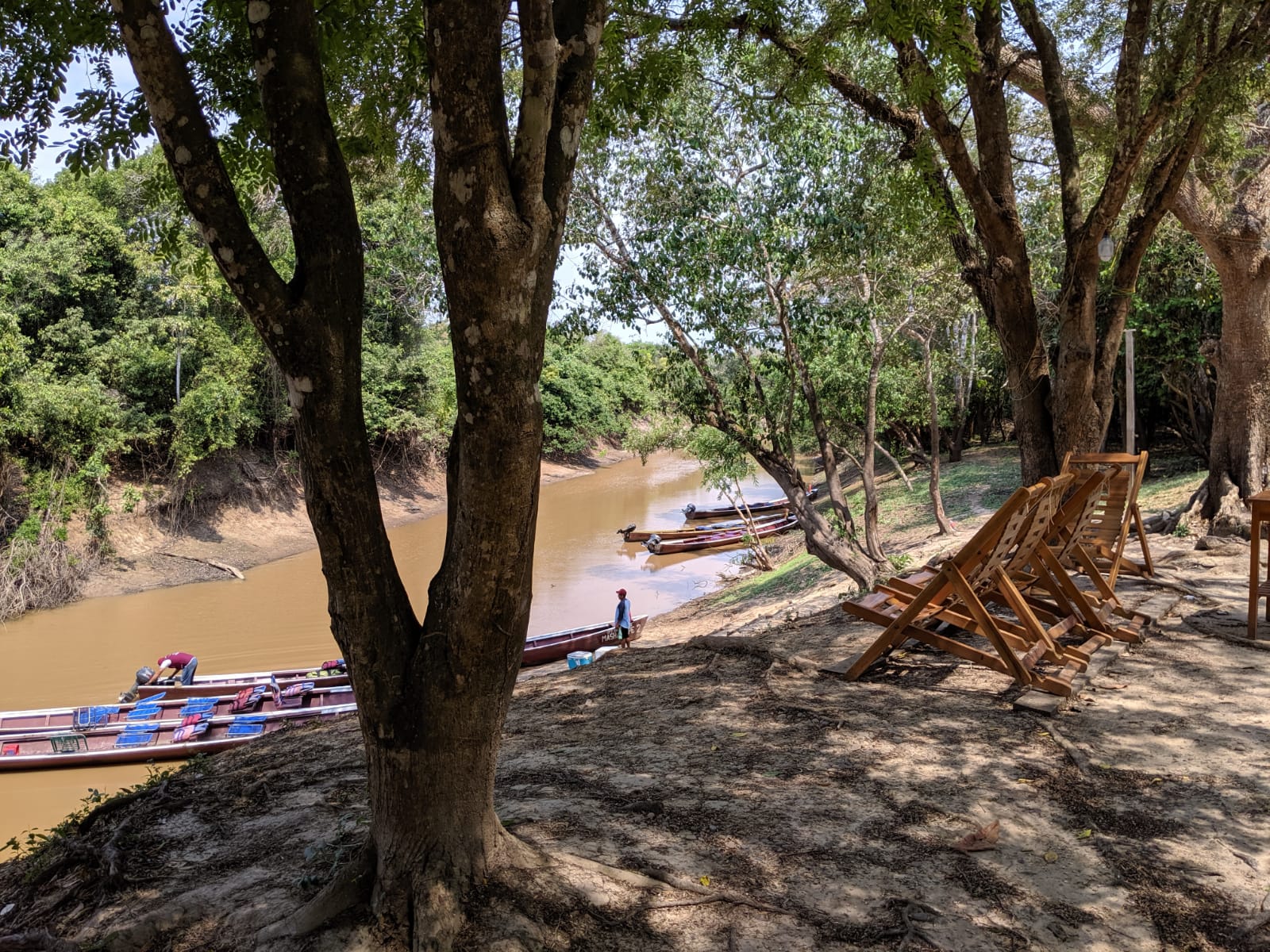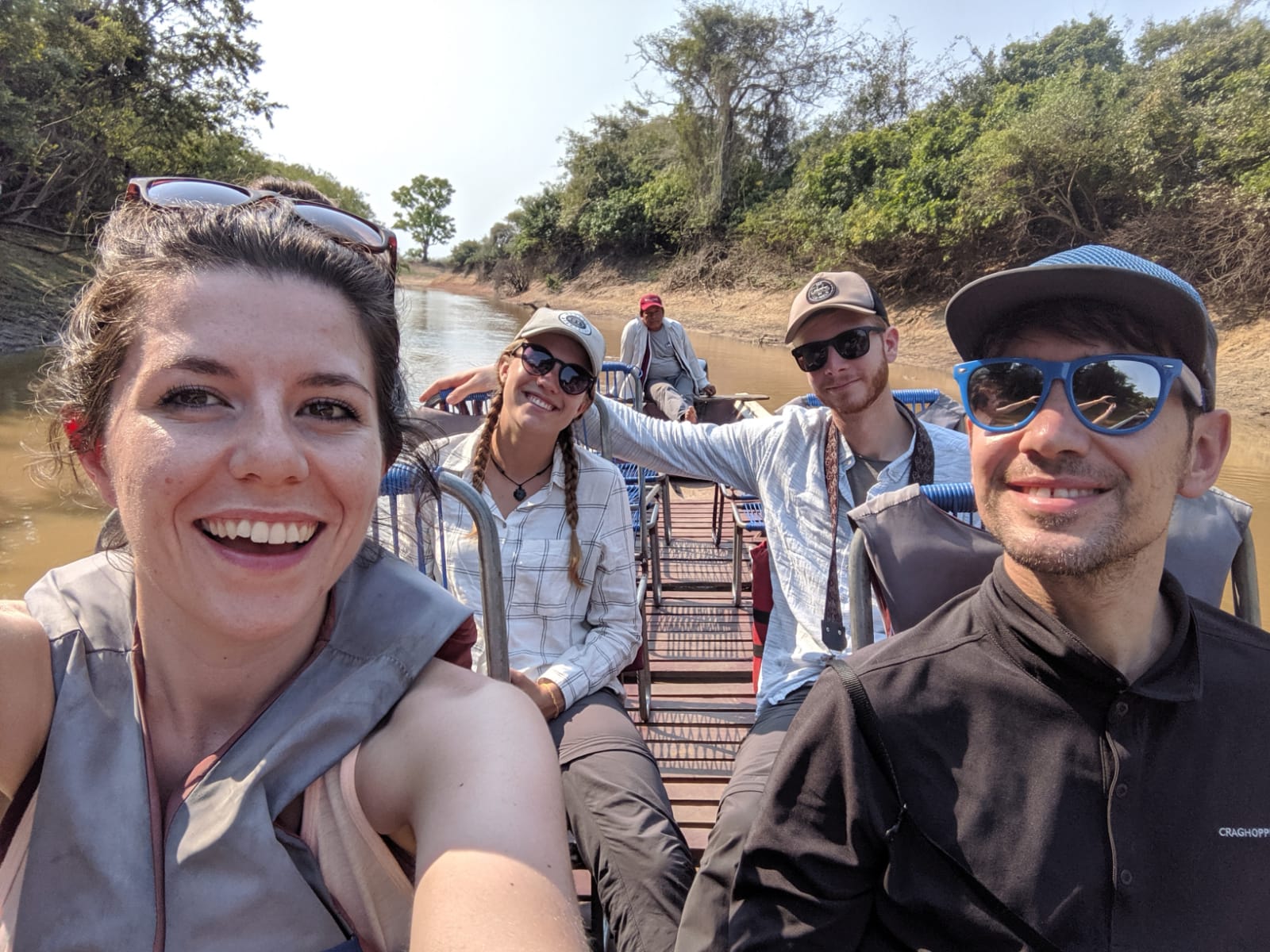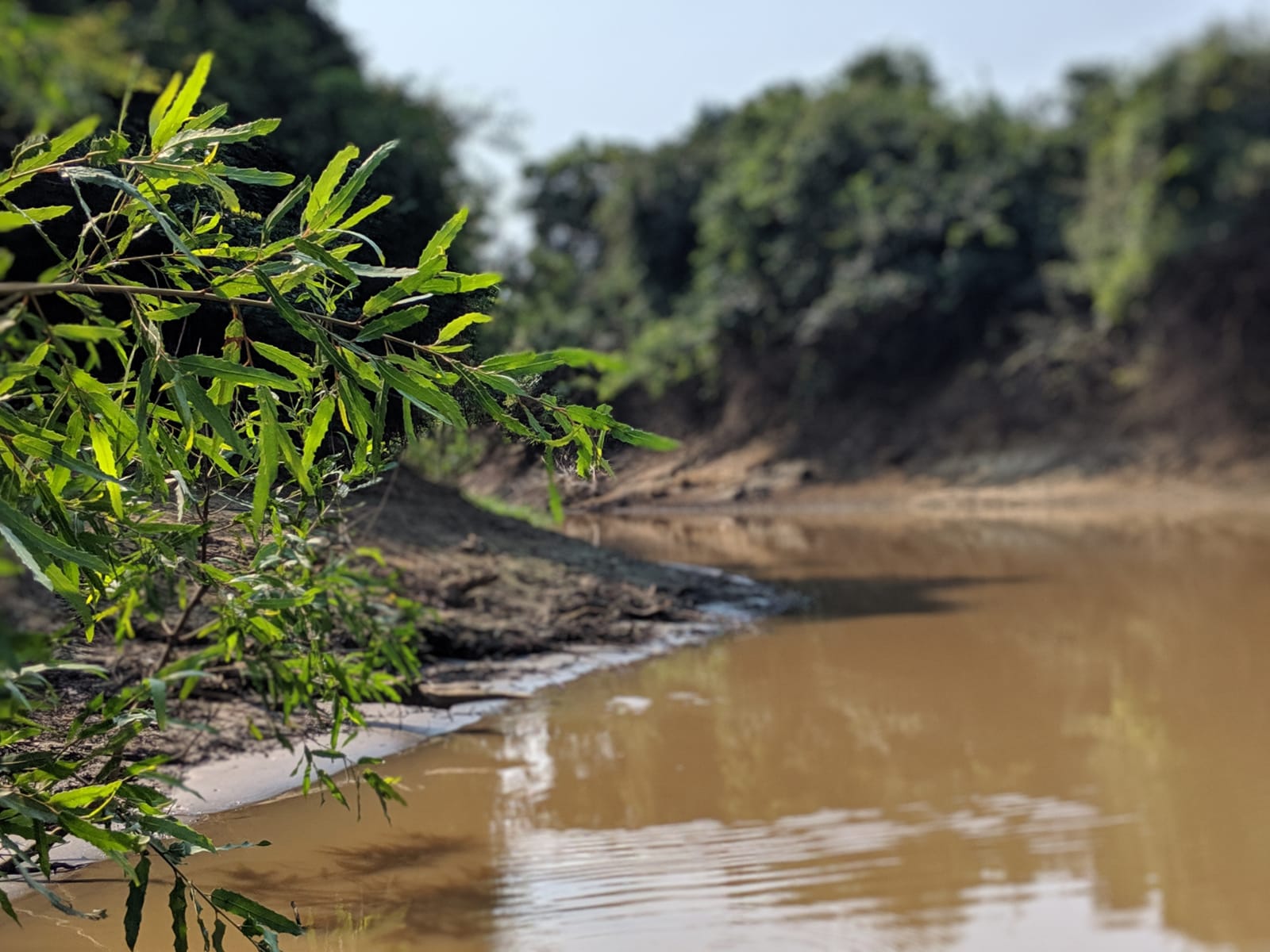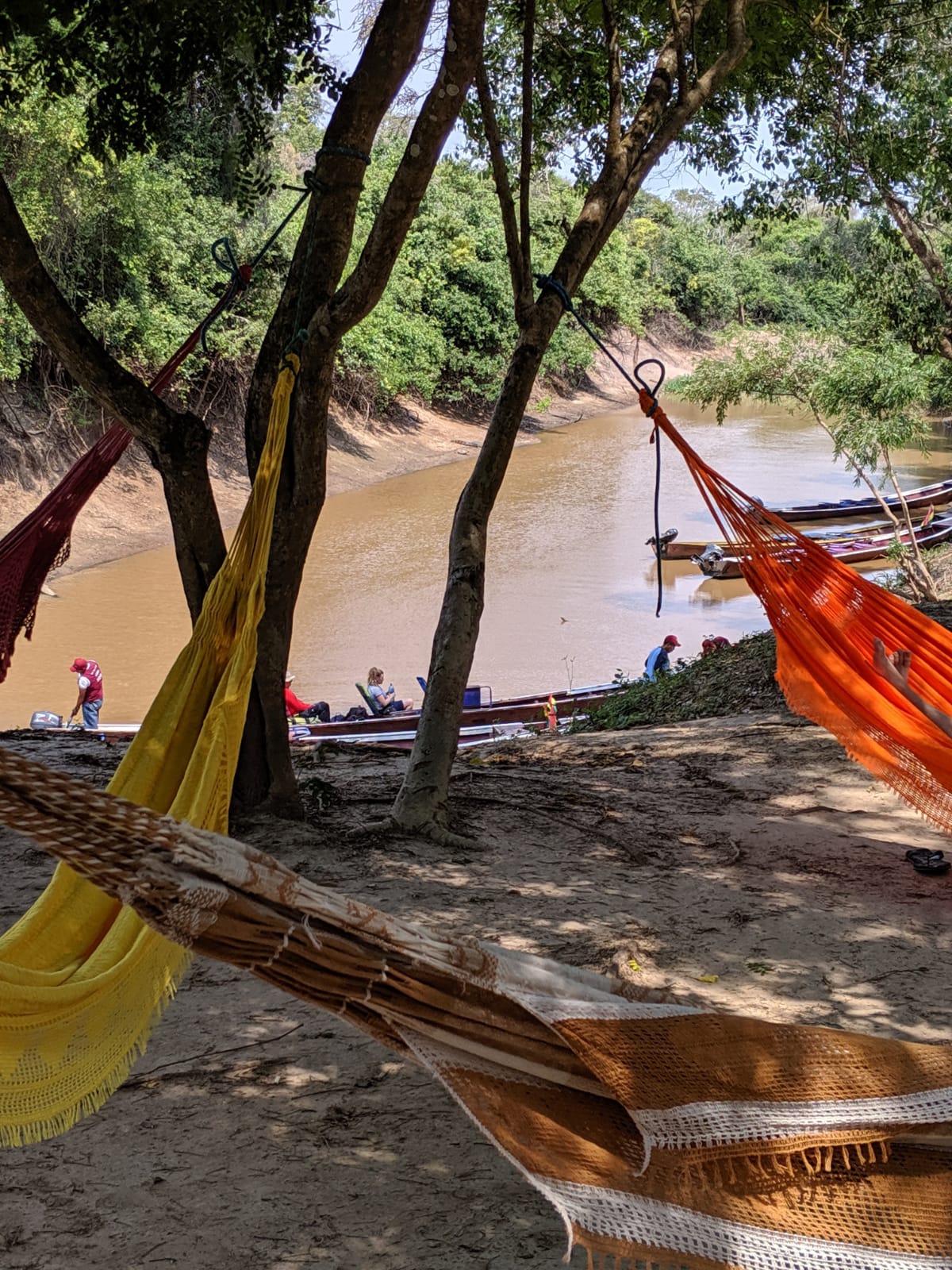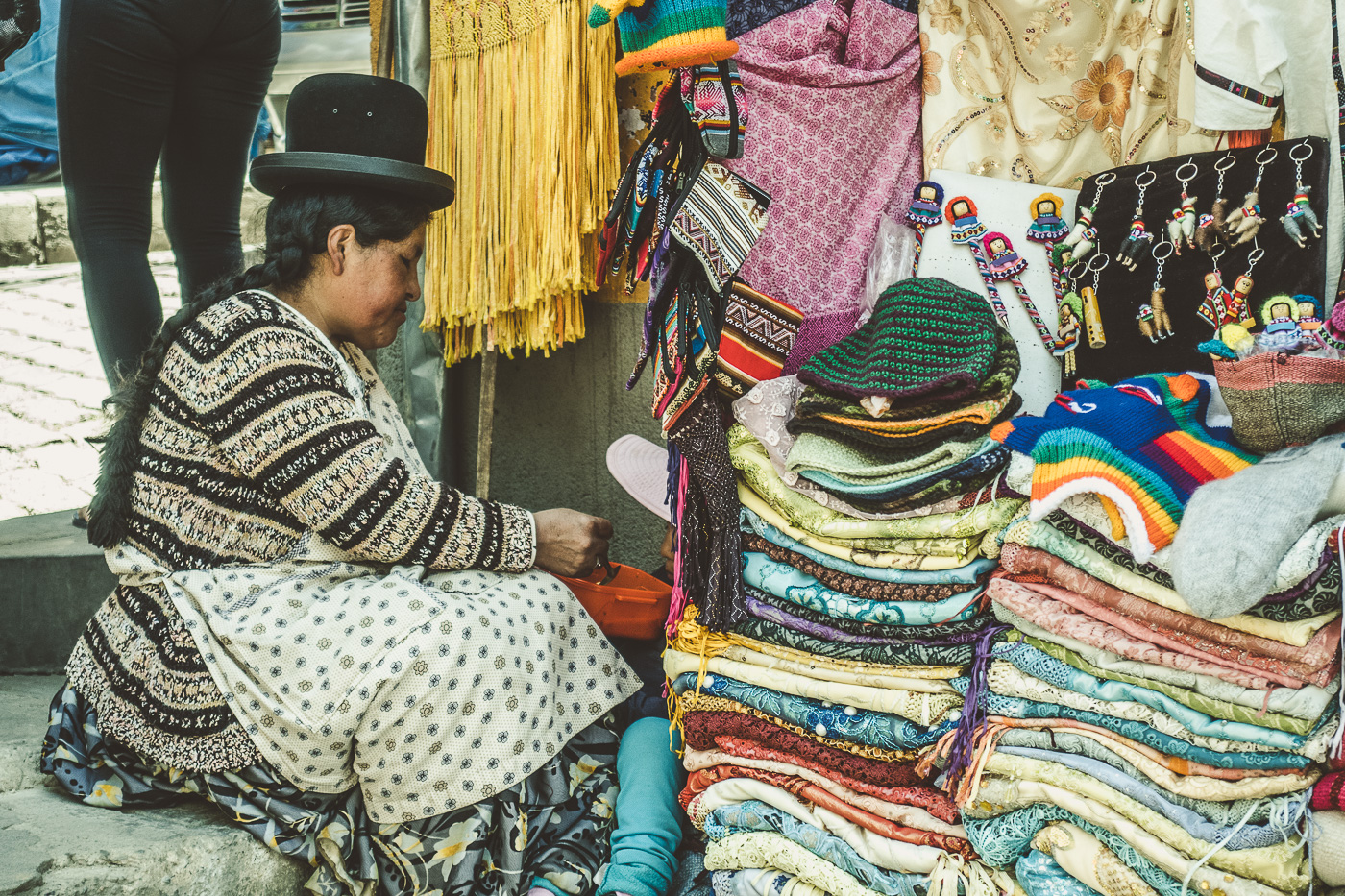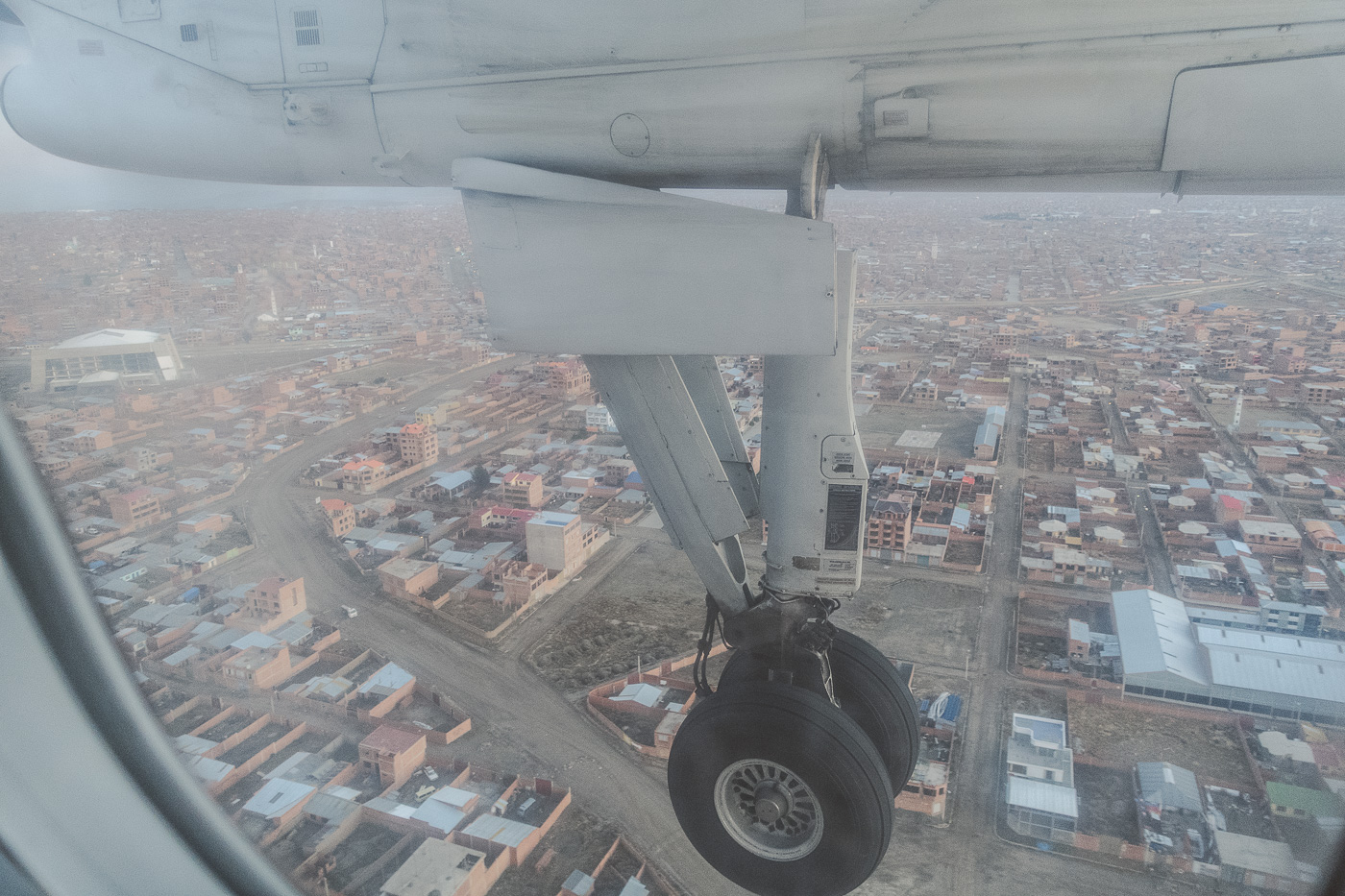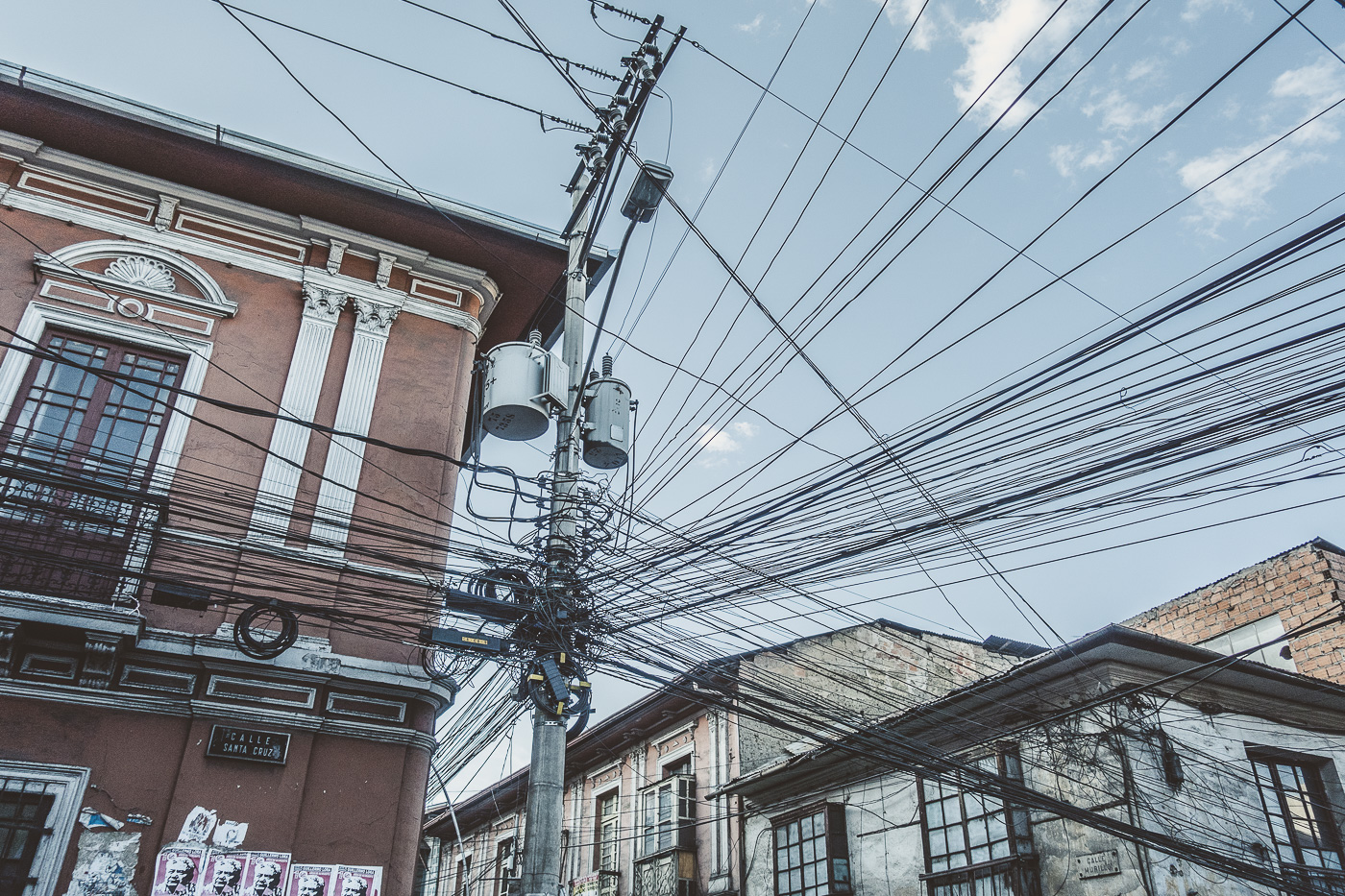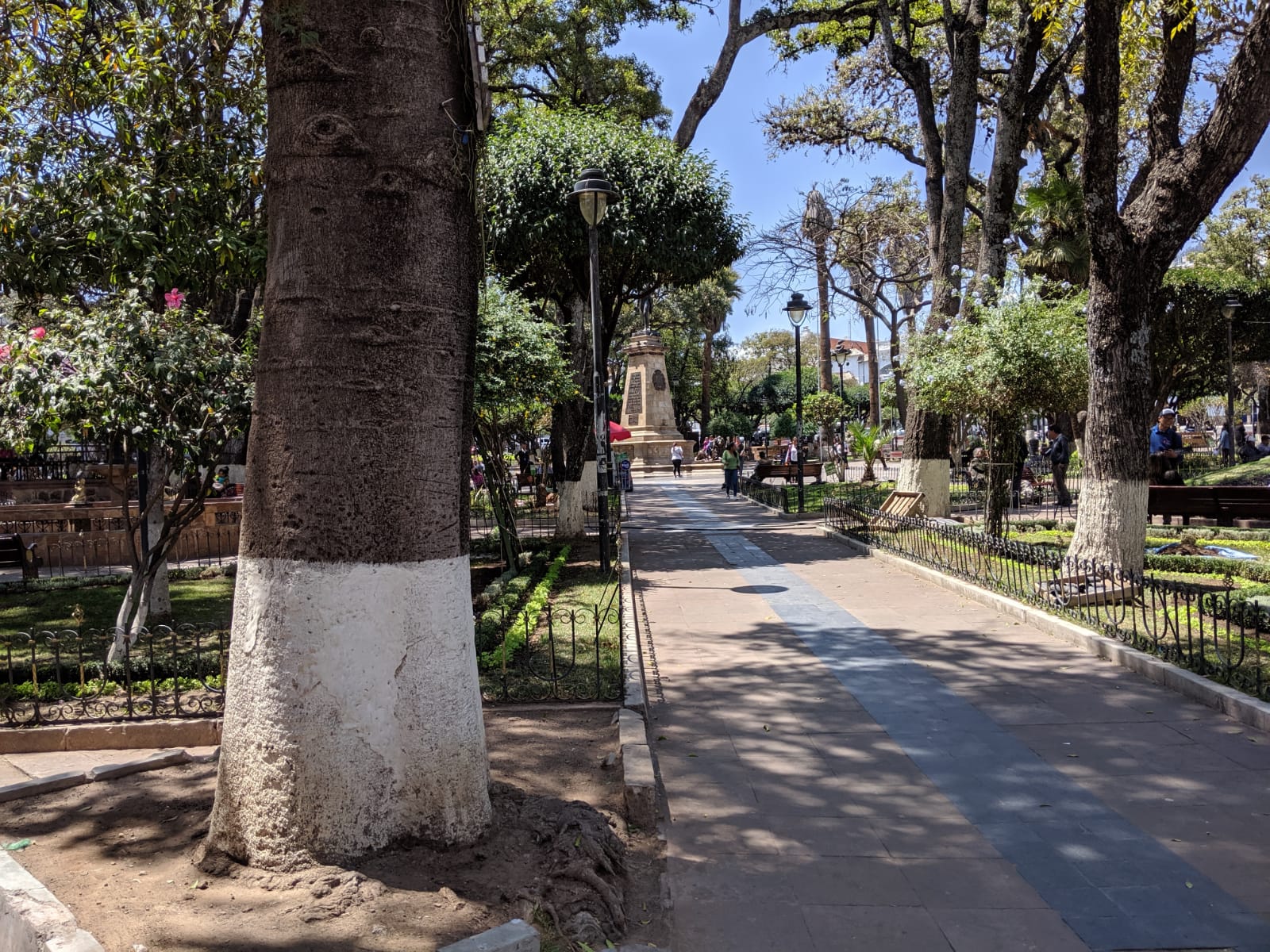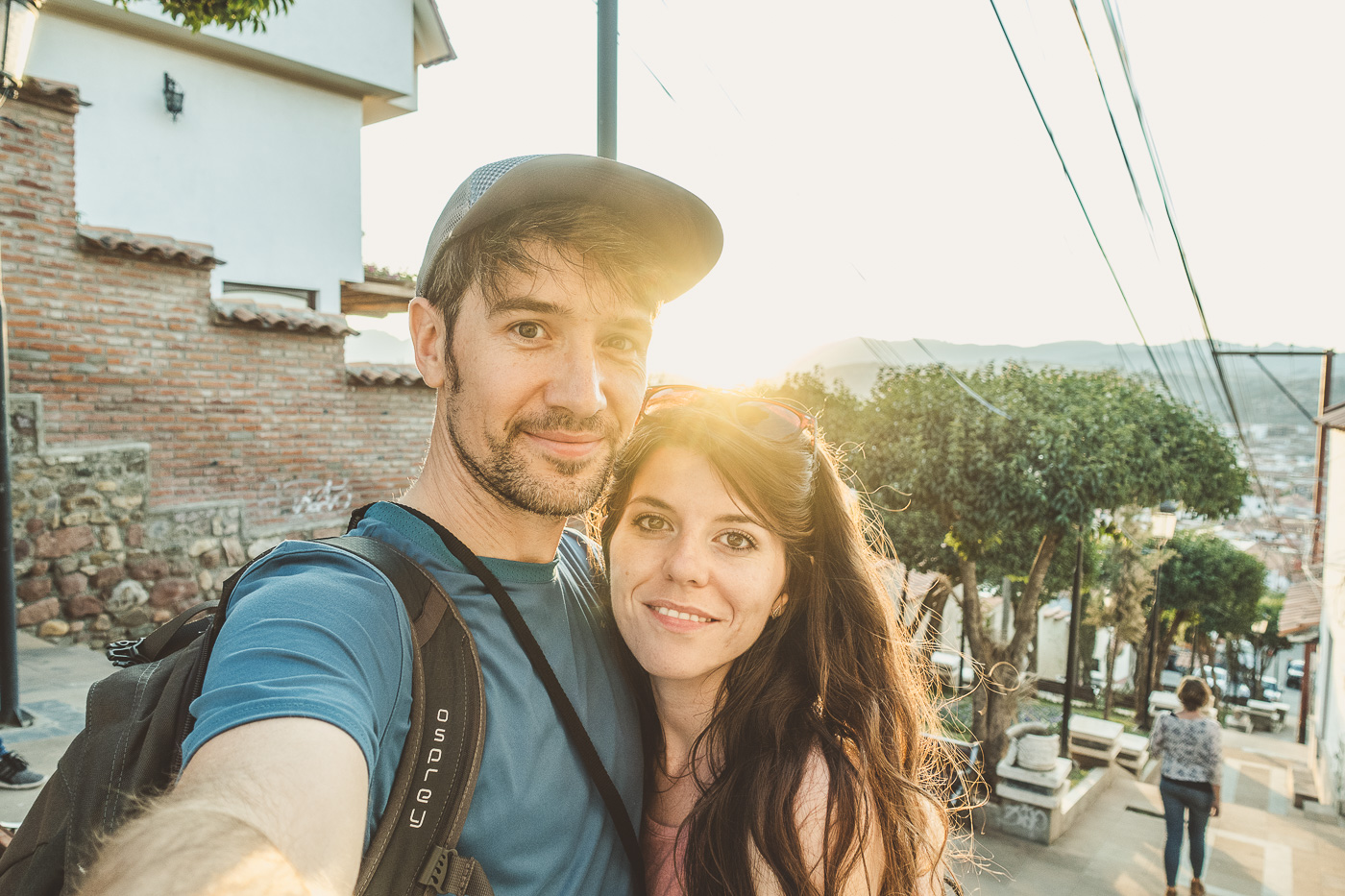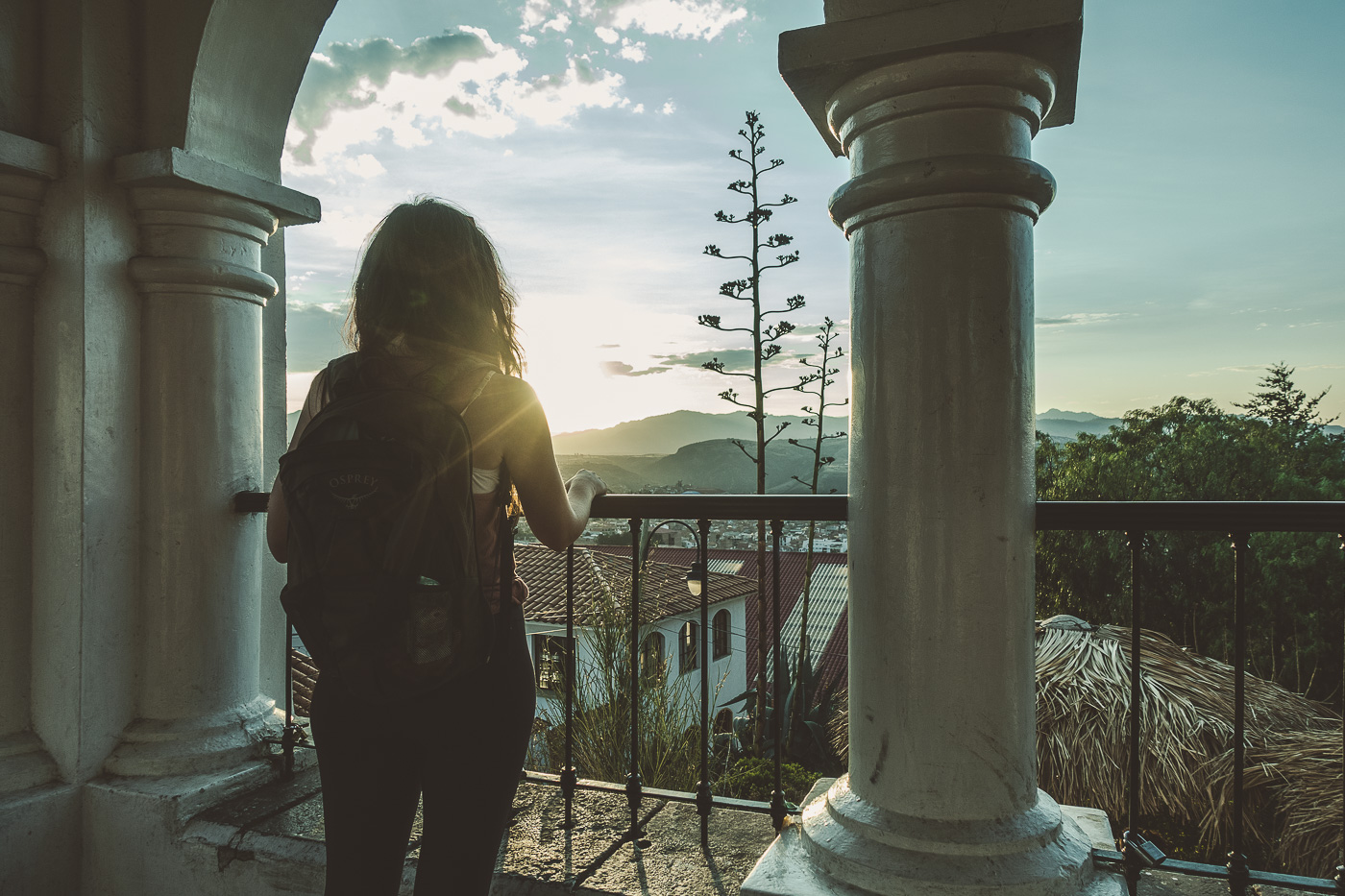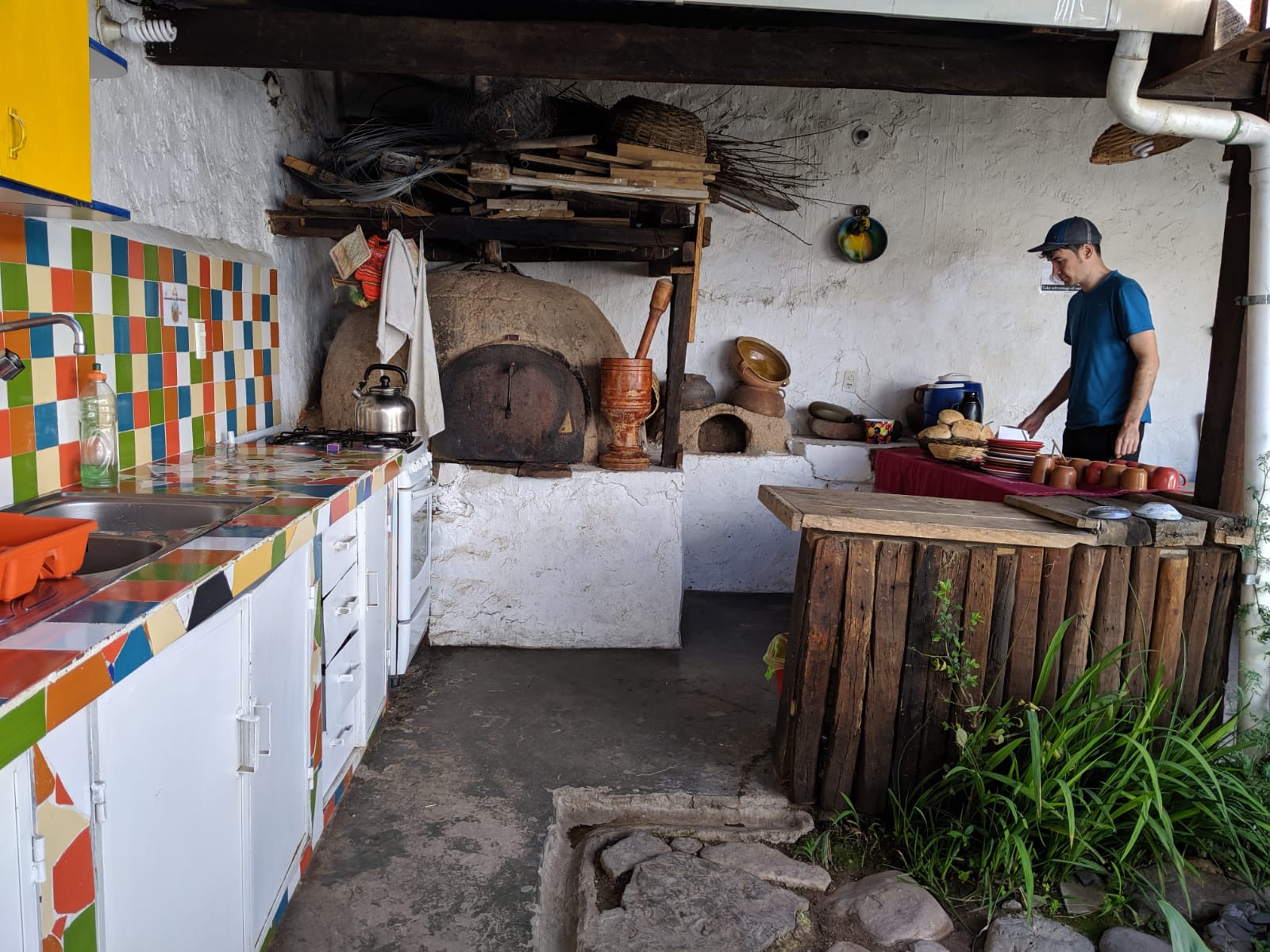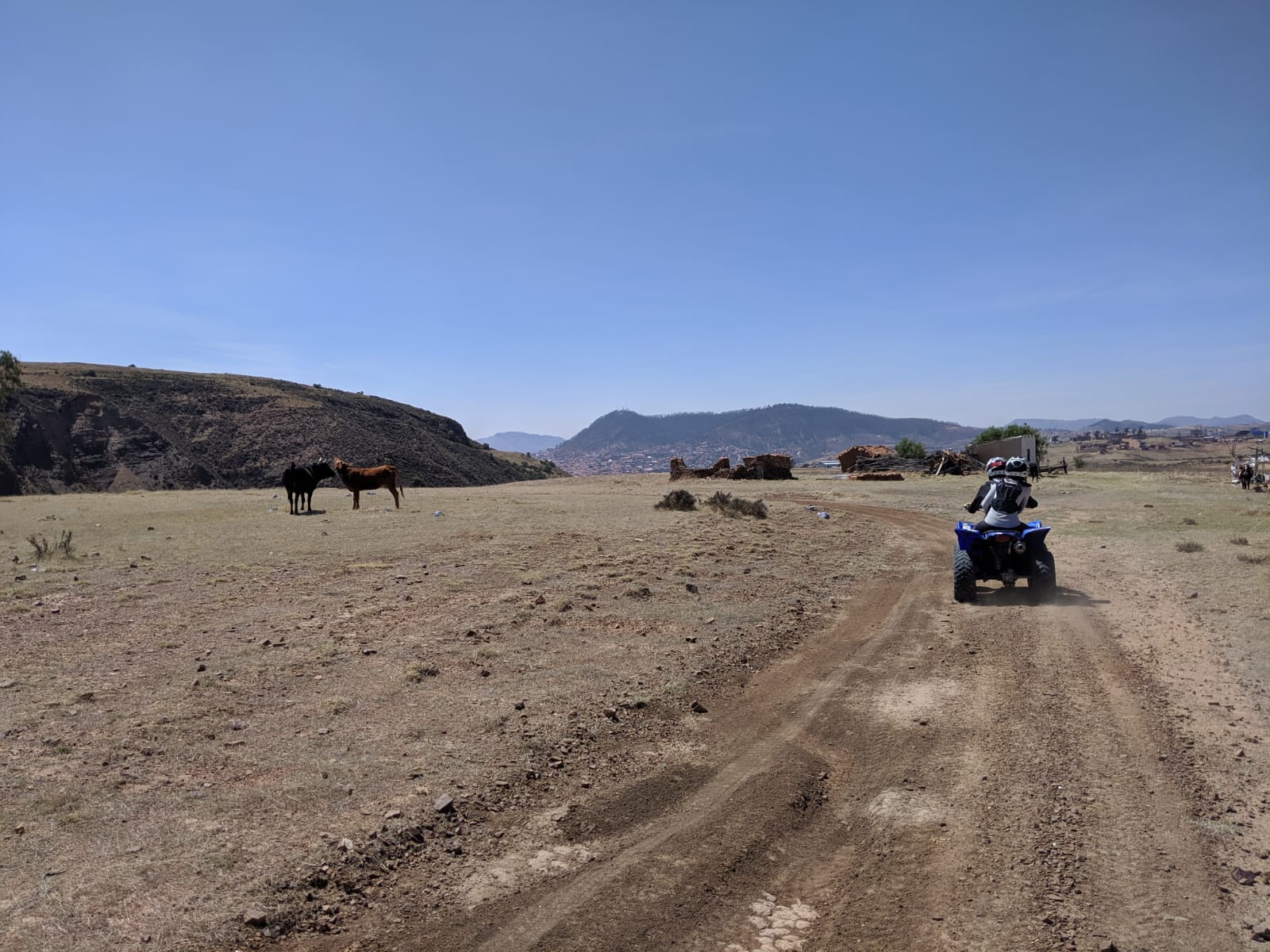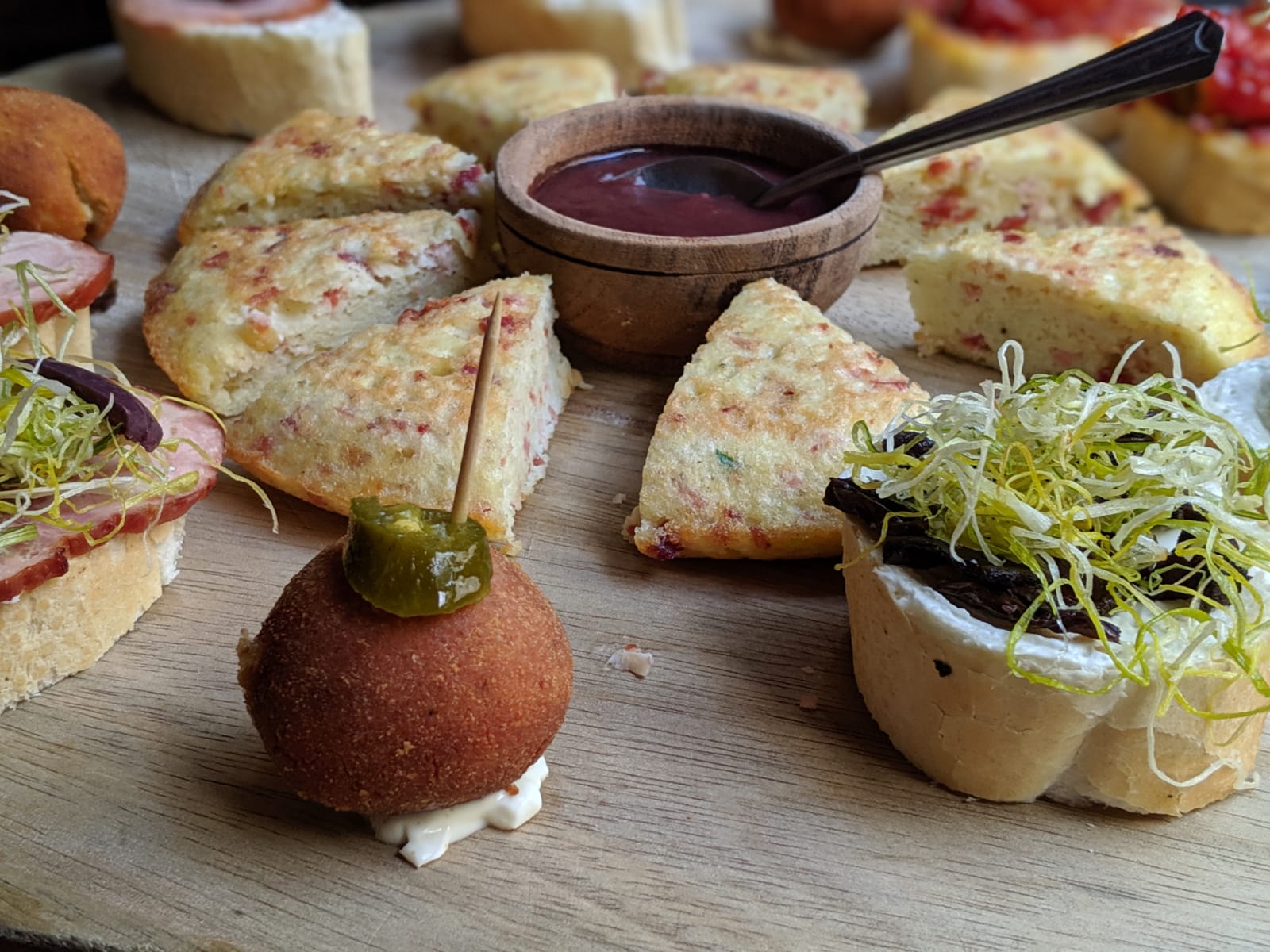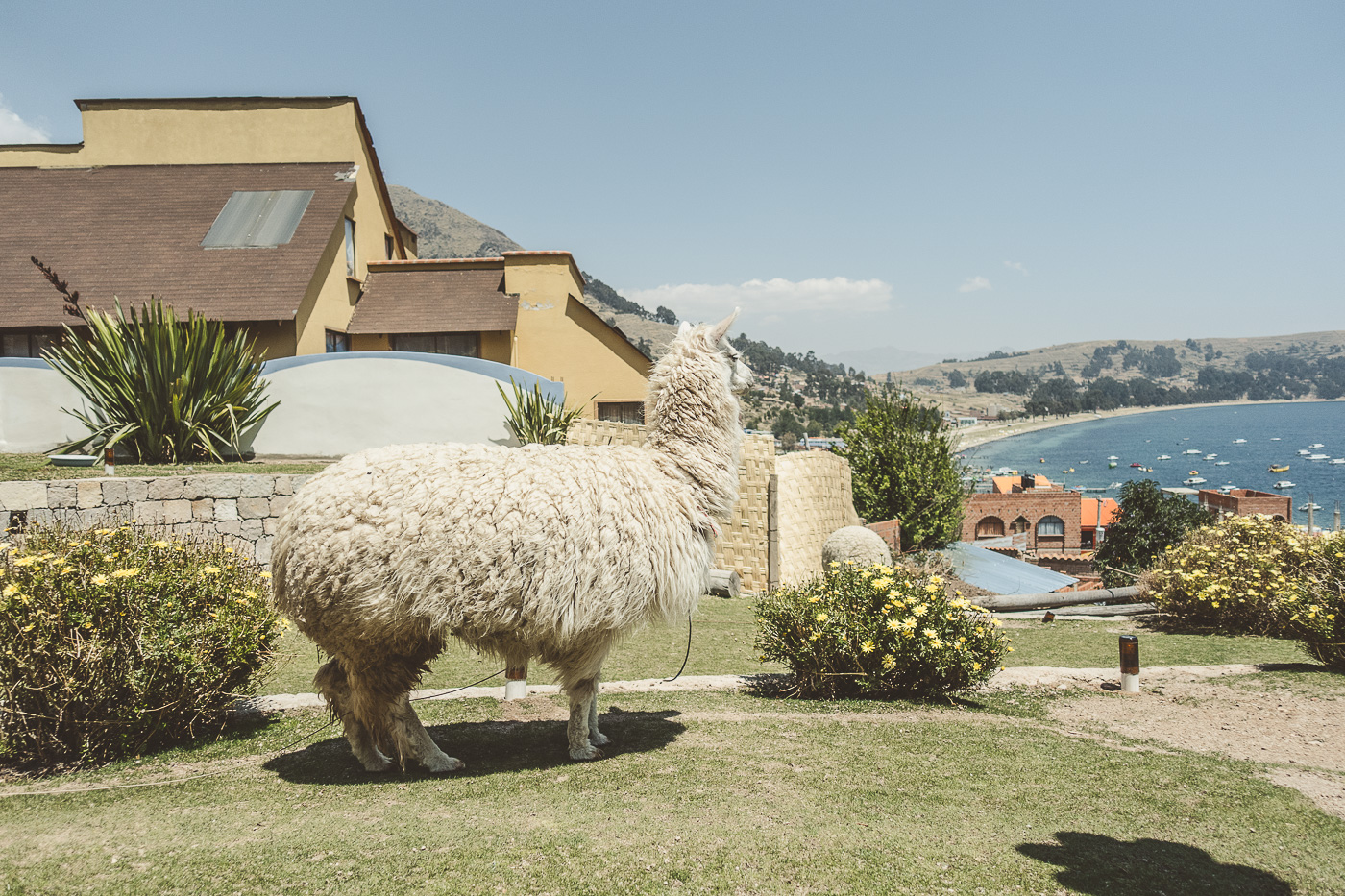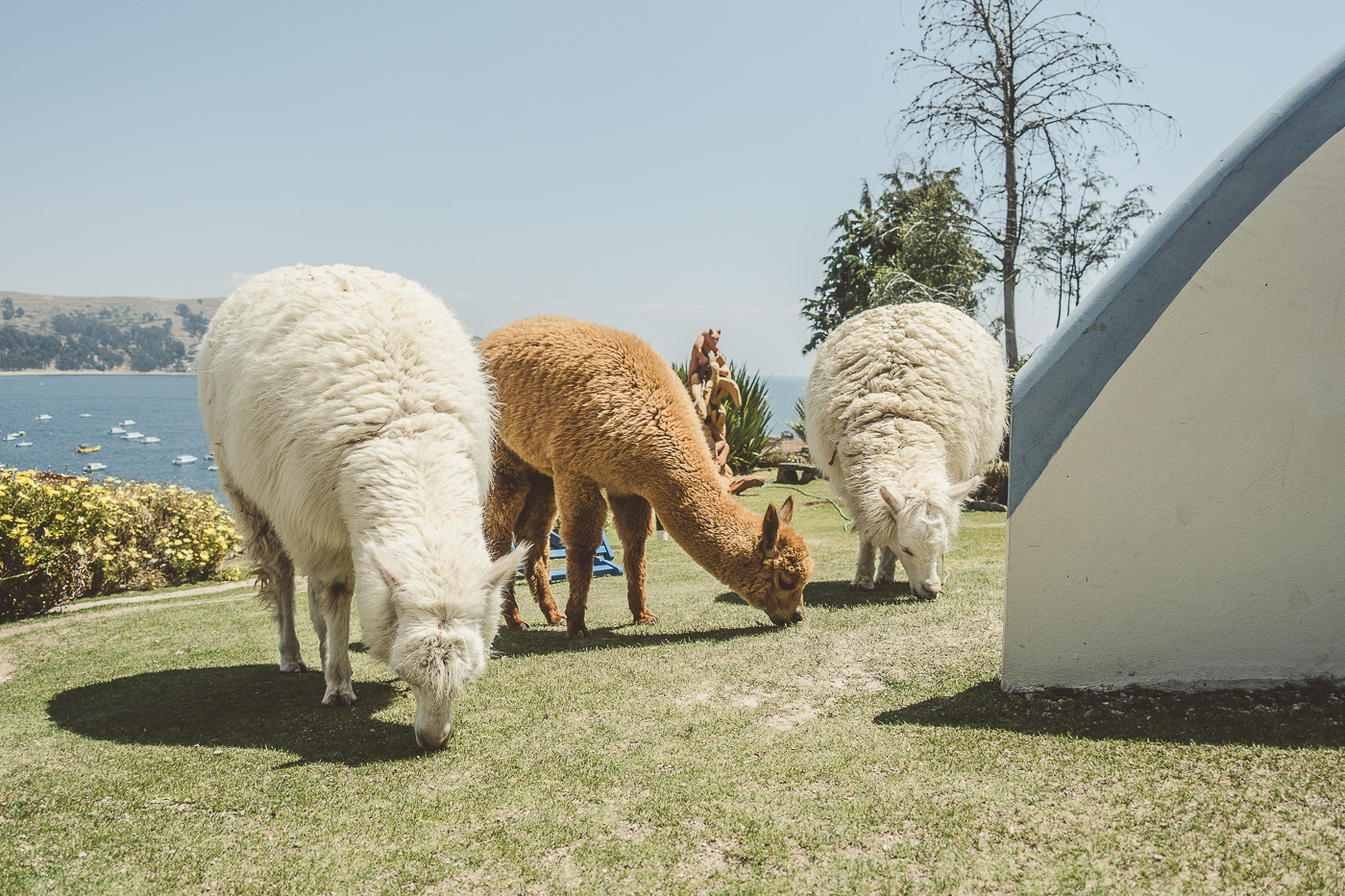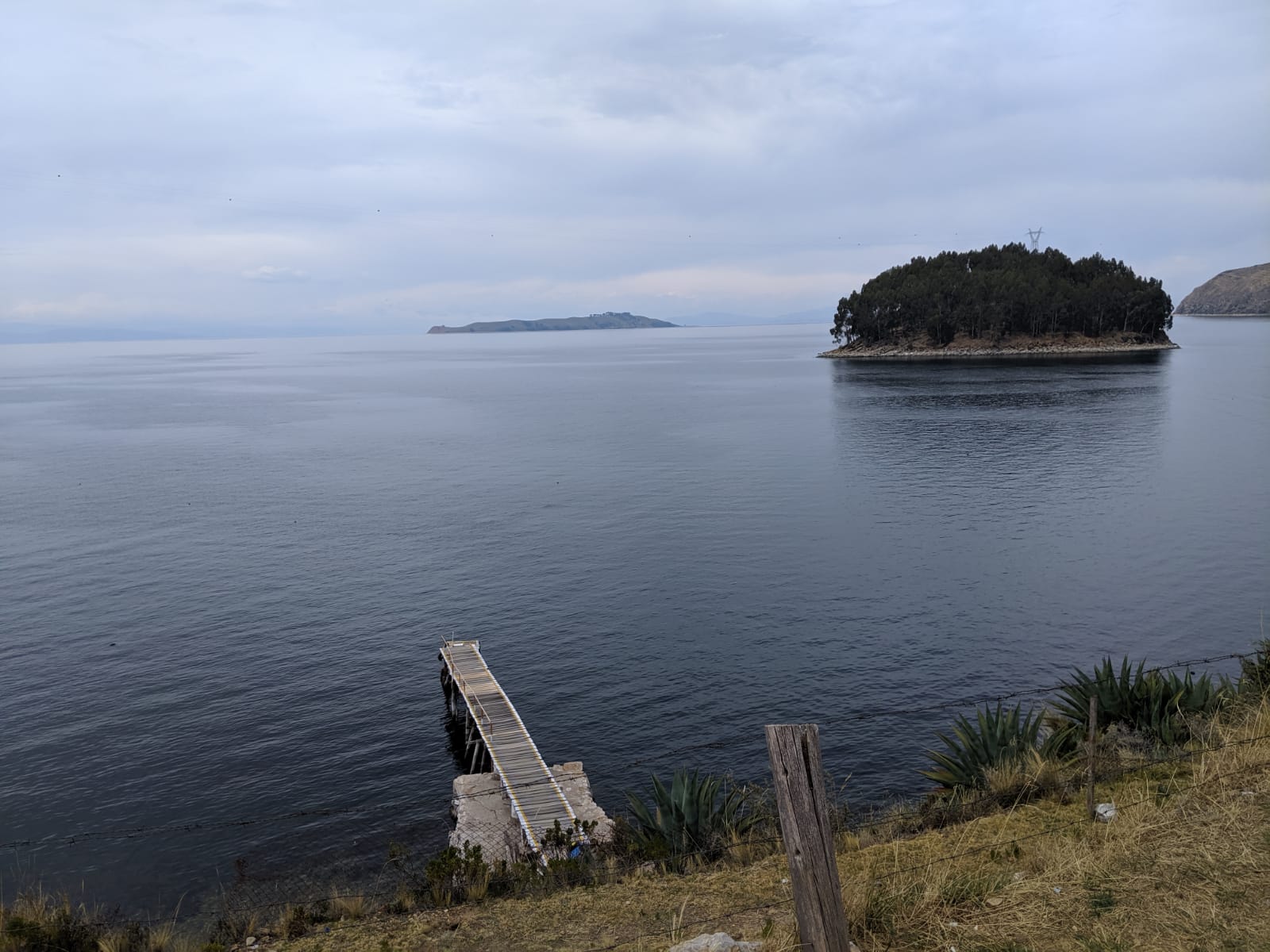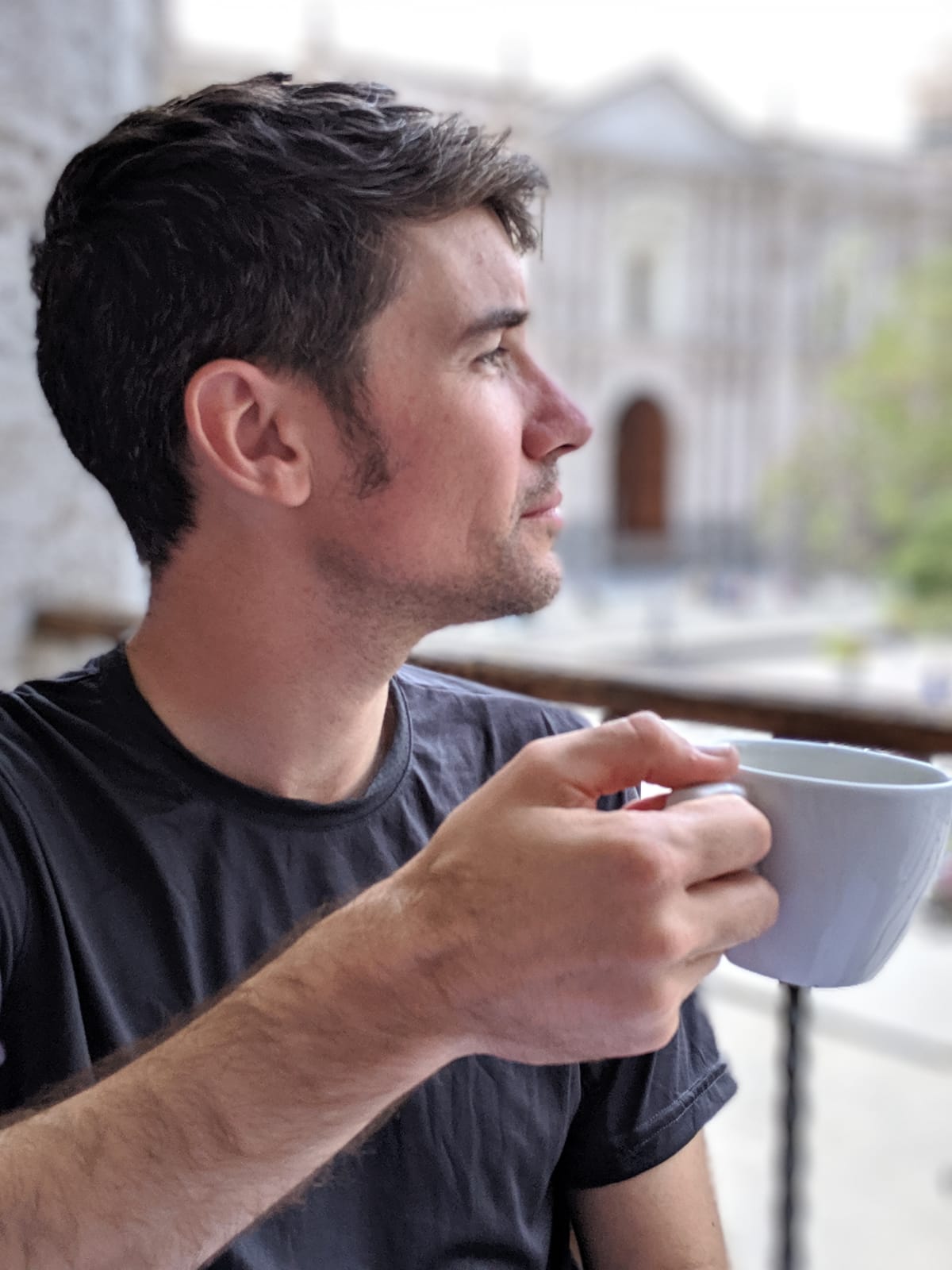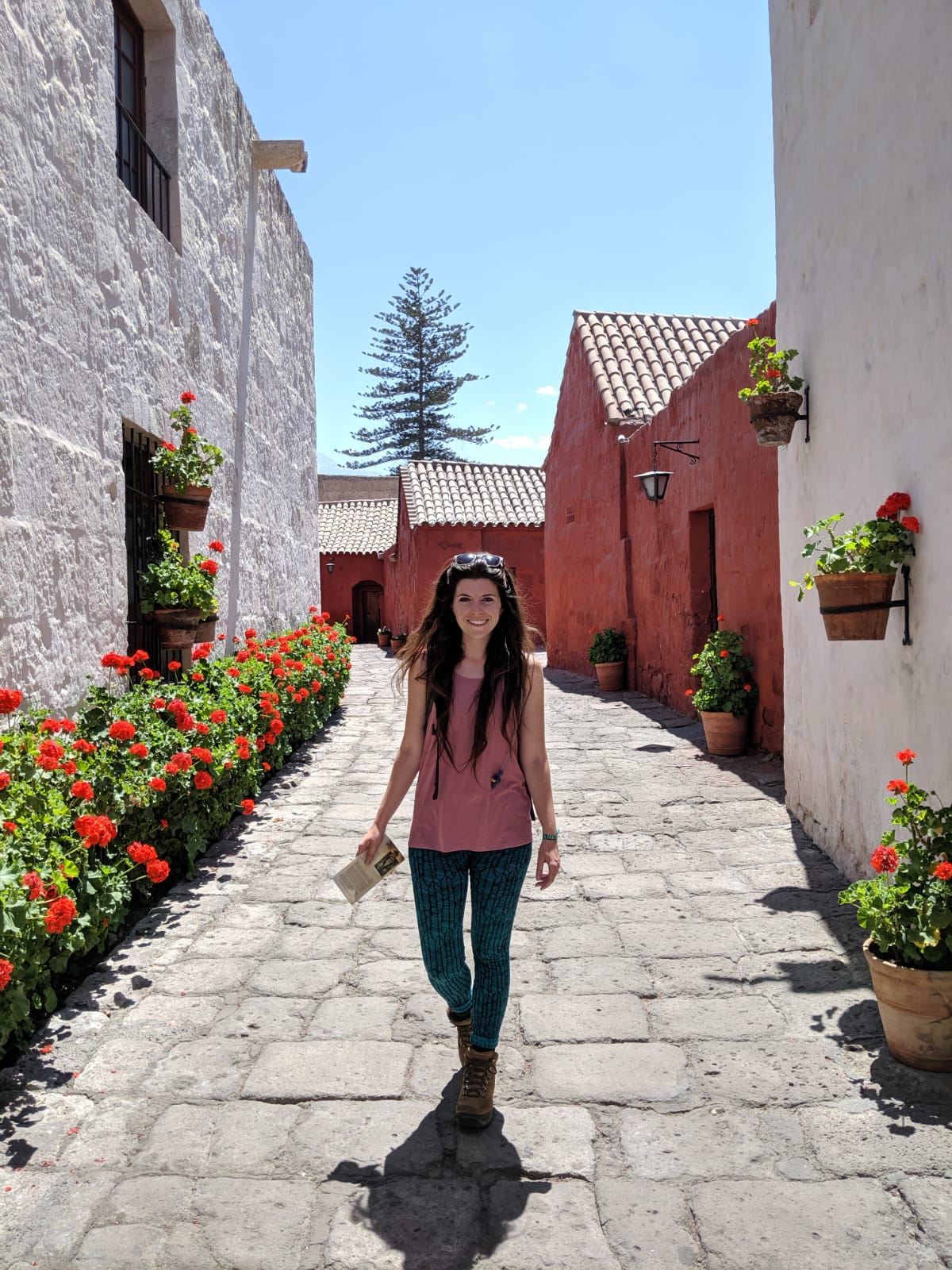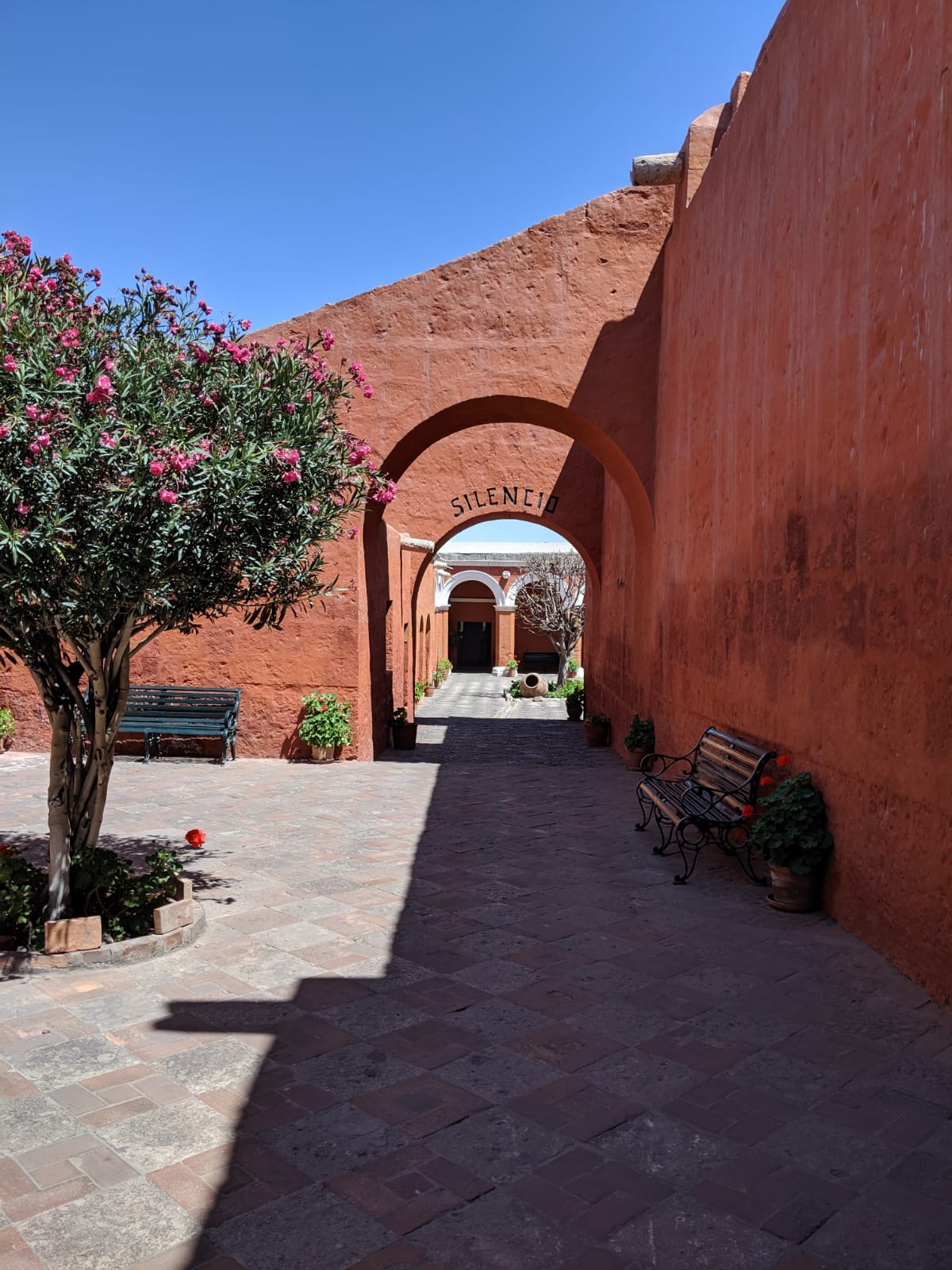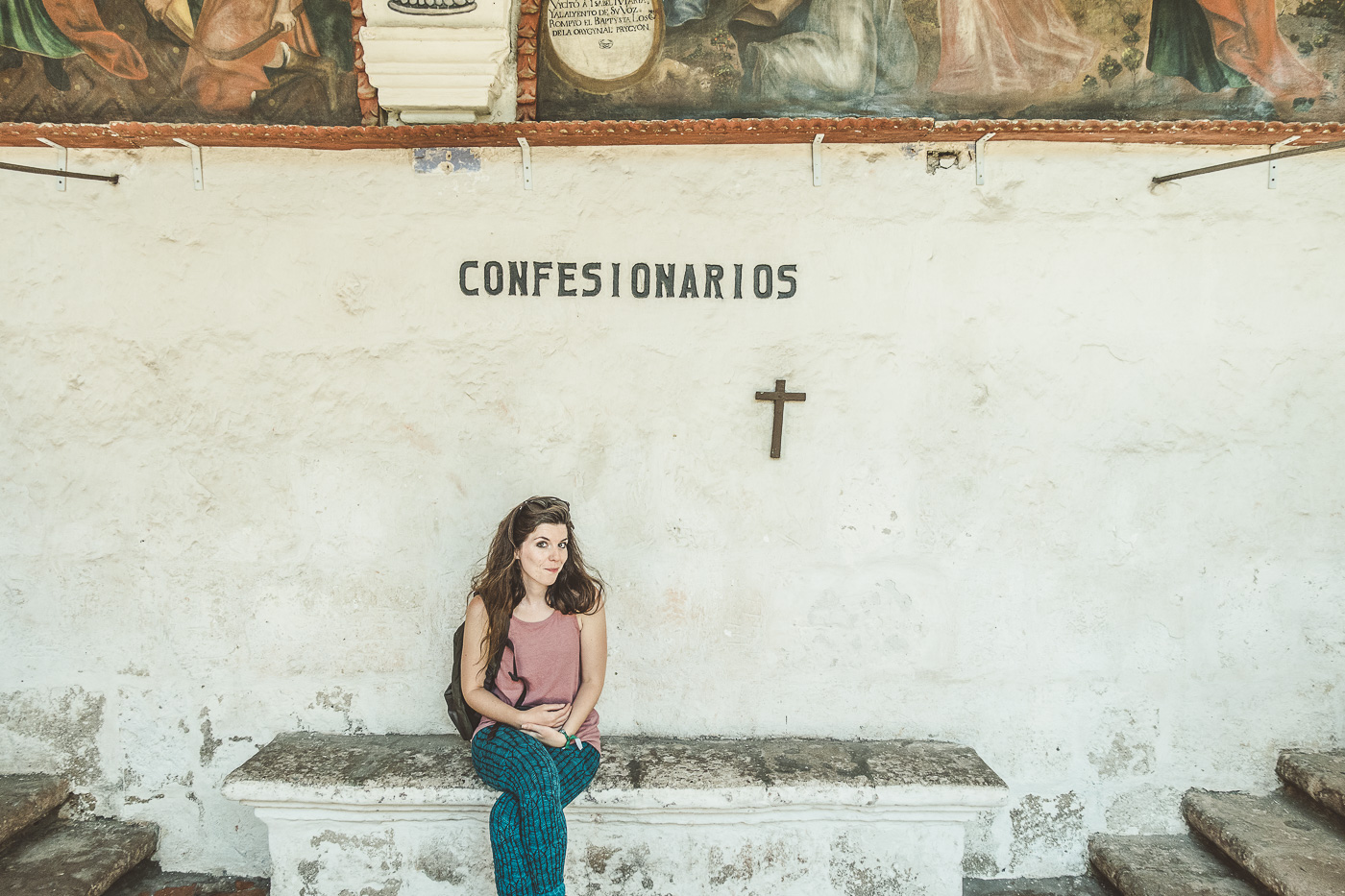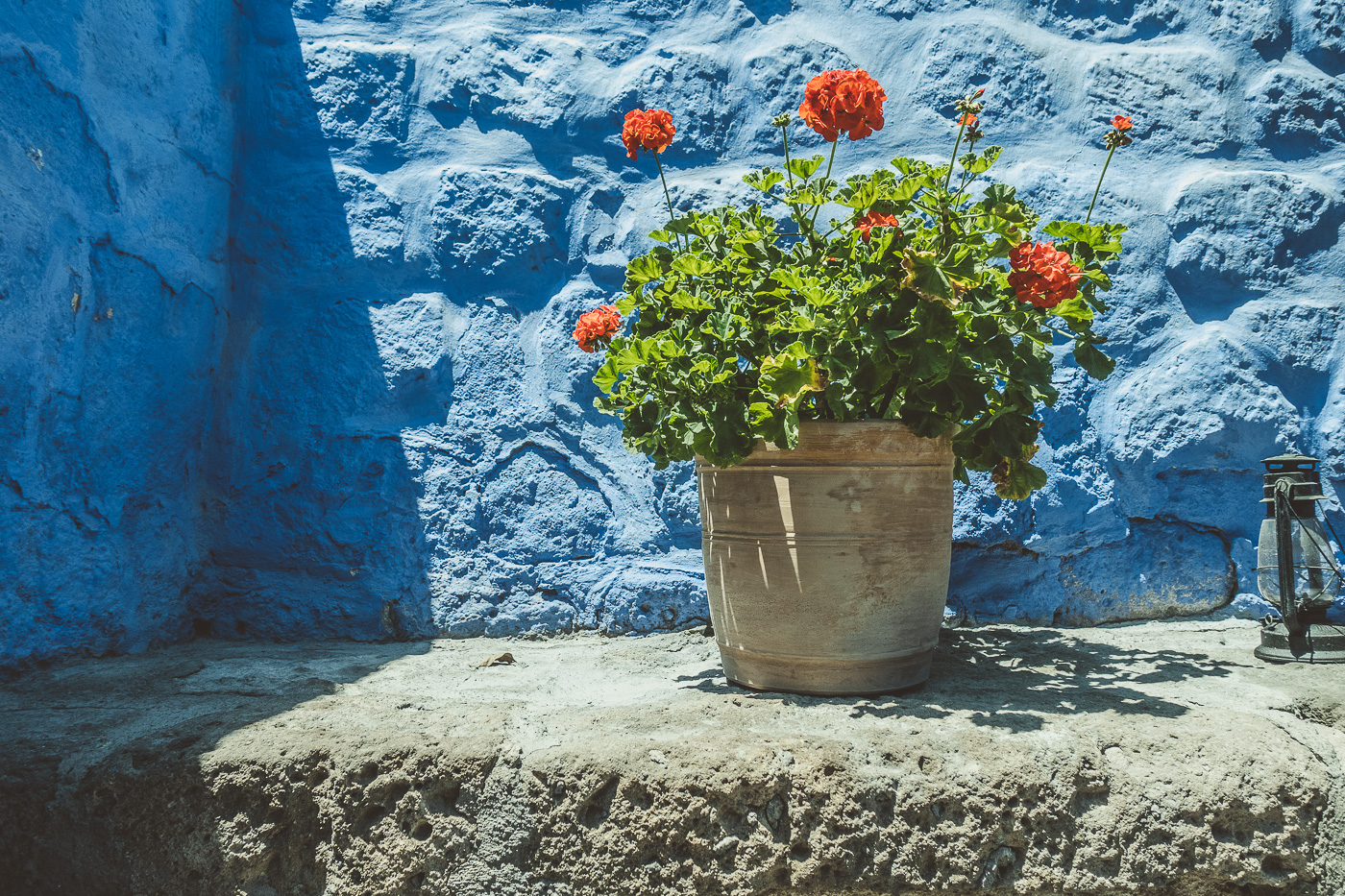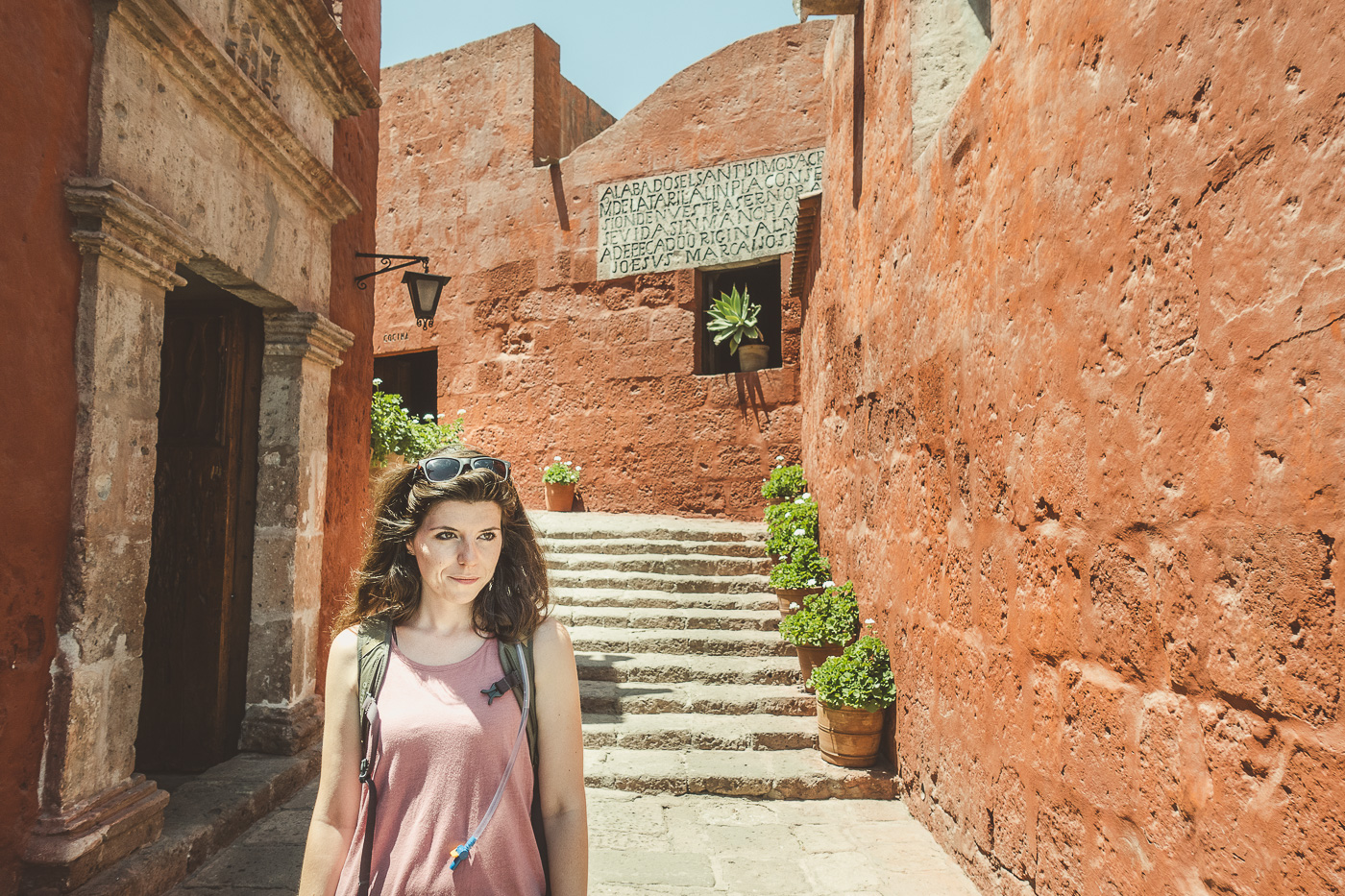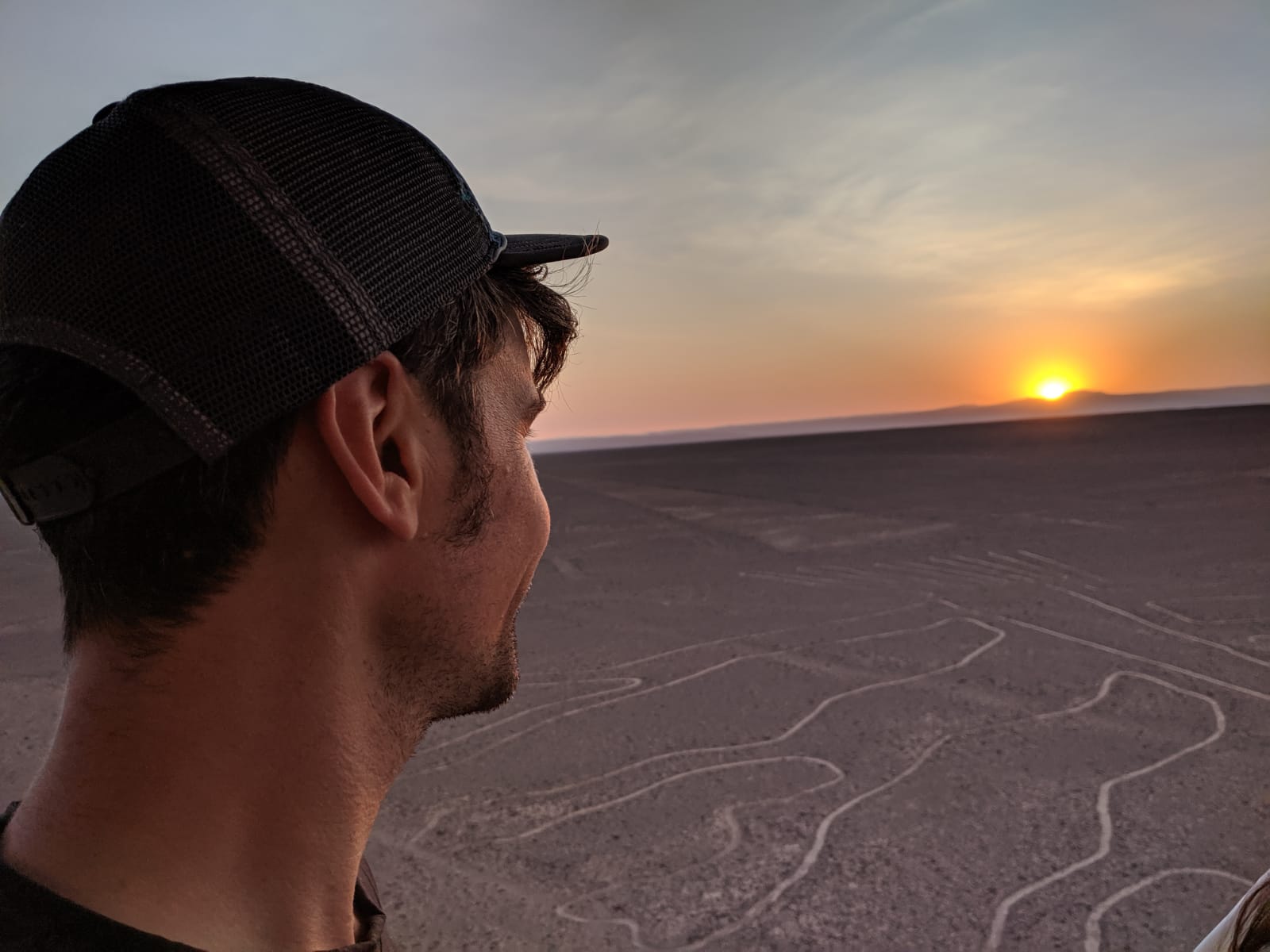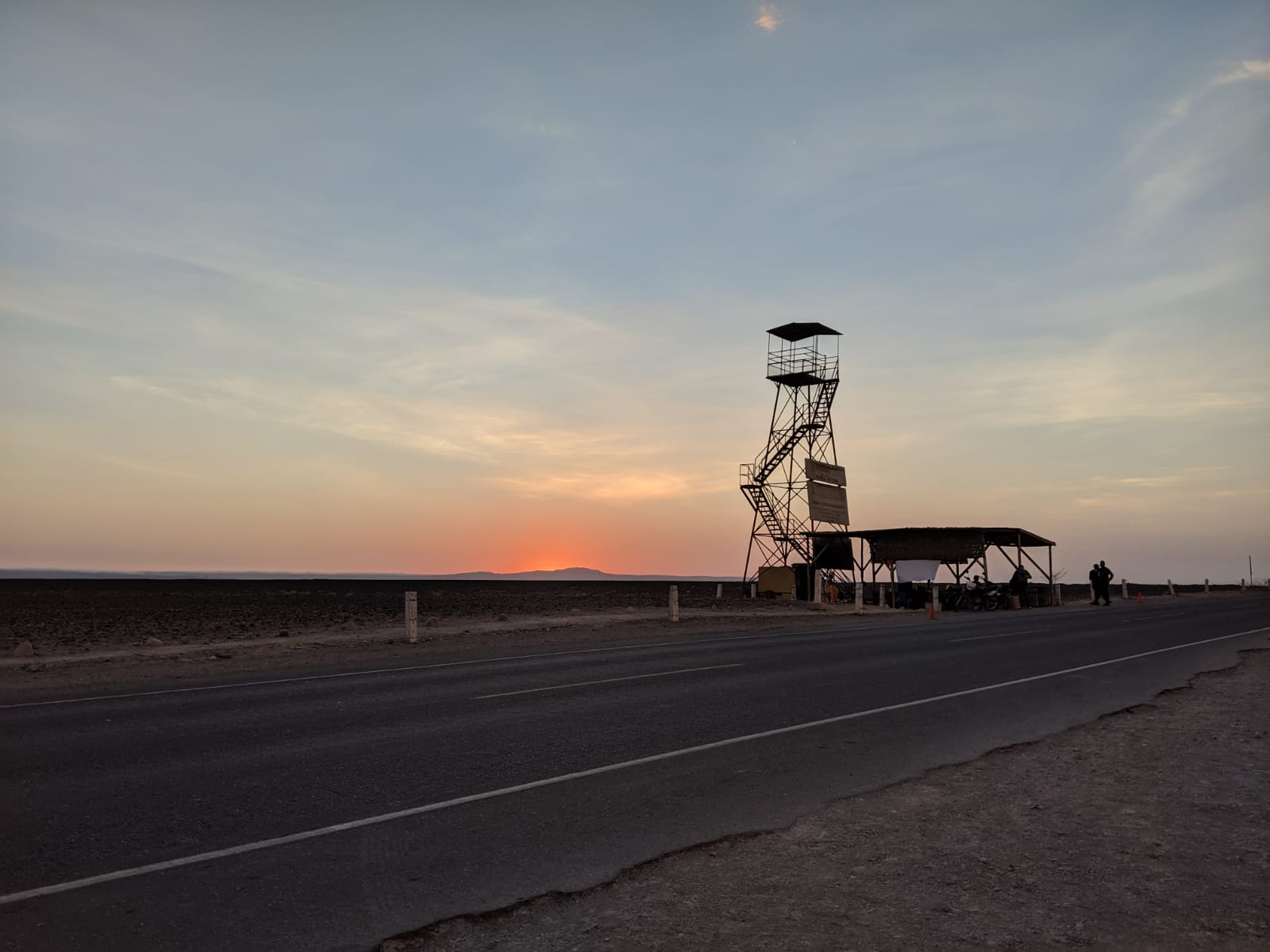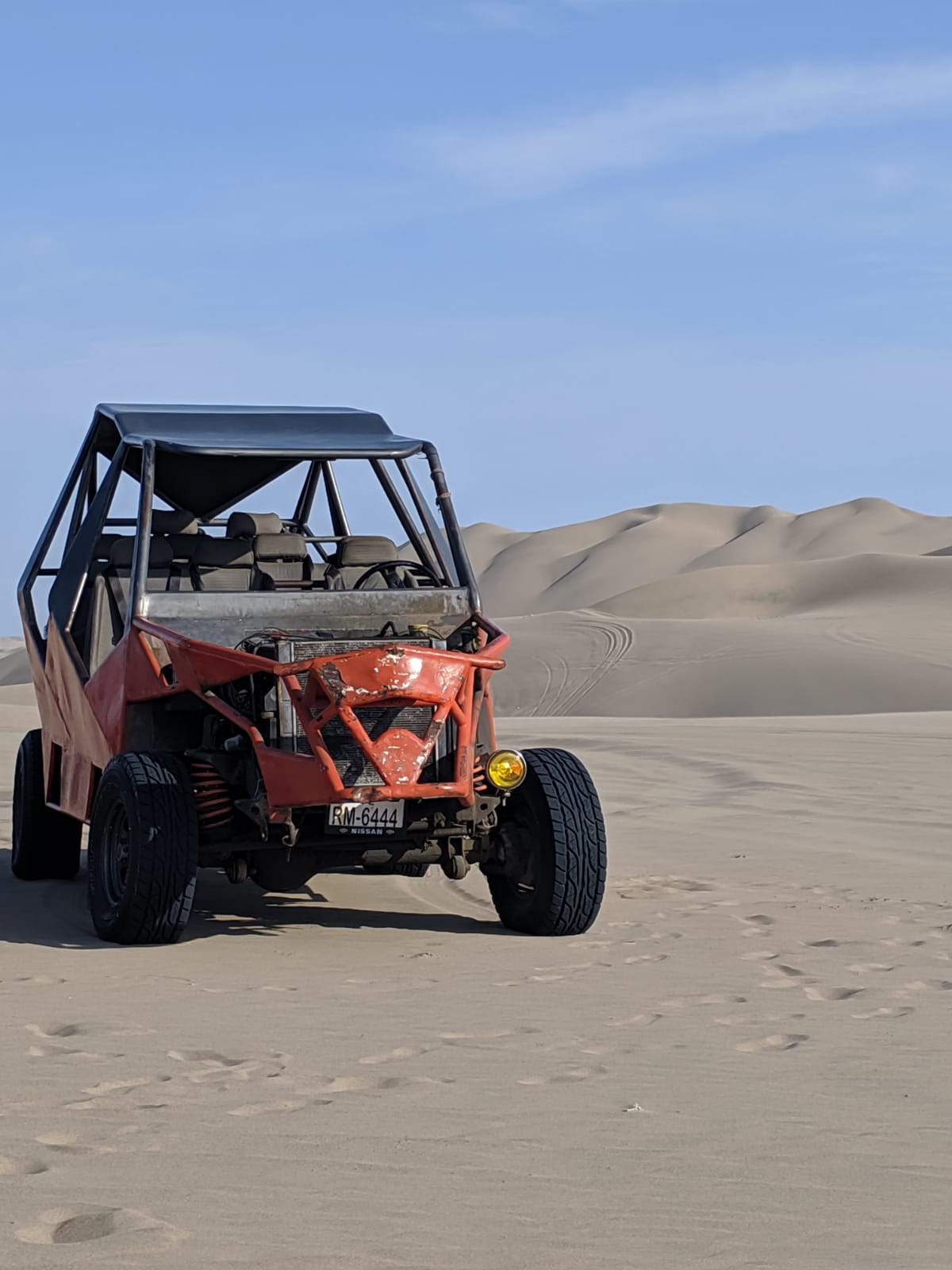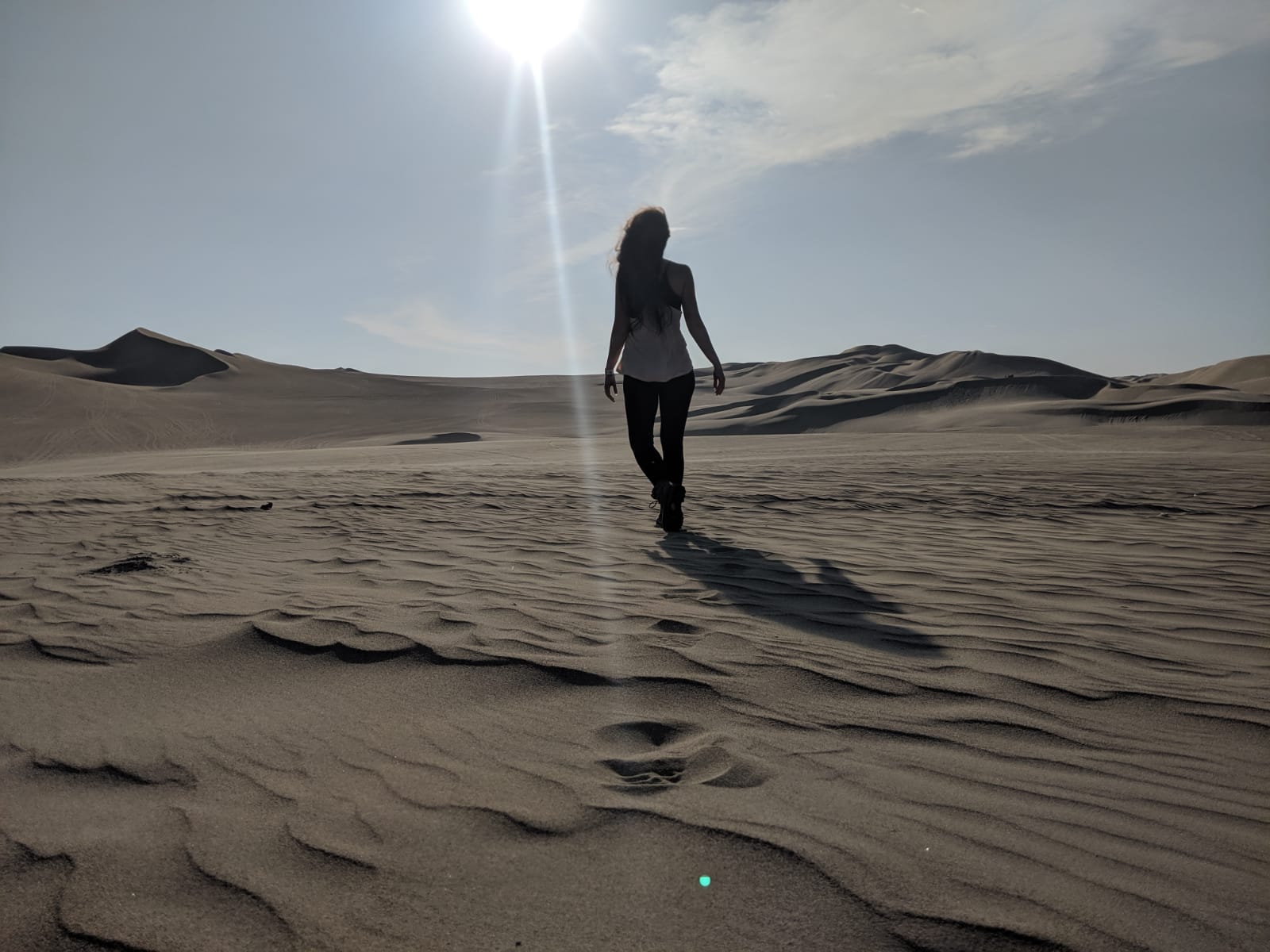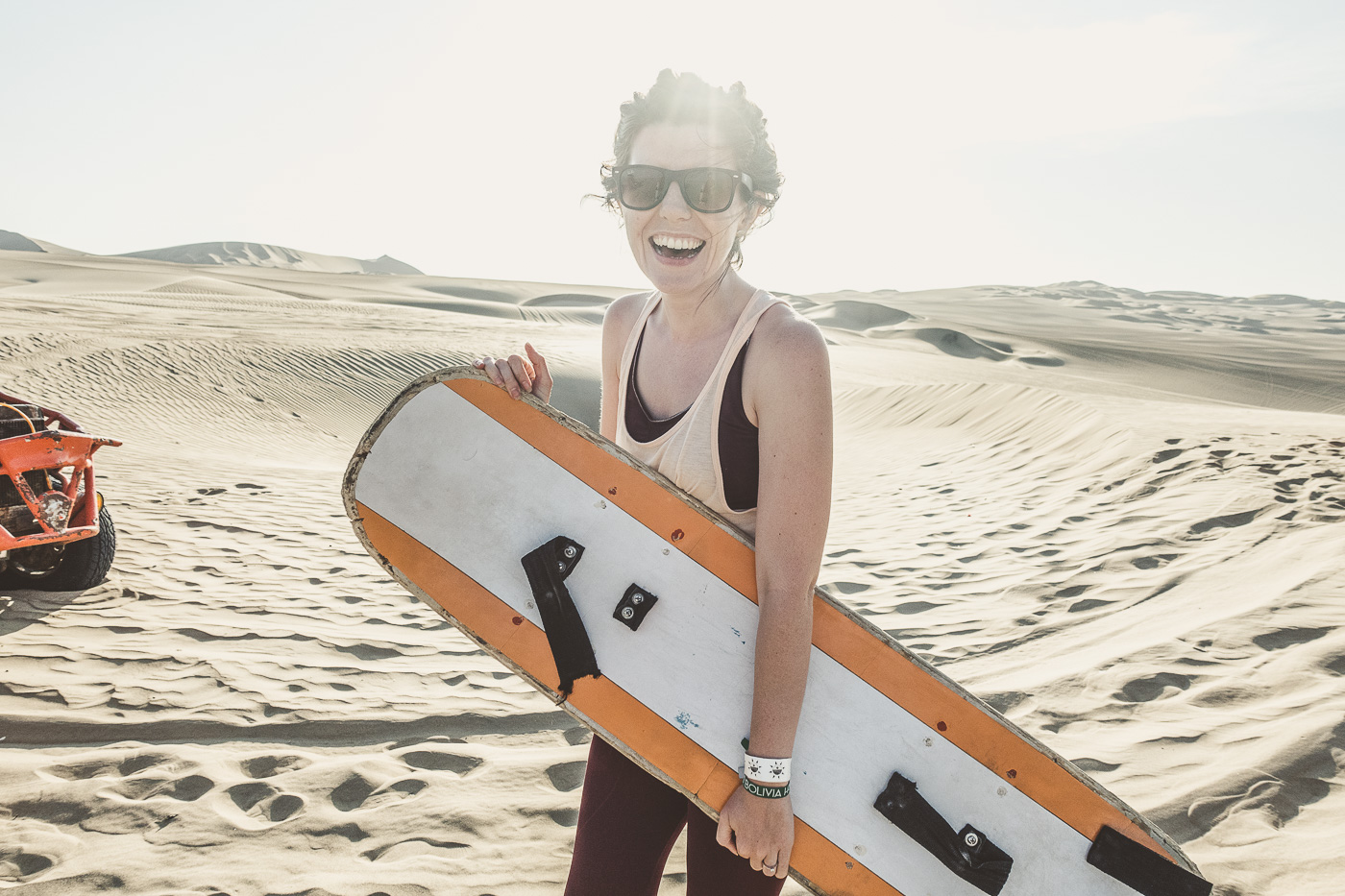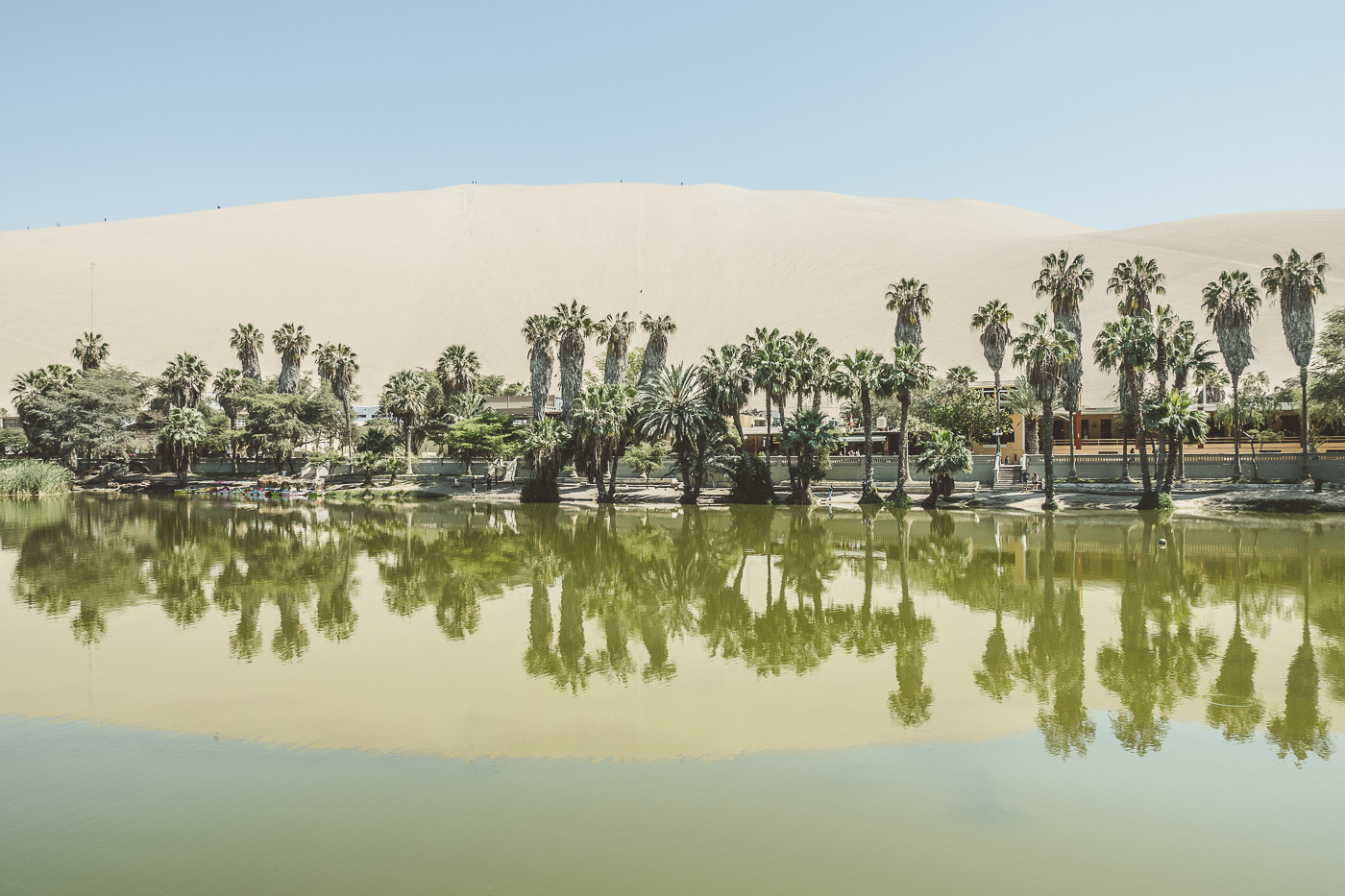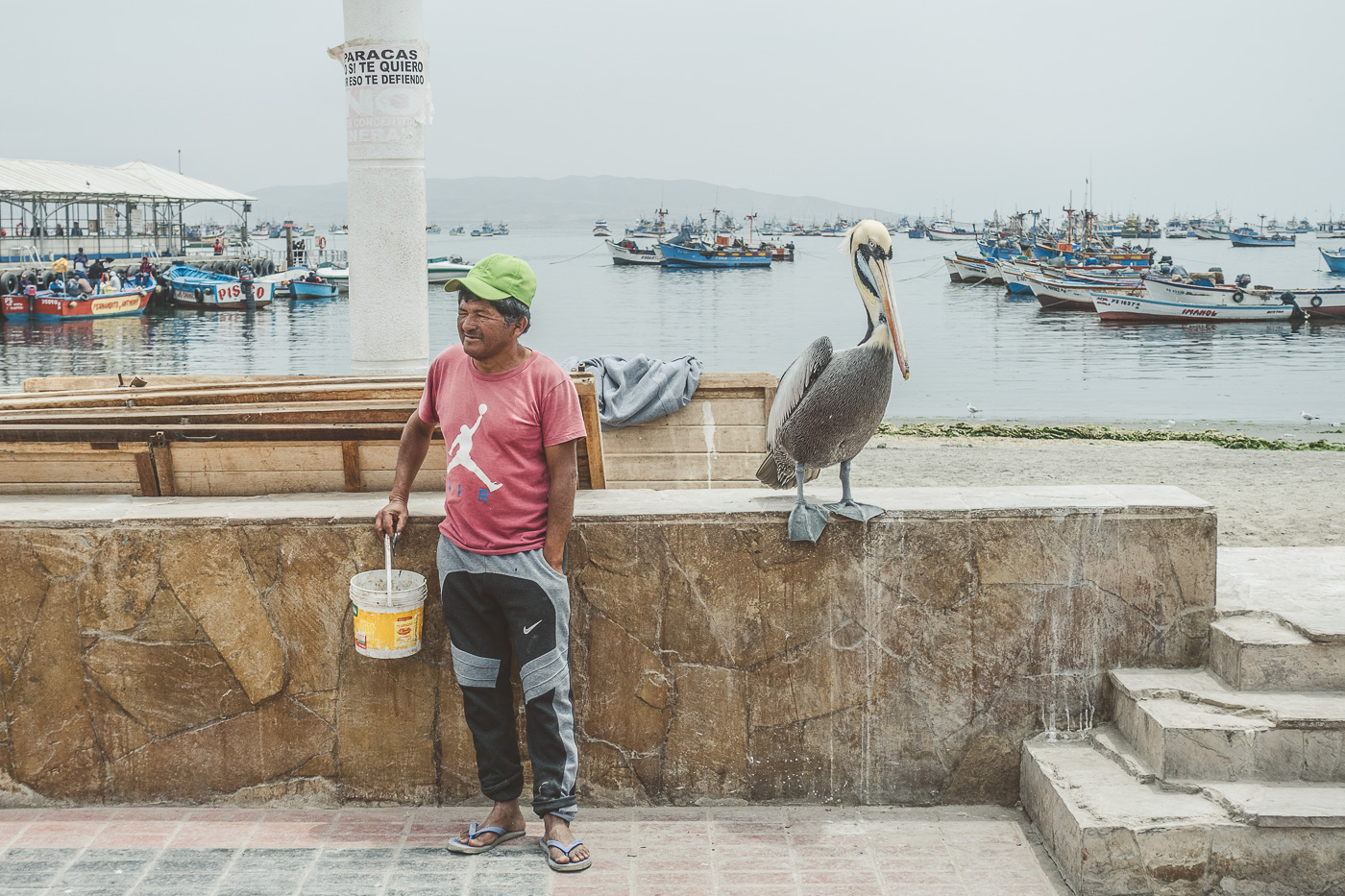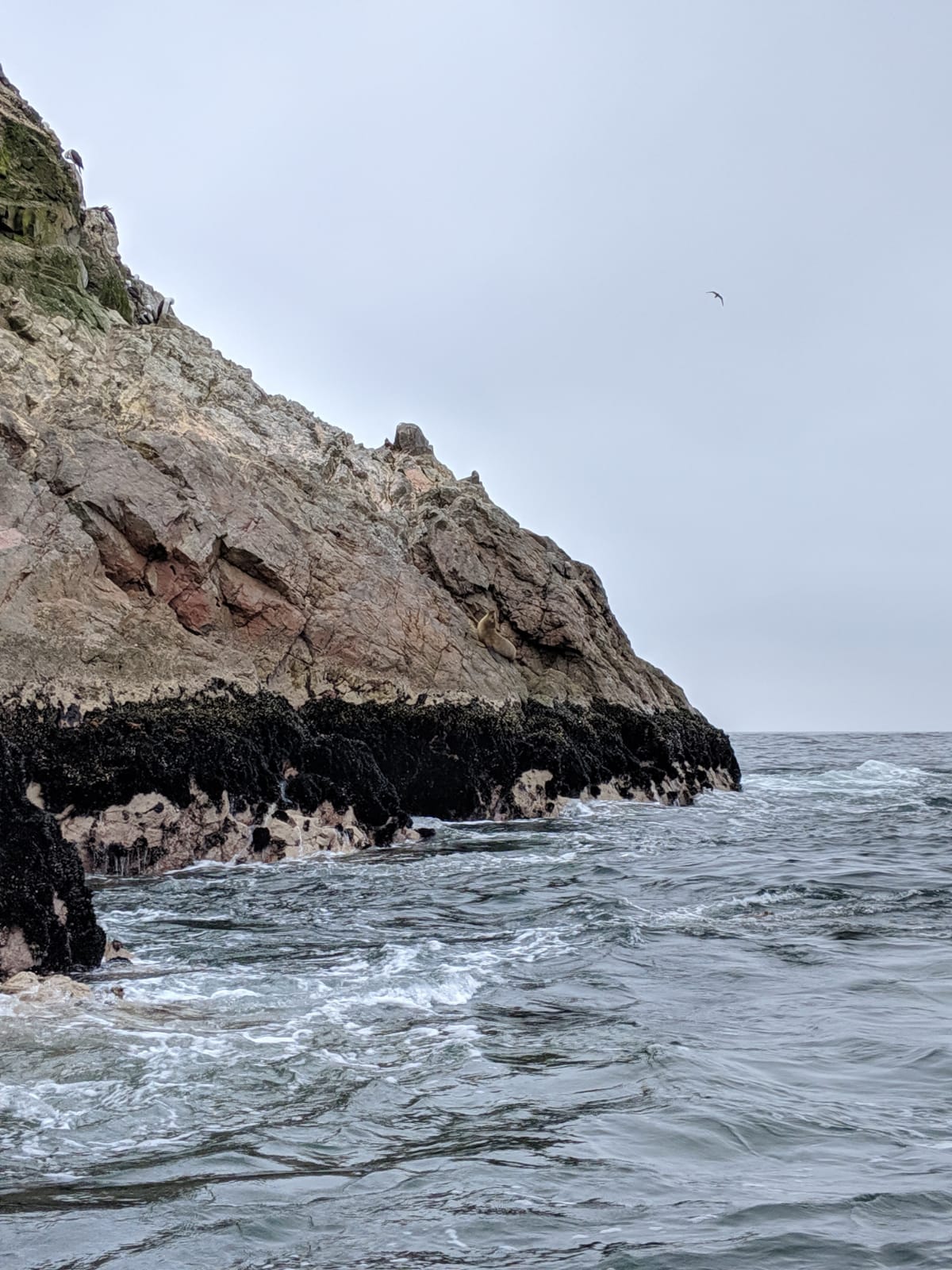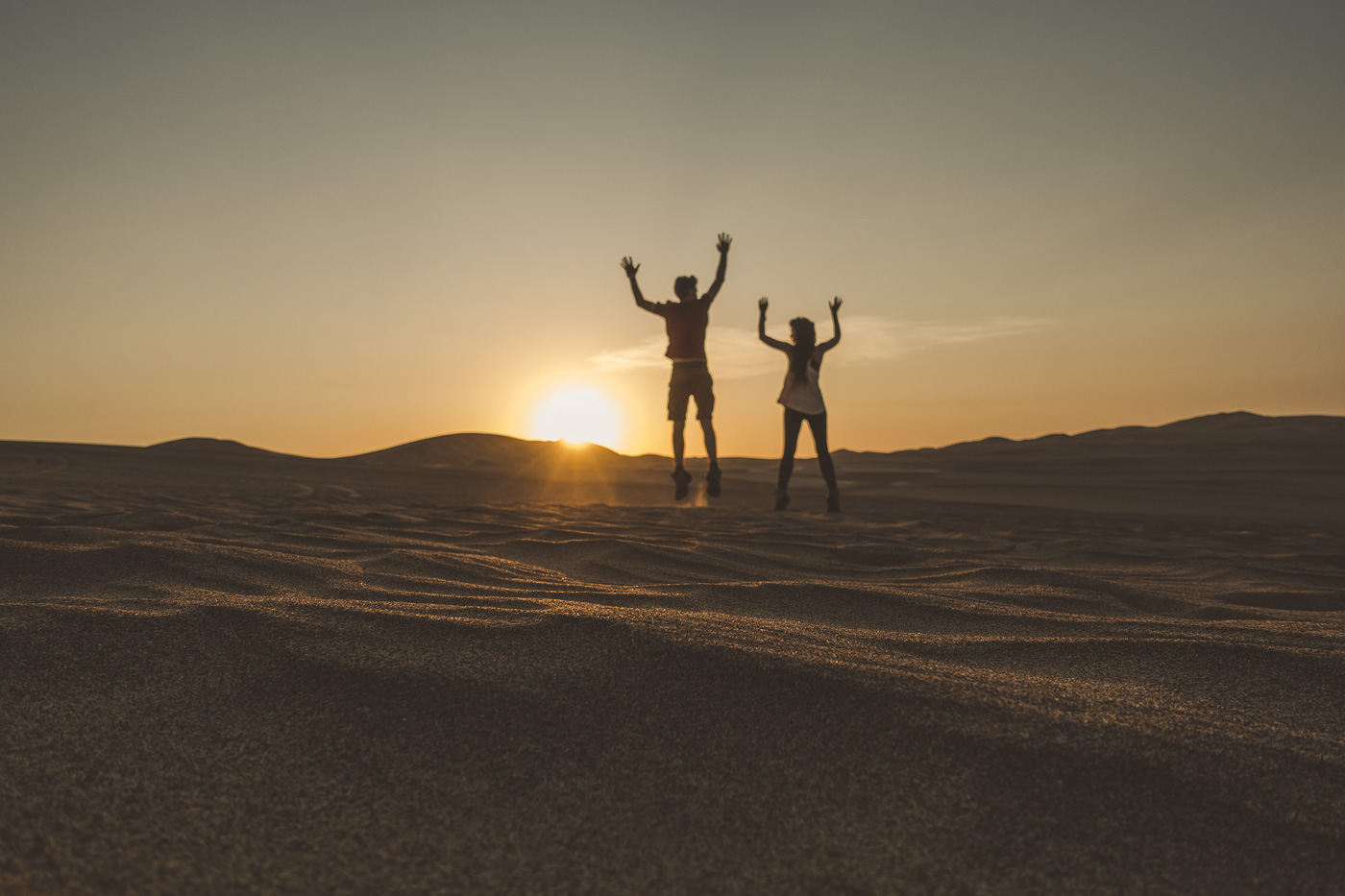Our trip of a lifetime: Peru and Bolivia
South America was once a place I only ever associated with the deep dark jungle, creepy crawlies, and the Amazon river. I knew nothing about it, just that it was somewhere that often popped up on wildlife programs from time to time. After returning from a 3 week trip across Peru and Bolivia, I know now I completely underestimated the continent’s rich history, the majestic landscapes, the openness of the people, the variety of delicious foods and fruits, the poverty, the incredibly diverse way people live and travel, and so much more.
Why did we visit Peru & Bolivia?
A few years ago, Neil travelled around Peru for a month while I was in North America.
He fell in love with the country and ever since always wanted to take me there to show me how special it is.
Shortly before we booked this trip we knew we wanted to take an extended break somewhere following the stress of our house renovation, but didn't really know where.
Initially, Bali and Lombok were on the table, but after doing some research it felt a bit too touristy for us.
We knew we wanted to visit a developing country to experience a very different culture, plus affordability, and when the idea for South America came back up we knew it was right.
Our itinerary
We flew from London Heathrow to Cusco, Peru (with a connecting flight in Bogota, Columbia). Cusco sits high in the Andes mountains, some 4399m above sea level. To put this into perspective, the average ski resort is closer to 2500m high, so Cusco comes with a warning to all travellers to take care and recognise altitude sickness symptoms and treat accordingly.
First stop, Cusco, Peru
Cusco is the city many tourists base themselves before visiting Machu Picchu. It's where many of the leading trek and tour operators start and end from, and it is a charming, small city in its own right. My favourite of all the places we went, in fact.
A lot of people advise arriving in Cusco a few days before trekking to Machu Picchu to acclimatise to the altitude. Luckily we had no trouble (at least not for this leg of the journey) but exploring the city was quite literally, and poetically, breathtaking.
Of all the places on our itinerary, Cusco is the one I would go back to again and again. The food was delicious, the people so welcoming, and every corner you turn is a view of either the colourful buildings lining the mountain, or a cute, cobbled vista.
From Cusco, we trekked to Machu Picchu
You simply can't travel to Peru without visiting Machu Picchu, the ancient Incan ruins that still remain a mystery to how they were built high on the mountainside.
It was a dream of mine to visit. I never thought I'd get the opportunity to actually do it.
Whatever your health and fitness there is a way for you to get to the top, whether that's by bus, part walking, part train, or by doing a life-changing trek, like we did.
Neil and I embarked on a 3 day trek across the Salkantay Pass, a mountain close to Machu Picchu where its summit reaches 4599m high. We booked with a tour company called Machu Picchu Reservations after reading this review by Brown Eyed Flower Child and it was the highlight of our whole trip in South America.
The trek was a huge challenge mentally and physically but worth every step. We even witnessed an avalanche as we reached the summit. How about that for timing?
Then we flew to Rurrenabaque, Bolivia
Have you ever been to a remote part of the world where nobody speaks English, you can't speak the local language, and you are the only westerners?
Rurrenabaque was that.
Being the dry season/winter in Bolivia, Rurrenabaque was definitely quieter on the tourist front, but it was the most remote place I’ve ever been.
We flew from Cusco via La Paz on the tiniest Amazonas plane to the tiniest airport I've ever witnessed – basically a house. Forget security, no passport control, this place had a bus stop vibe with everything written down on the back of a napkin.
In fact, lack of care on health and safety came to be a common feature in South America…
Activities we found ourselves doing throughout our trip, like Anaconda hunting, Pirhana fishing, climbing high altitude mountains with no helicopter rescue if anything sinister was to happen, sheer drops as you walk up to take a seat in a rooftop bar that makes you question... ‘is this even safe?’ It was the sort of stuff that would never get sign off in the UK.
In one way, every day was a terrifying 'what if' adventure that should have crippled my anxiety. But actually, in another sense, it got me thinking, is the UK a little too wrapped up in cotton wool? Living on the edge a little makes you realise... Nothing that bad is likely to happen. And if it did, it's rare.
For that reason, my anxiety actually lessened as the weeks went on.
After 1 night in Rurrenabaque, it was on to the jungle…
From Rurrenabaque we went on a 3 day jungle adventure. We booked with a company called Mashaquipe, known for their care for wildlife and being a community run luxury ecocamp.
The camp was about a 3 hour drive into the jungle and was run by locals – people born and raised in the jungle in tune with wildlife (and where to spot them!).
From start to finish the experience was exceptional. One I’ll never forget.
We travelled with an Austrian couple and our local guide, and sailed the banks of the Yacuma river, a tributary off the Amazon, in the humid 45 degree jungle heat.
I was bat shit scared most days... Black Cayman (crocodiles to you and I) coasted next to us, within inches of our legs, should they get hungry…
There were bats and frogs in our room (which, side note, was total luxury aside from our new friends), and very questionable bugs, but the beauty all around us was astounding.
I commented that it felt like we were part of the film crew for the next David Attenborough series. It really did.
Also… we might have made friends with these wild squirrel monkeys. Gorgeous little things.
After the jungle, we flew to La Paz, Bolivia
Those 3 days in the jungle went so fast.
We traded howler monkeys for Bolivia's highest and busiest city, La Paz and it was a culture shock.
Neil and I aren't huge city lovers, so we knew our stay exploring La Paz wouldn't be a top highlight, especially after reading that 'La Paz is like marmite, you either love it or you hate it'.
Well, we didn't get on with it at all.
In fact, we booked a flight out to Sucre the next day to get away.
What struck us was the fumes from cars. Bolivia is renowned for the poor quality but very cheap diesel, and it has polluted the city. With oxygen low down to the altitude anyway, you wonder how the locals cope with such pollution. The streets and paths are so poorly maintained you have to really watch your step everywhere you go. That said, we caught some great markets and had some delicious food while we were there. Bolivia is cheap to eat out, so so cheap.
The thing about La Paz is that it's a gateway city. Its location and developed flight paths make it more of a transient place to stay if you need an overnight rest before going on to another location or tour. So we found ourselves back here after Sucre…
Sucre, Bolivia
We were so glad to leave La Paz for the respite of Sucre. What a difference.
Sucre is the capital city of Bolivia but much less densely populated and a lot prettier than La Paz. It had a real Spanish feel to it owing to the history of Latin American cities and the Spanish conquest. The pristine white buildings and cleaner living with better sanitation made it feel more welcoming to tourists. And sitting lower in the Andes, it's also a much-needed respite from altitude sickness if it’s a concern.
We had a lovely time here, staying in a really arty hostel with a private room and hot shower (hallelujah!). We even managed to book onto a quad biking tour through the Andes mountains and got a glimpse of the city from up high.
It was amazing to be driving on the dodgy, bumpy dirt roads, past buses that were taking locals to various destinations (God knows how they drive on these roads every day)! We even spotted a woman weaving under a tree near her home which is mind blowing to see. It’s such an intricate craft.
The food was pretty average in Sucre, bar 1 or 2 high rated places we found with delicious tapas, but so cheap, and even cheaper than Peru for just about everything.
Then, our original plan was to travel to the Uyuni Salt Flats, but…
We originally planned to take a bus to Potosi and then on to Uyuni, home of the world famous Bolivian Salt Flats, but it wasn't meant to be.
Up until this point on our trip we'd been keeping an eye on the news and talking to other travellers about the protests happening in Bolivia, where roads were being blocked for days.
It had caused some Uyuni tours to be suspended or diverted in many cases.
With only 1 week left of our trip, we feared that we'd get a tour cancellation, or that we’d get caught in a diversion and didn't want to be sat on a bus for the rest of our holiday. So we switched our whole itinerary right at the last minute and decided to go back to see more of Peru as we loved it far more than Bolivia.
It was stressful changing our international flights home from Lima instead of La Paz as we were hit with a hefty fee, but we got over it and don’t regret it one bit.
It was so freeing to be able to put a pin on the map and go! I imagine long-term travellers must get such a buzz from the freedom they have changing their itineraries at the drop of a hat like this.
On our way back to Peru, we stopped at Copacabana, Bolivia
Another big landmark in Bolivia is Lake Titicaca, the highest navigable lake in the world. It crosses through Bolivia and Peru and there are various cities surrounding the lake to view it from.
We caught a flight back from Sucre to La Paz, and then a bus to Copacabana to visit the town and lake in all its glory.
Copacabana was sweet. It felt like a seaside town and had the most colourful buildings. The views from our hostel were insane. I’ll never forget the sunset we saw over Lake Titicaca, it was quite something.
Copacabana is approx 3,800m above sea level, and as our ascent wasn’t gradual (we were on a fast, windy bus going up the mountain), I had an episode of altitude sickness that had me in bed for most of our time there. Muscle aches, shortness of breath, headache, and a serious case of Bolivia belly! I can laugh at it now but it was pretty nasty, and by this point I was well and truly done with Bolivia.
Neil was amazing to travel with. He was out and about in pharmacies trying to speak Spanish to get some medication for me – and bumped into some doctors in our hostel (what are the chances!) who gave me sorojchi pills to take the fever and aches down. They really helped me get back on my feet as they treat altitude sickness in travellers – so thank you Neil and the French doctors who helped me!
Arequipa, Peru
On the last legs of my altitude sickness I was glad to be heading on an overnight bus with Neil to Arequipa, Peru. It’s far lower in altitude and gave me the chance to catch my breath again.
Just crossing the border from Bolivia to Peru, things started to feel better. The roads were smoother, the sanitation in restaurants far more advanced. If you’re debating Peru vs Bolivia I personally think Peru offers a lot more comfort as well as adventure.
Arequipa is a stunning city circled by 3 volcanoes. The buildings all made from sillar, a white volcanic stone carved intricately by the Incans.
It was a much needed city break, sunny, upbeat and comfortable, and a big highlight for me was visiting the Santa Catalina Monastery in the centre of the city. Photogenic, spiritual, historical, it was a really interesting, creative morning we spent taking photos and videos, getting huge colour inspiration there.
Nazca, Peru
The drive by bus from Arequipa to Nazca was by far the most scenic drive I’ve been on. Seeing the Andes mountains as they turn into the desert, with the Pacific Ocean dropping beneath us wasn’t your usual spin down the M25.
Have you heard of the Nazca lines in Peru? They were discovered in 1926 and are gigantic lines, etched into sand across Nazca’s desert. They’re miraculous. To this day, nobody knows how or why the Incans drew such giant symbols such as the monkey, and the bird on flat areas of sand like this.
En route to Huacachina we stopped in Nazca at a viewing tower to see them from up high. We got there just as the sun set which was magical.
Huacachina, Peru
Just as we thought we couldn’t get more adventurous, we hurtled ourselves down vertical sand dunes, sand boarding.
By this point in the trip, fear wasn’t in my emotional repertoire!
Huacachina is a teeny tiny oasis, slap bang in the middle of the desert. It’s home to many dune buggies, taking tourists on the ride of their lives, 150mph (and the rest!) up and down steep sand dunes, no sign of a traffic system in sight.
It was absolutely hilarious. Neil and I got front row seats and a mouthful of sand.
The whole experience I couldn’t stop laughing, my cheeks hurt.
We belly boarded down some steep slopes and 2 weeks on, I’m still finding sand in my boots!
It was an experience we’ll never forget.
Paracas, Peru
We came to the end of our trip in Paracas, a fishing village on the west coast of Peru renowned for its amazing seafood restaurants and wildlife trips.
We only spent one night here, and it was such a relaxing evening, drinking beers with a delicious seafood risotto, cheersing to our amazing trip, then joining in on the most culturally varied karaoke session we’ve ever been to in our hostel!
In the morning, as we nursed our heavy heads we caught a boat to the Ballestas Islands, a small group of islands off the coast, nicknamed ‘the poor man’s Galapagos’.
It was teeming with wildlife. Sea lions, birds, dolphins. The chilly boat trip and the sea air was just what we needed before our long trip back to the UK.
Our final stop, Lima, Peru
It was so handy that Neil had been to Lima on his previous trip to Peru, so he already knew the city wasn’t really for us. We travelled there from Paracas, simply to fly home, but did manage to catch some more markets to pick up some final souvenirs for our families and our house.
Those 3 weeks, we’ll never forget.
We feel so grateful to have experienced such a beautiful, enchanting, and adventurous part of the world, and highly recommend South America to any readers seeking adventure.
I wonder where our plans will take us next…
Thank you for reading,
Fifi and Neil xoxo






